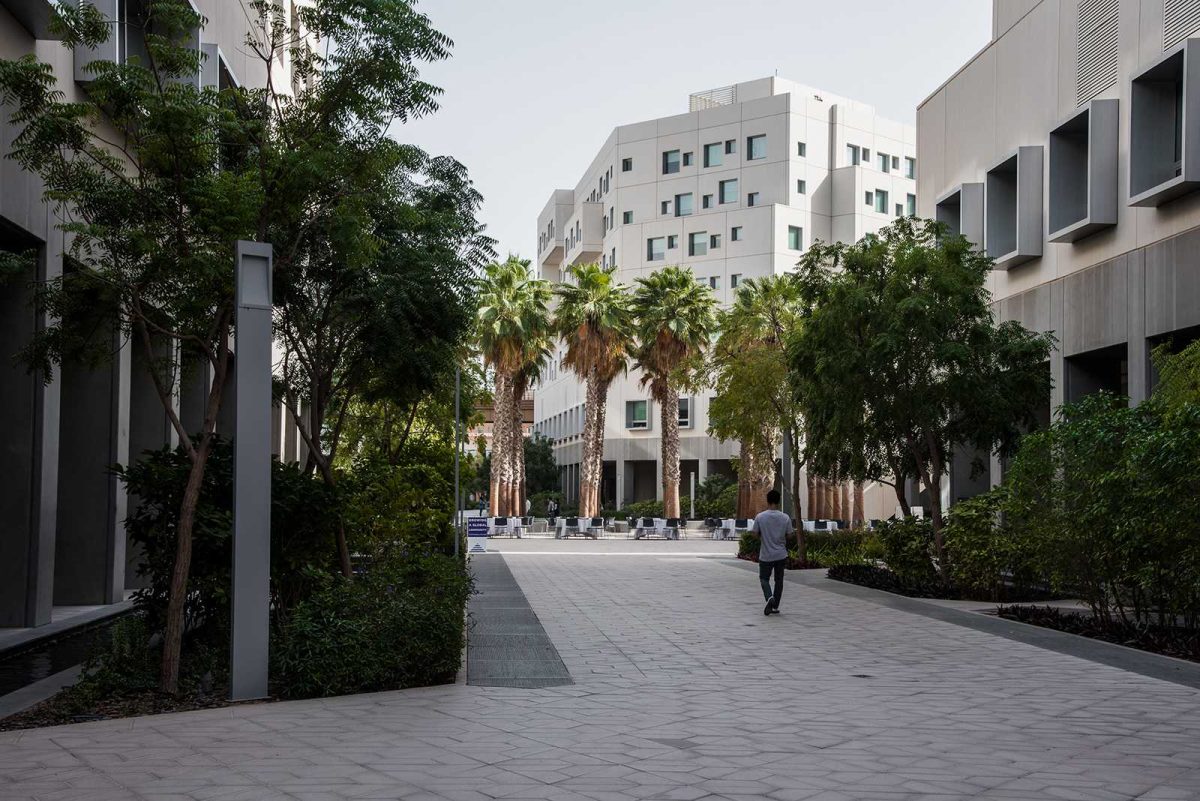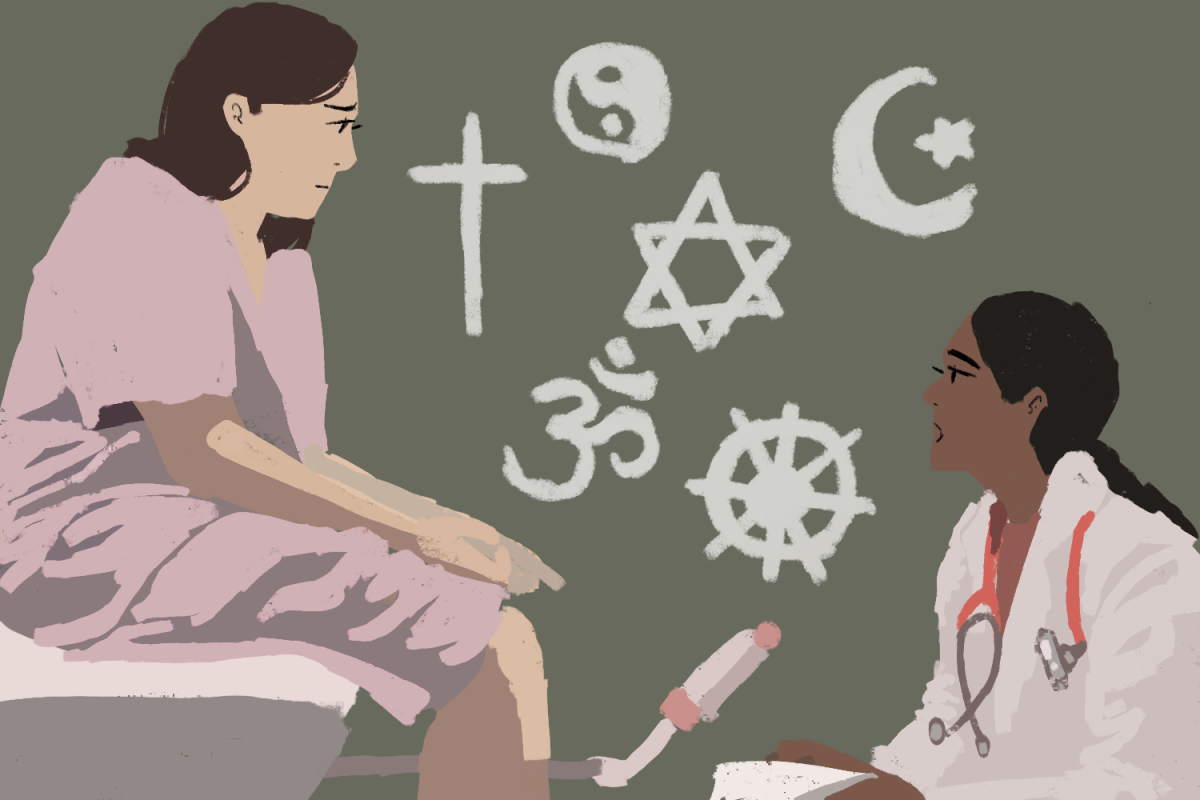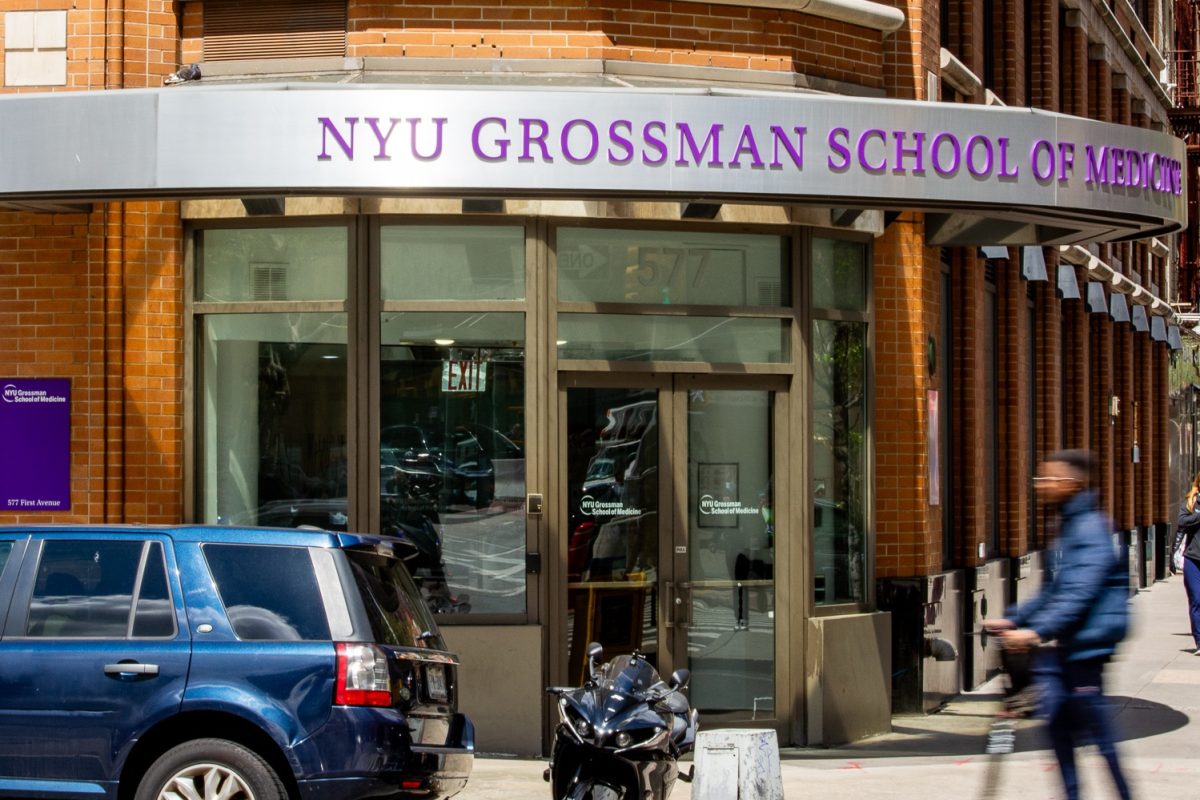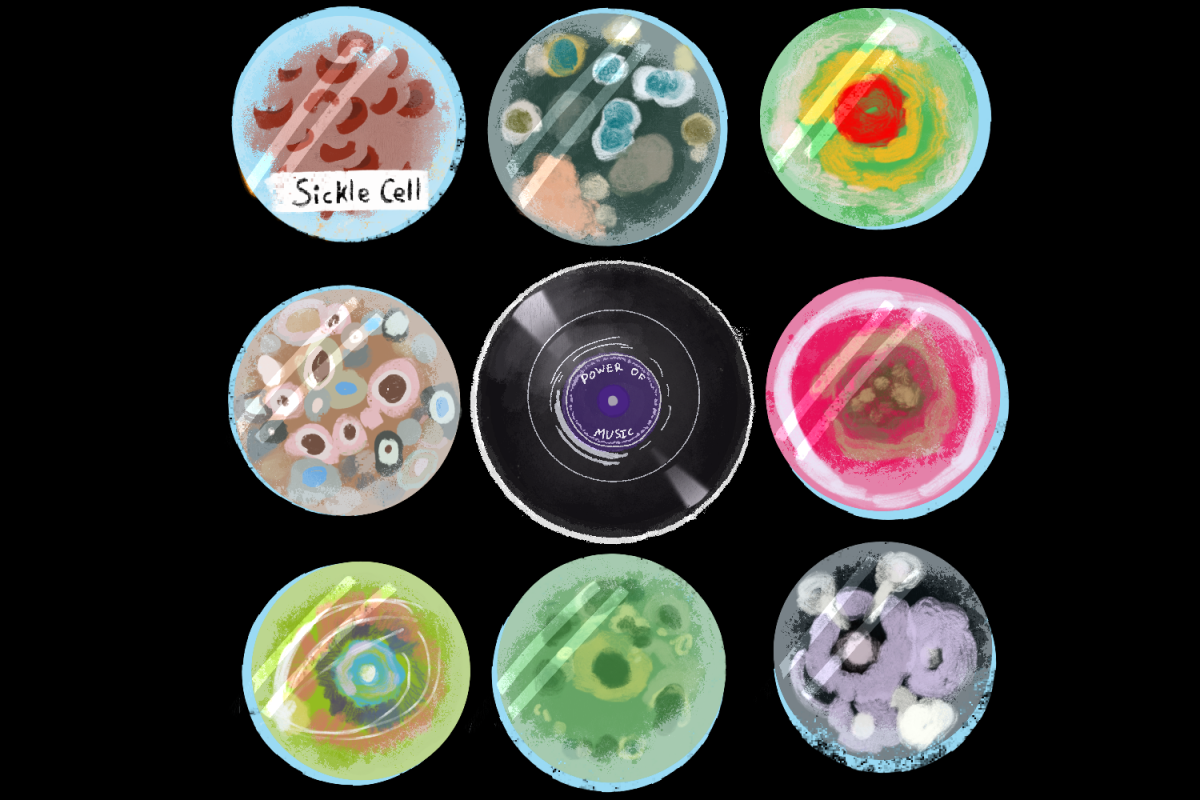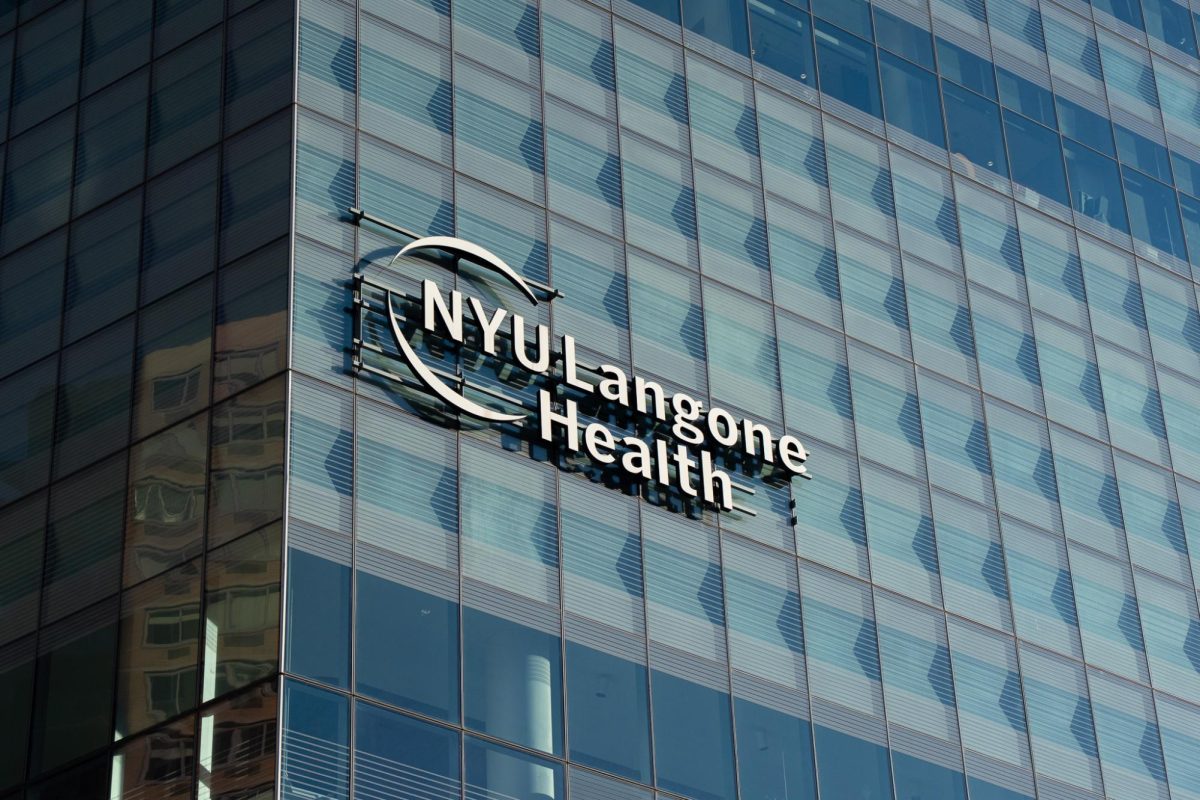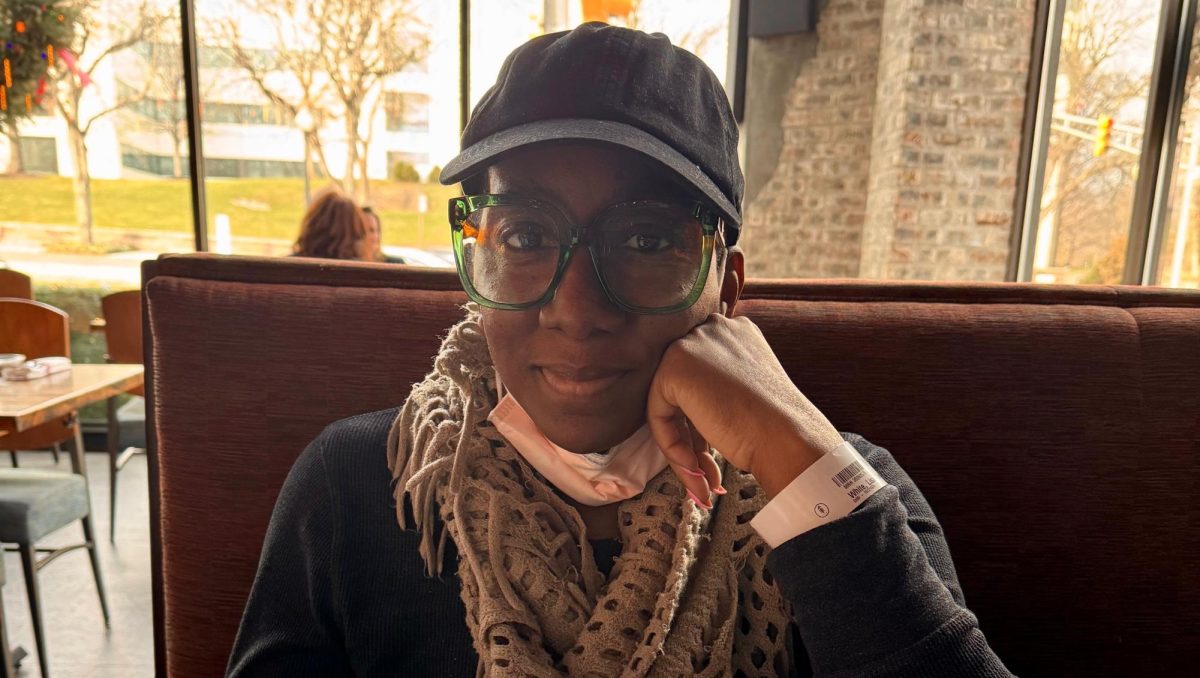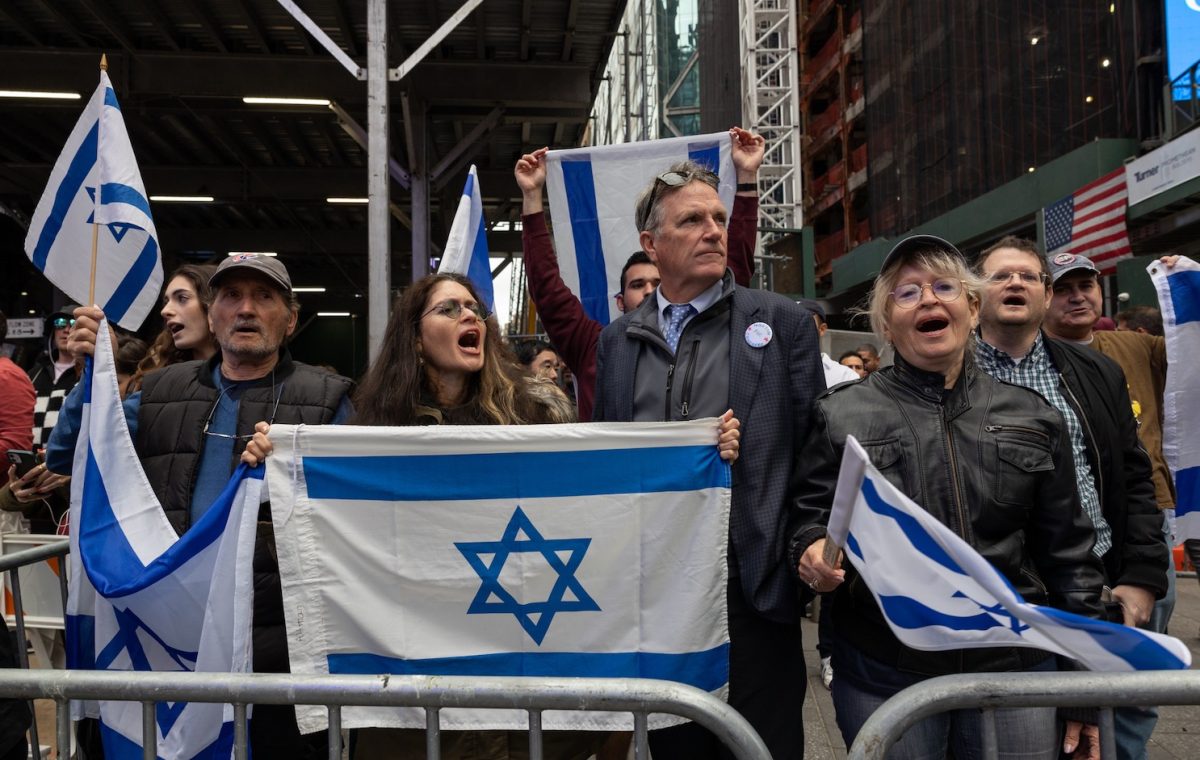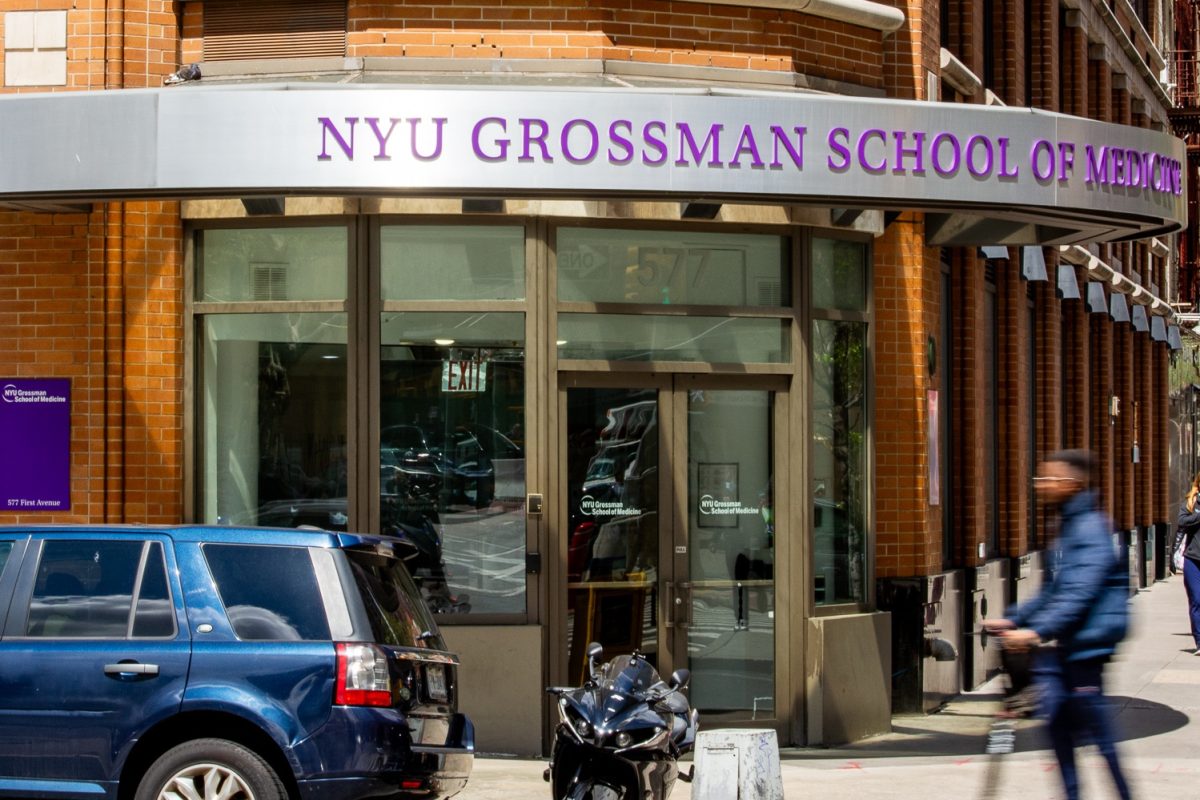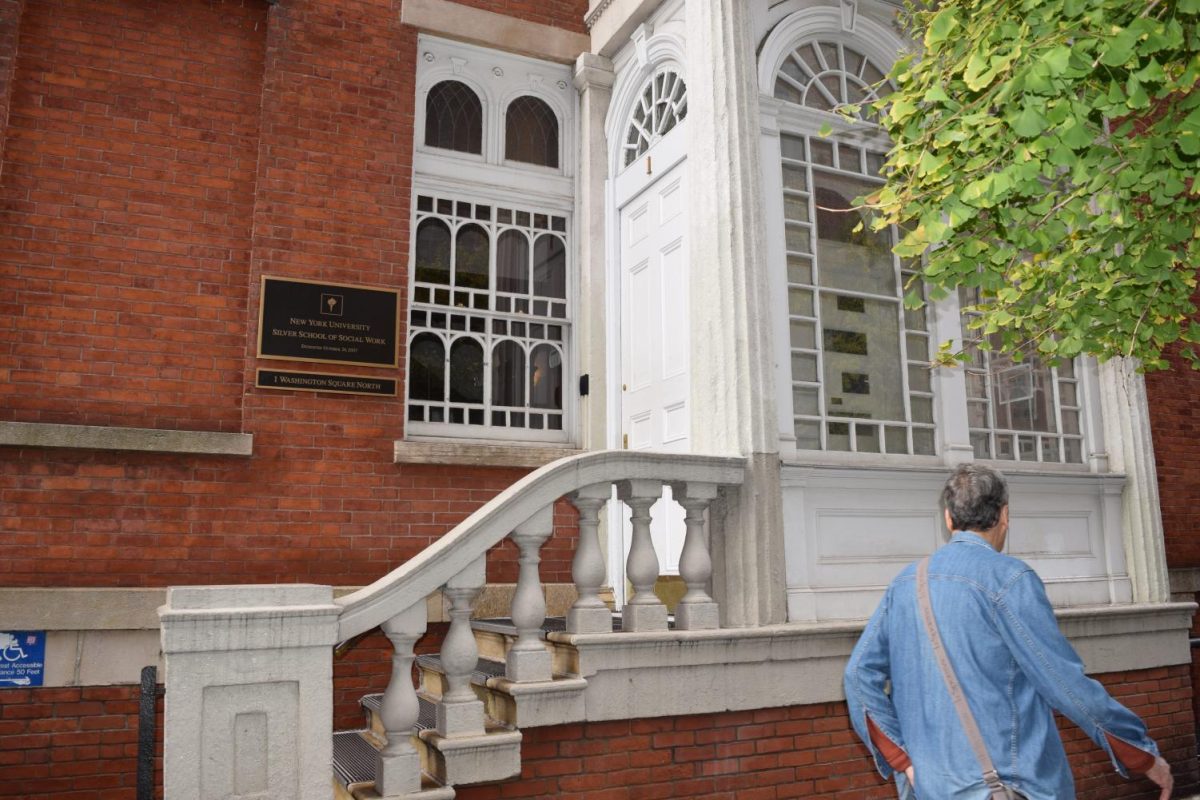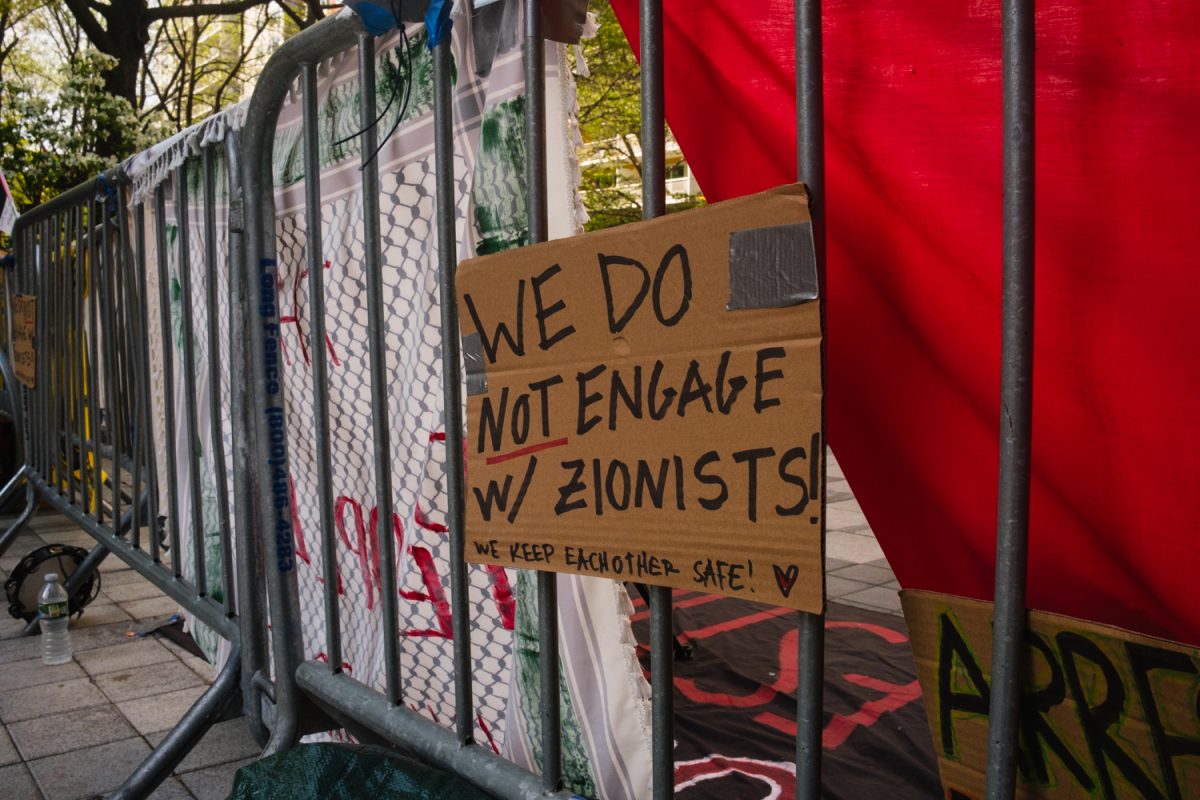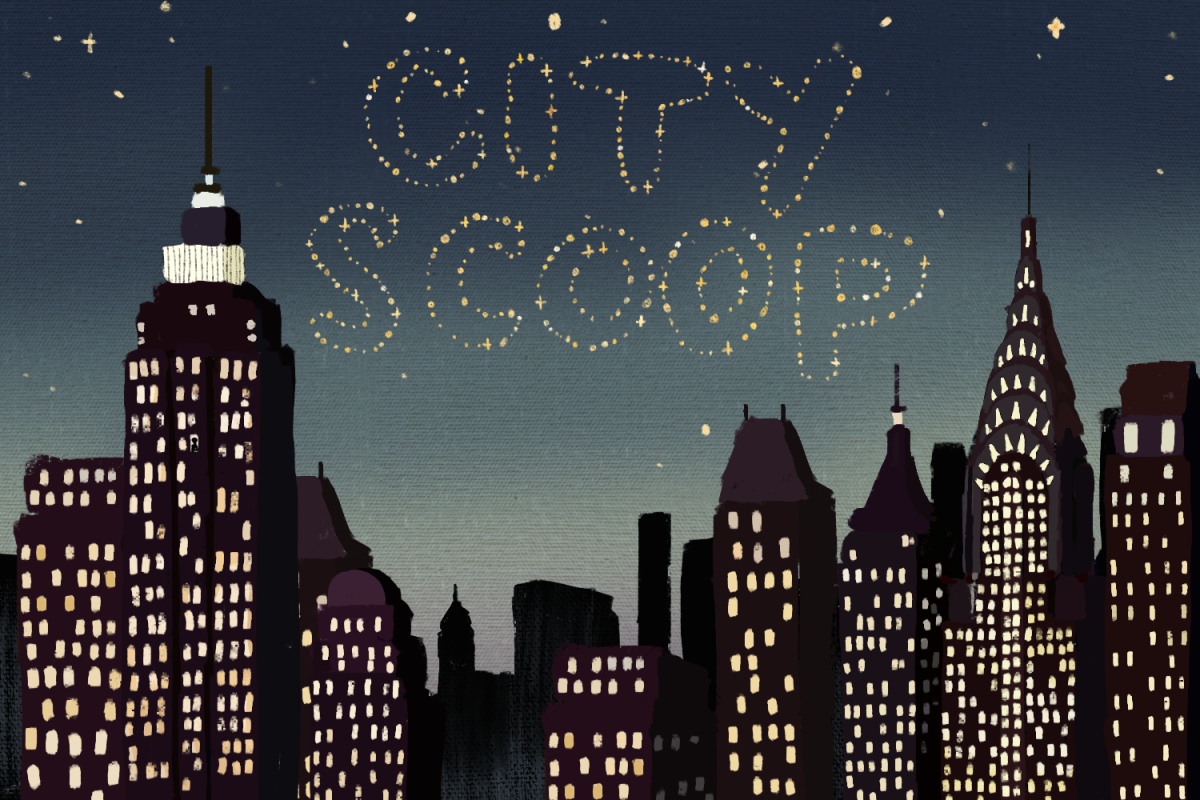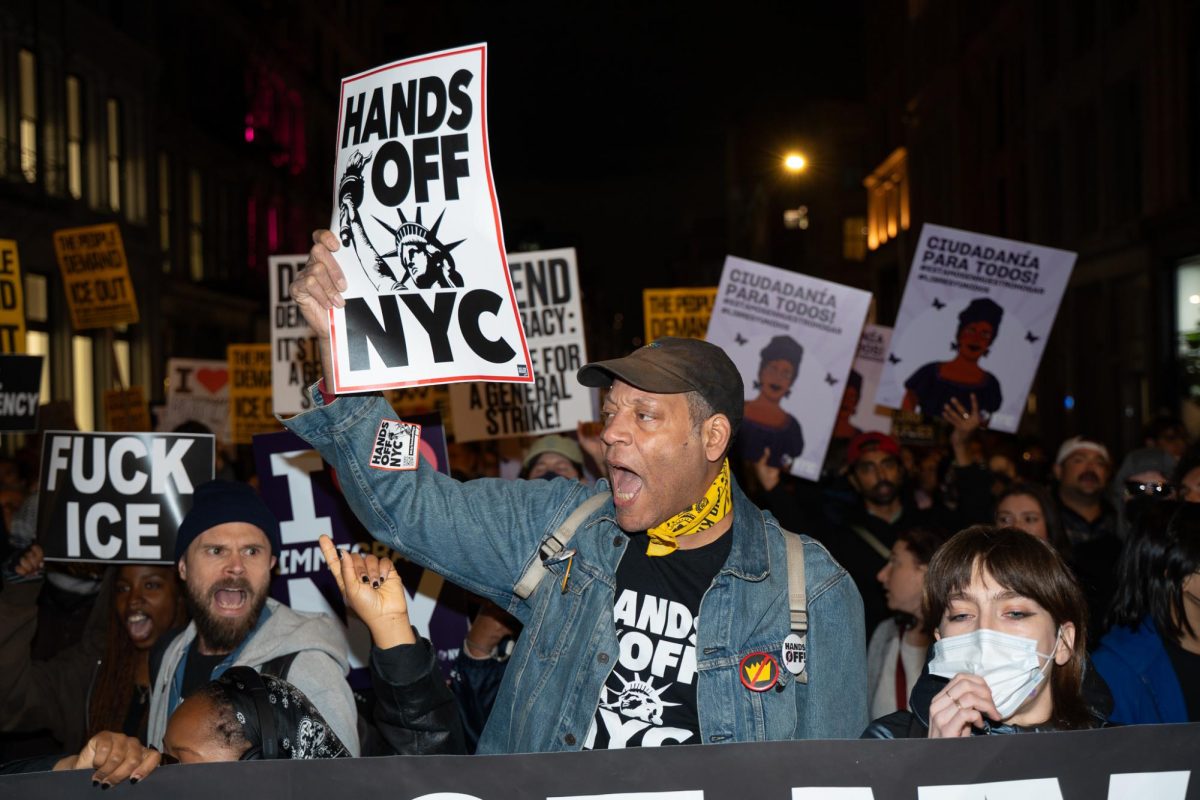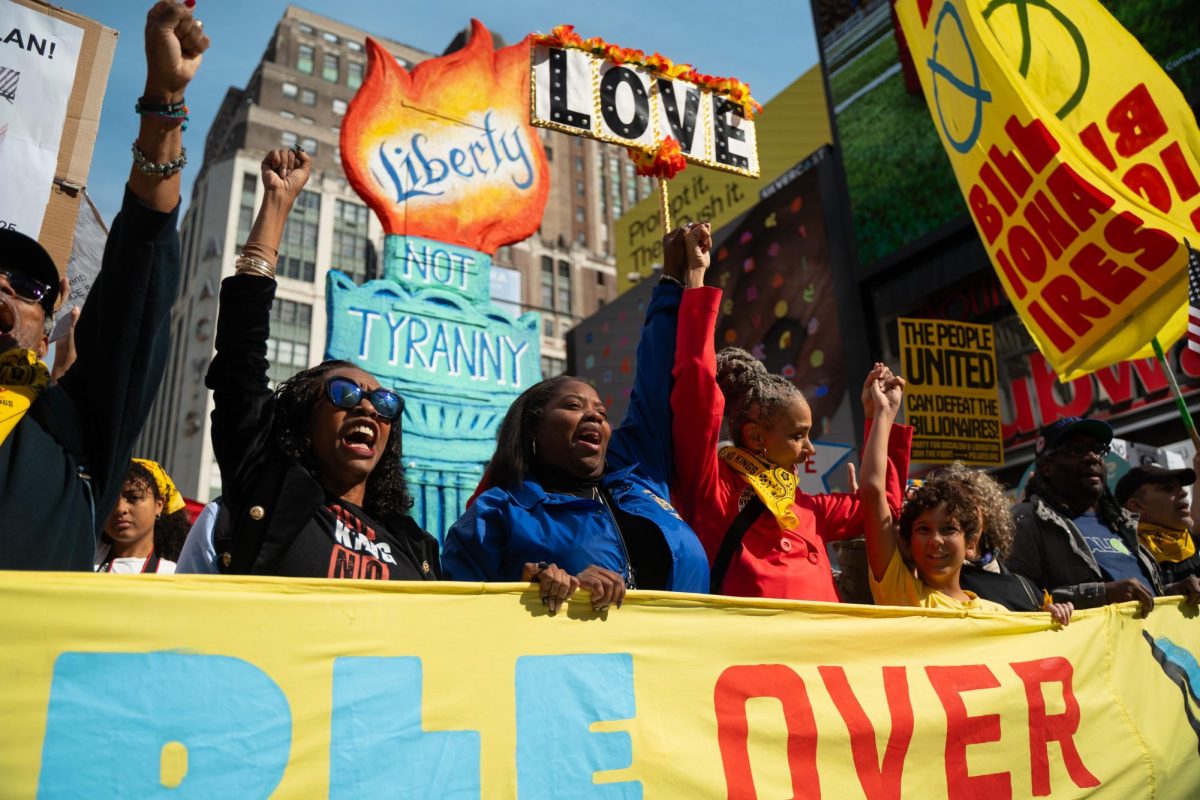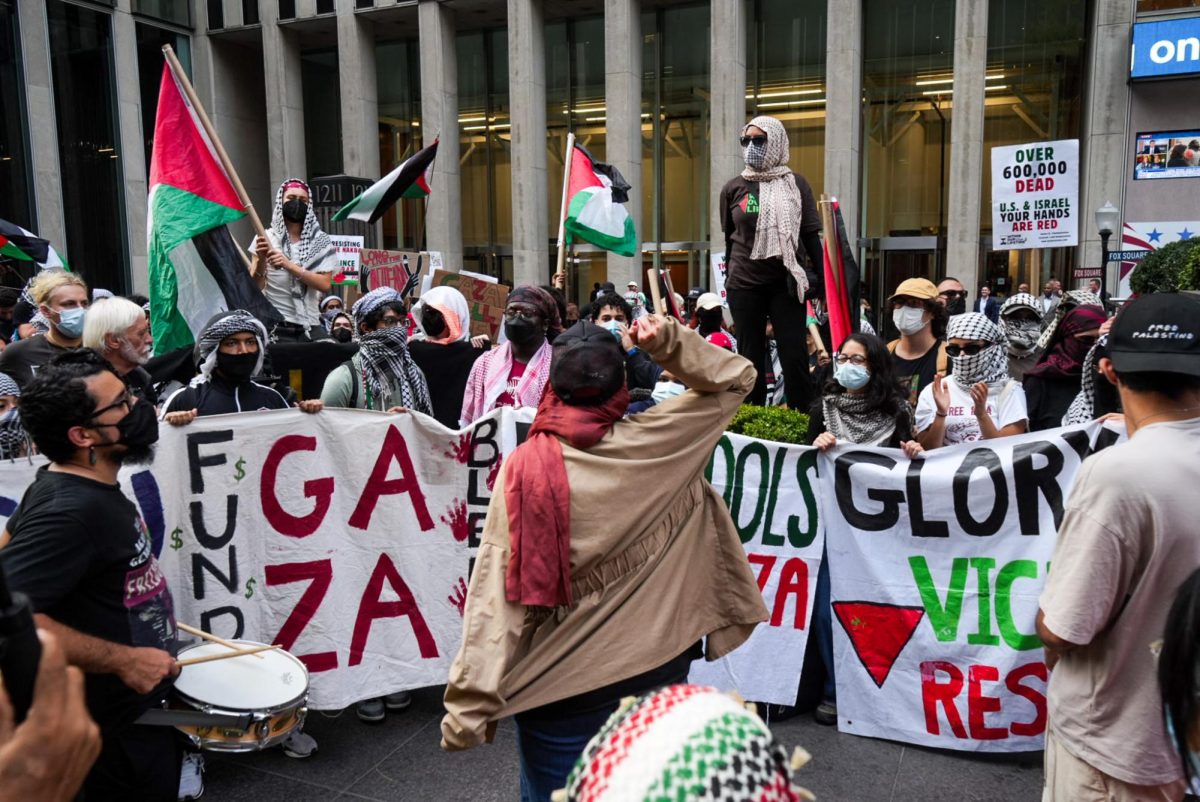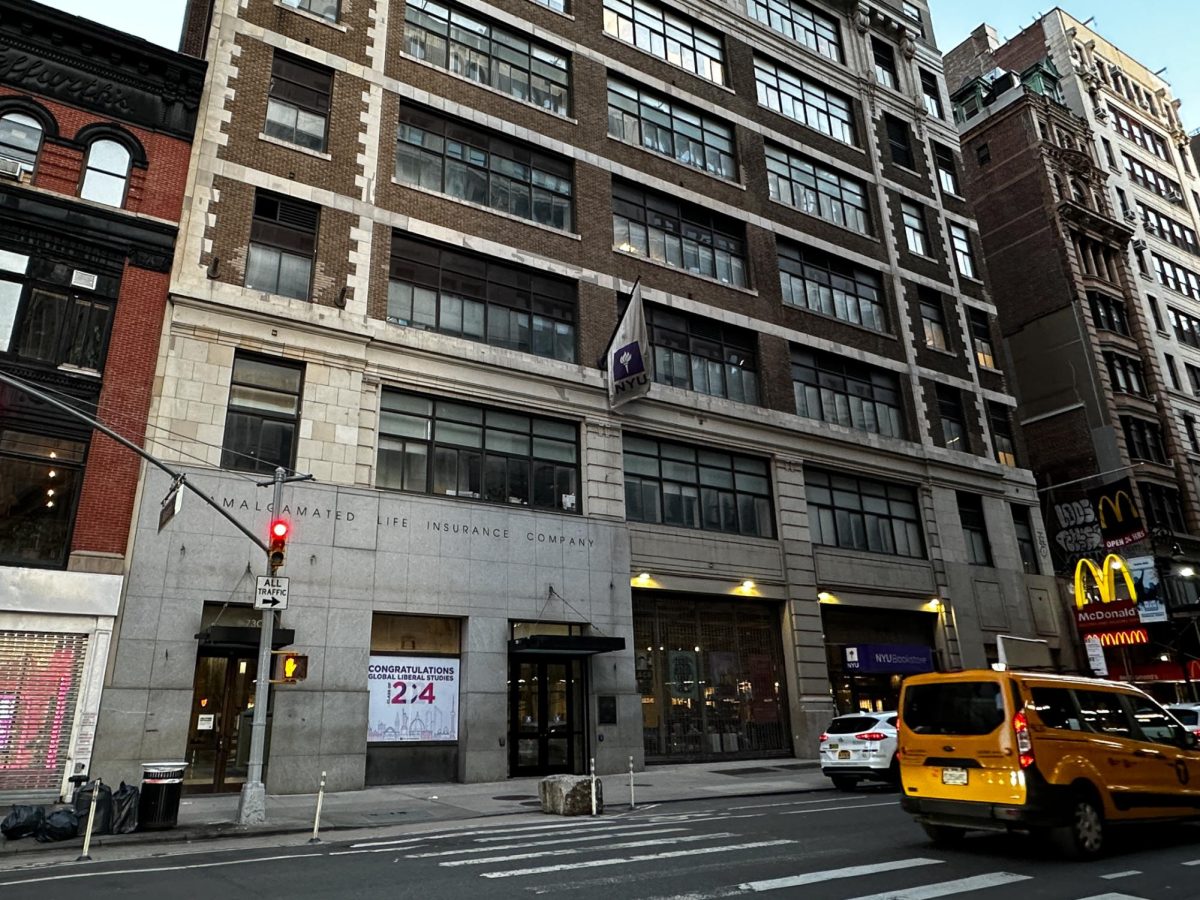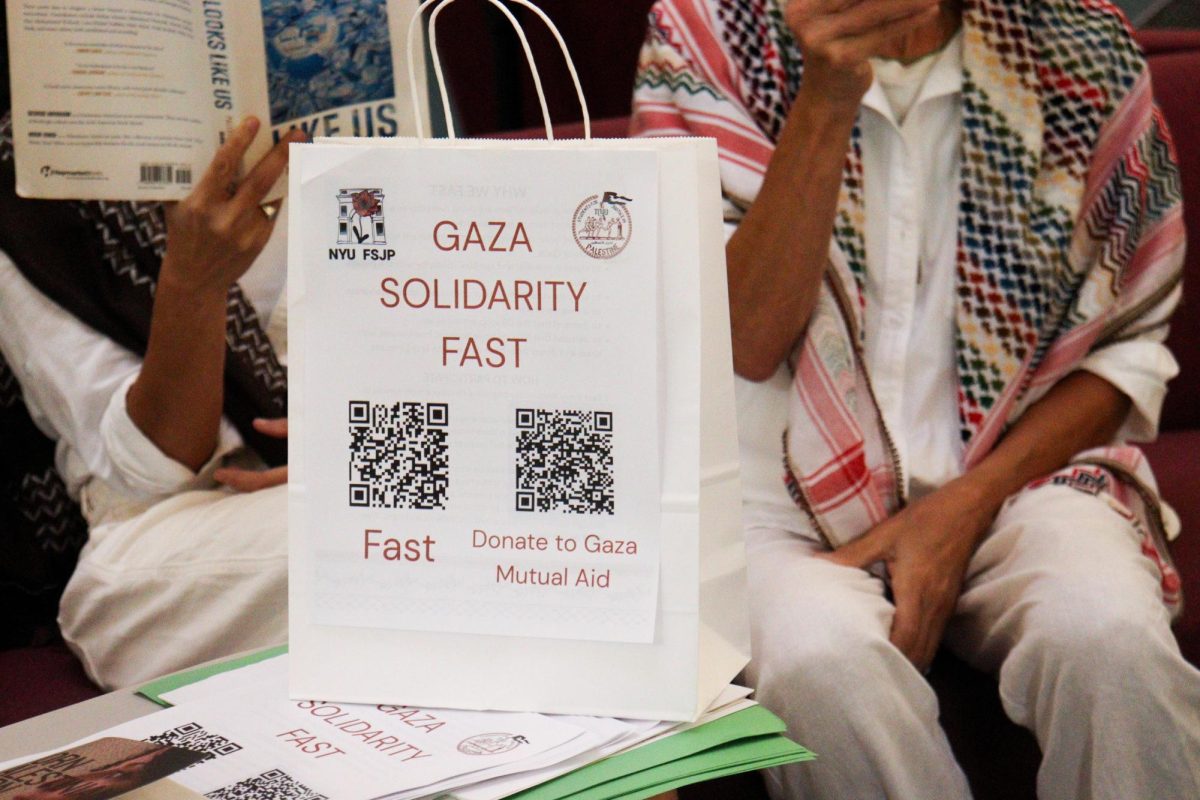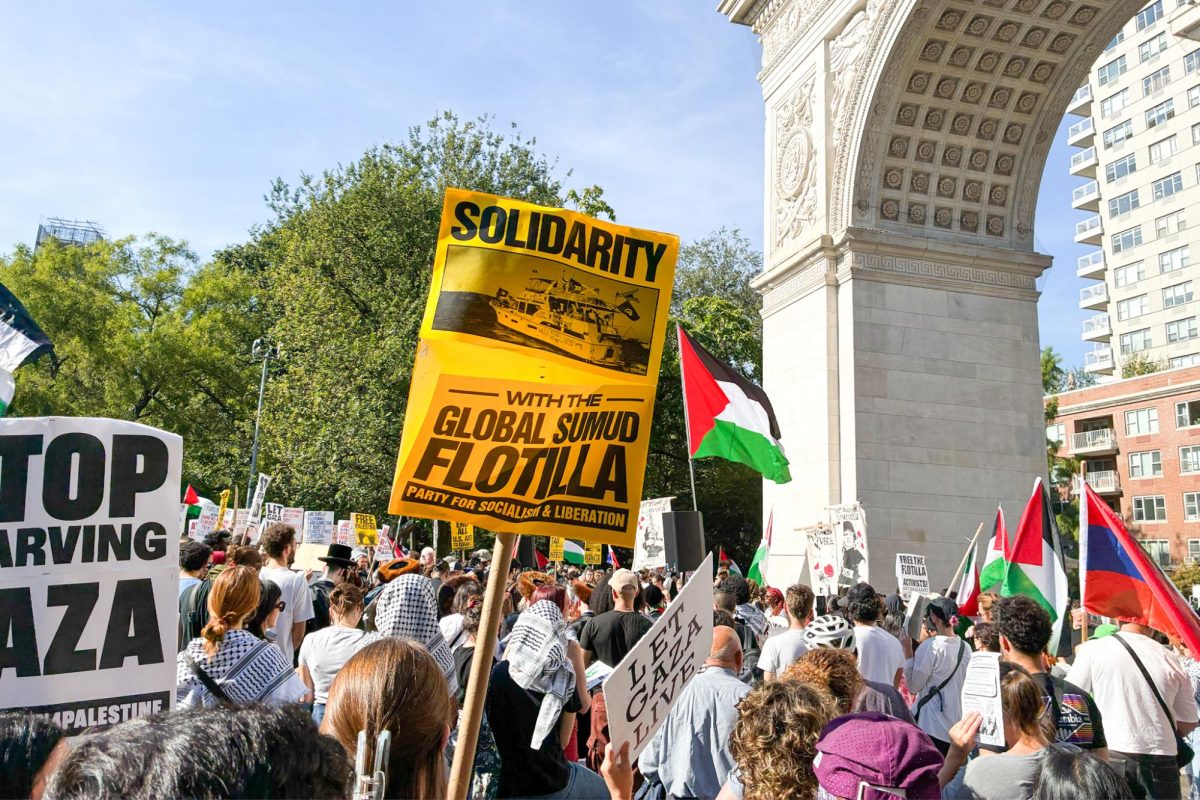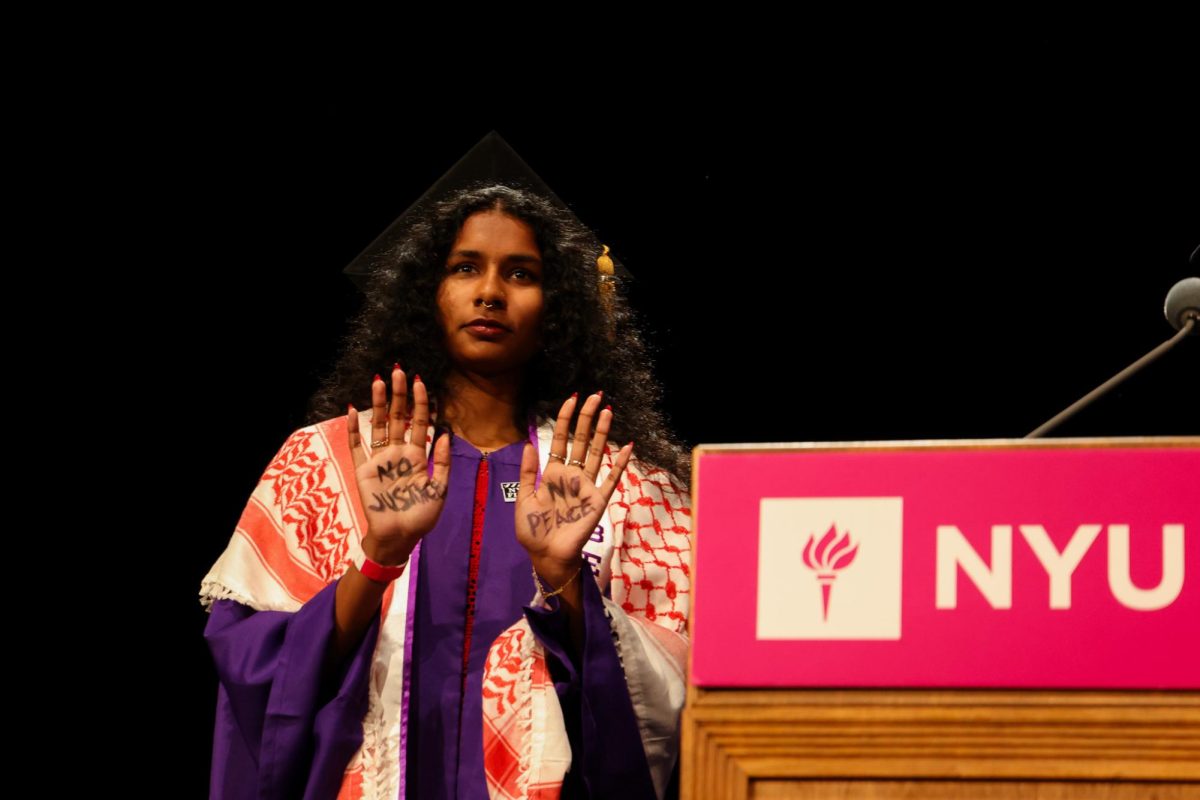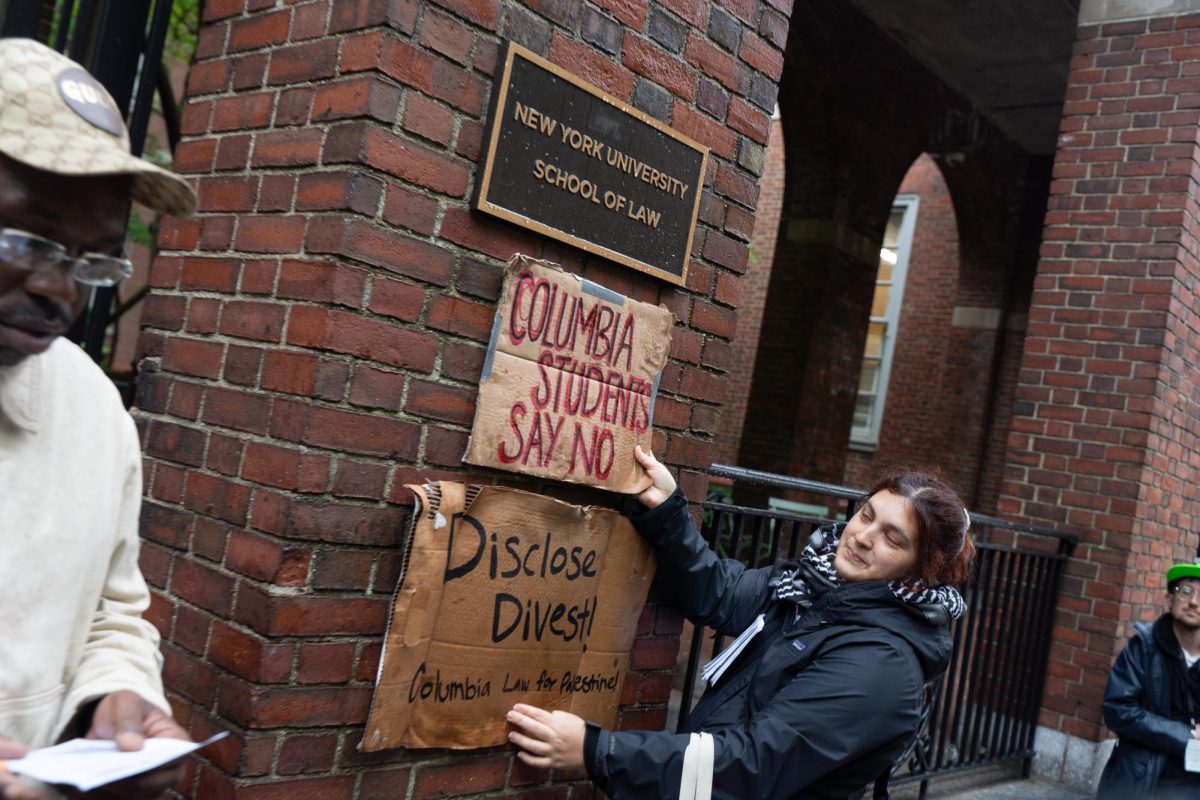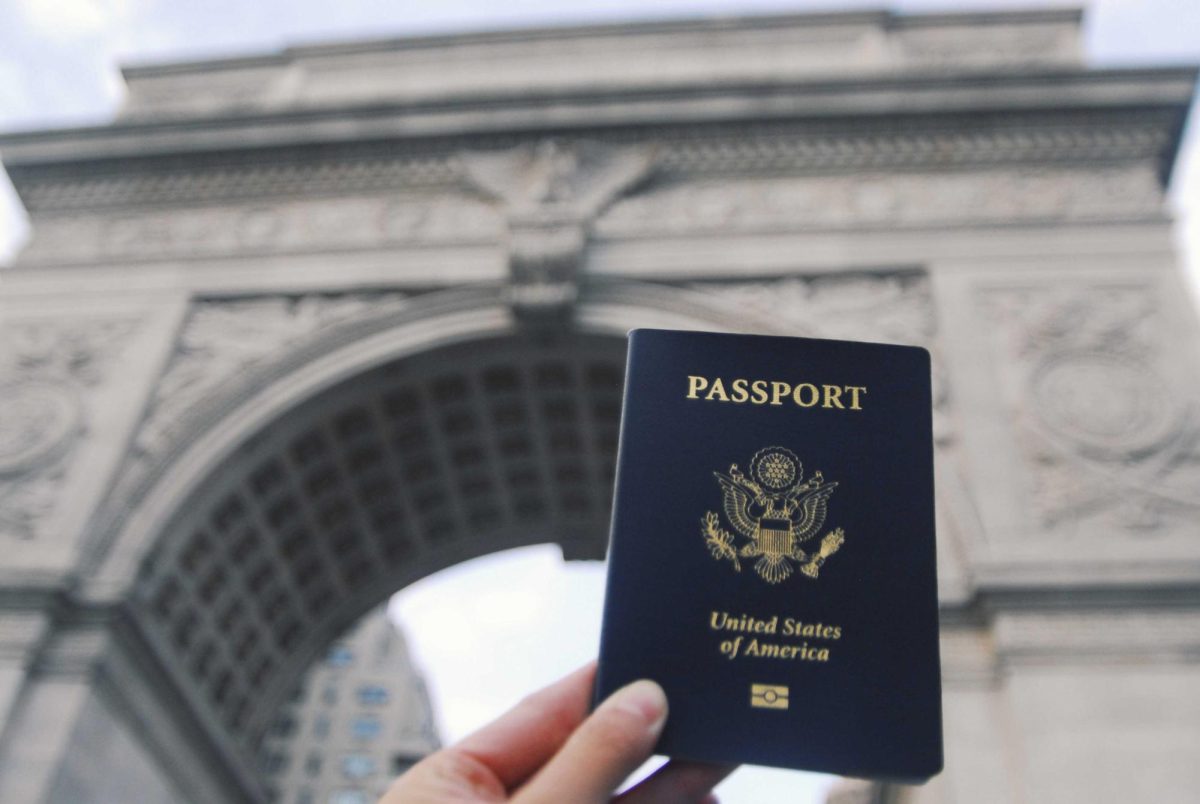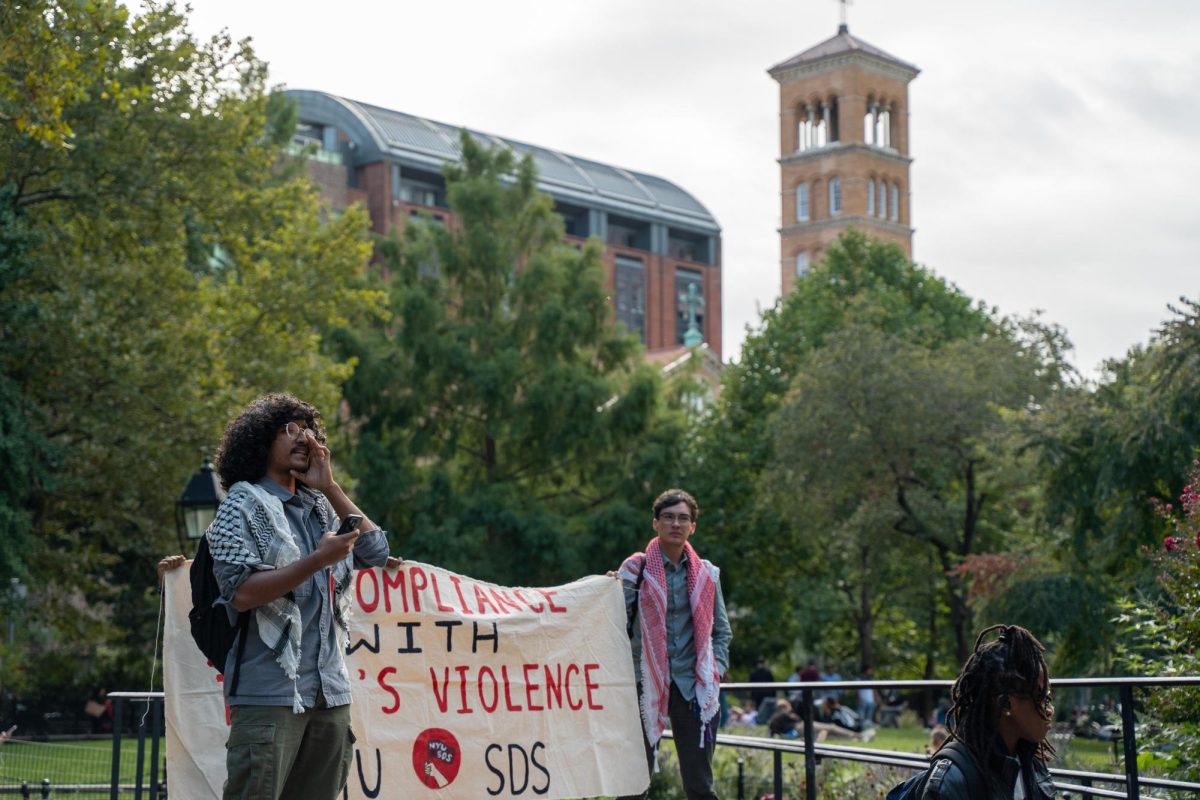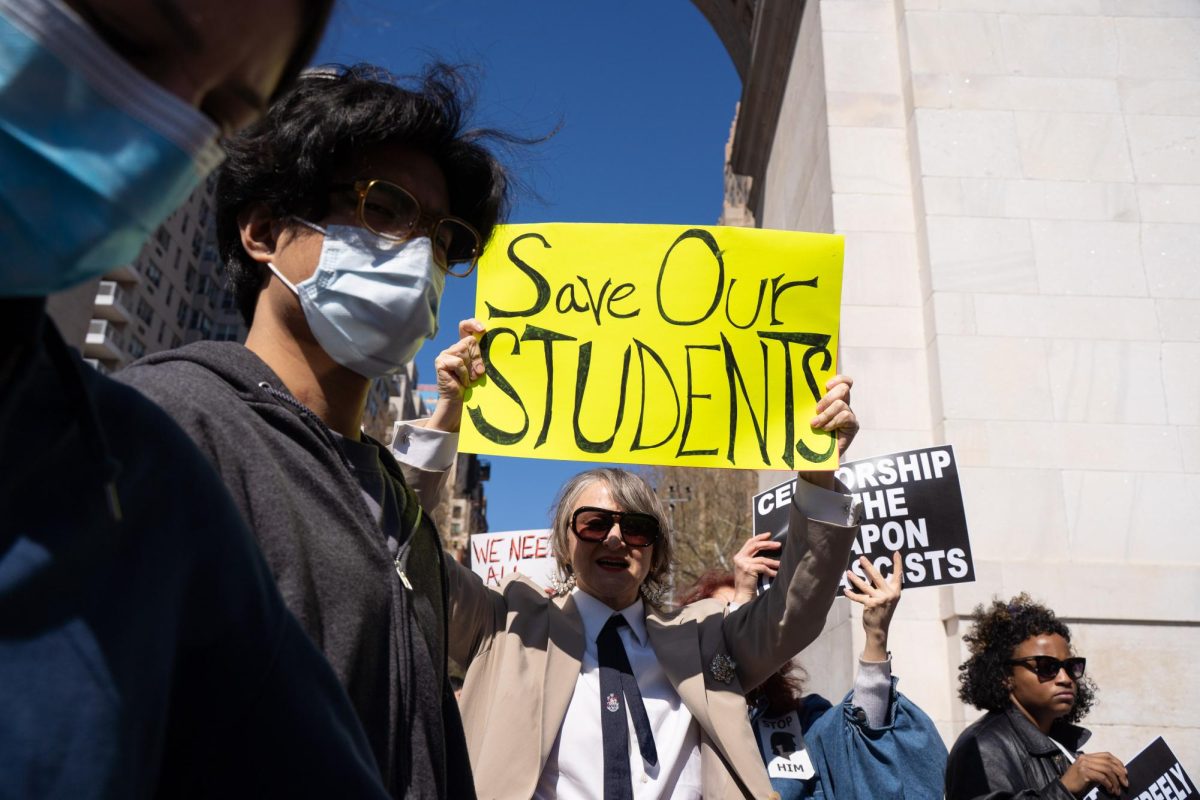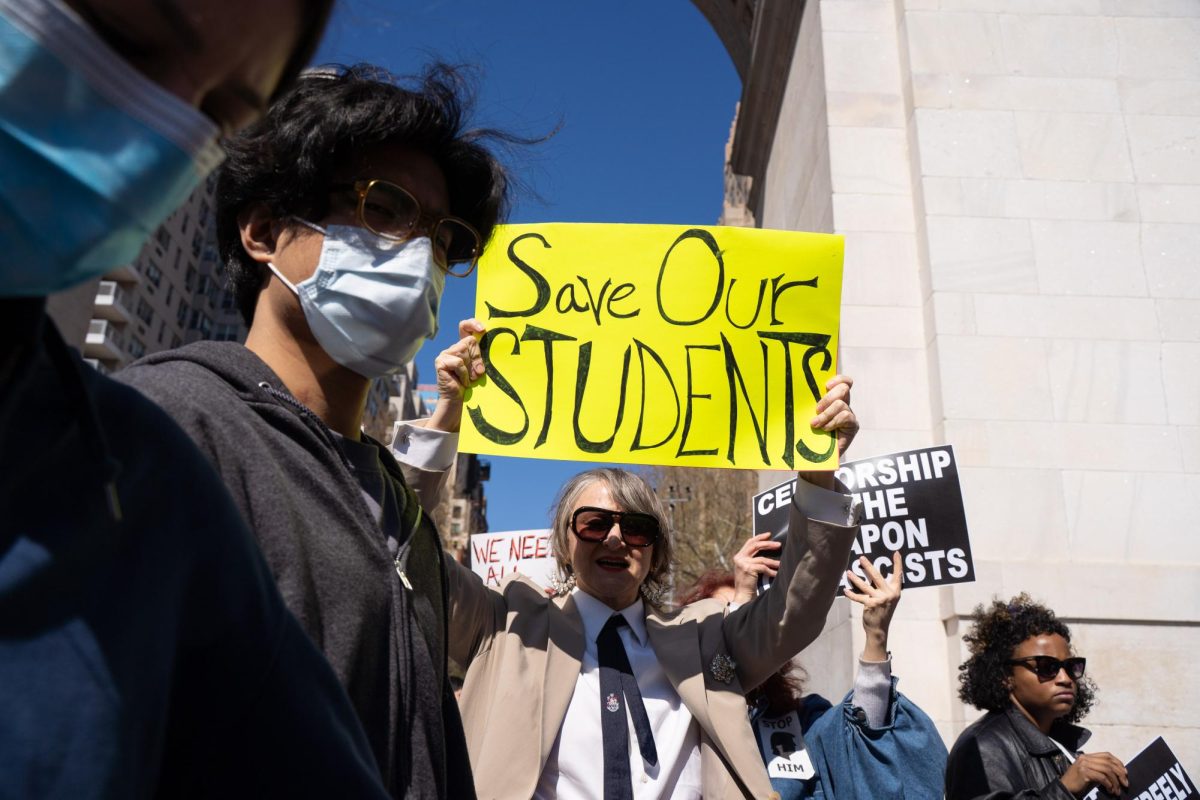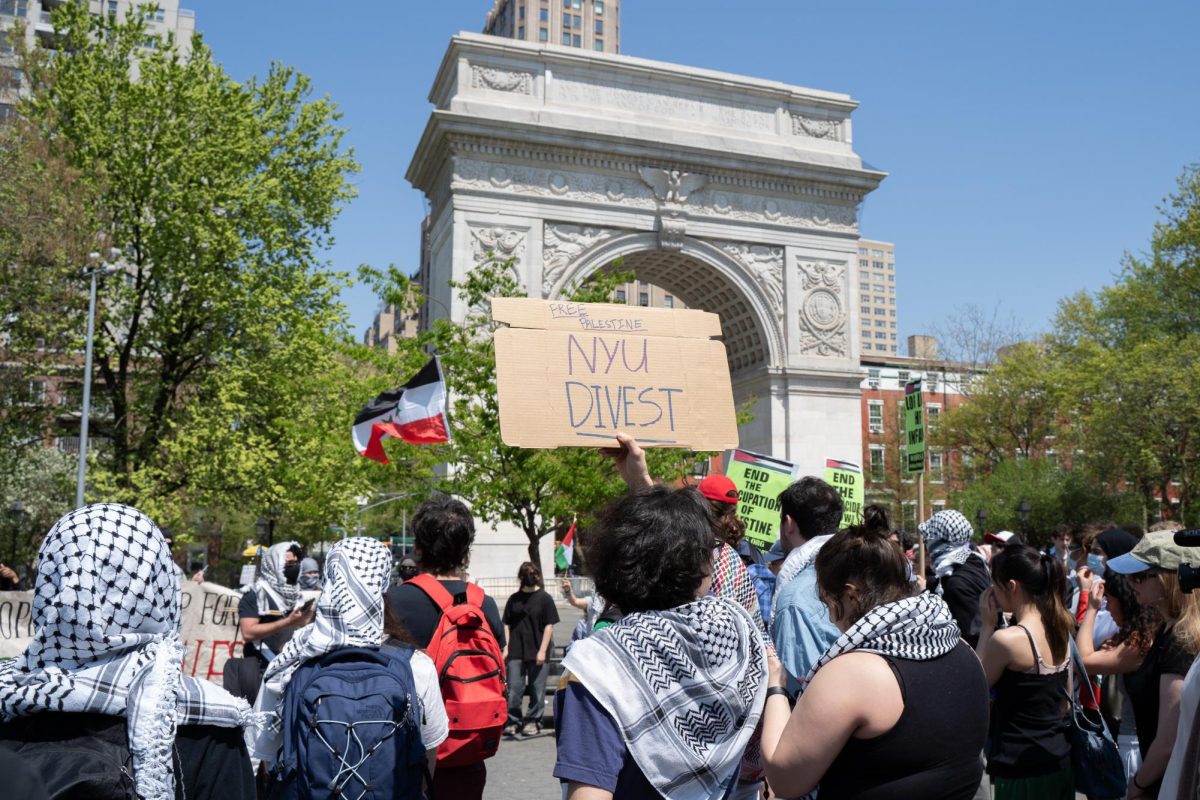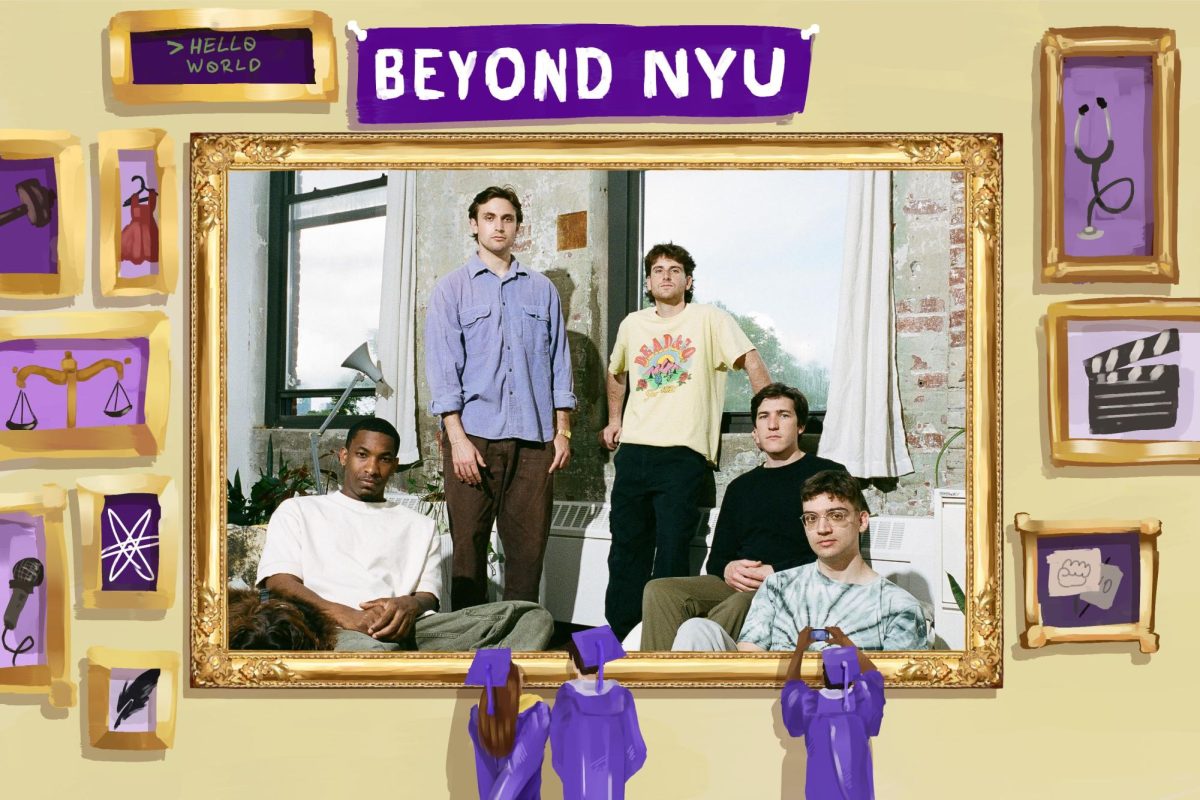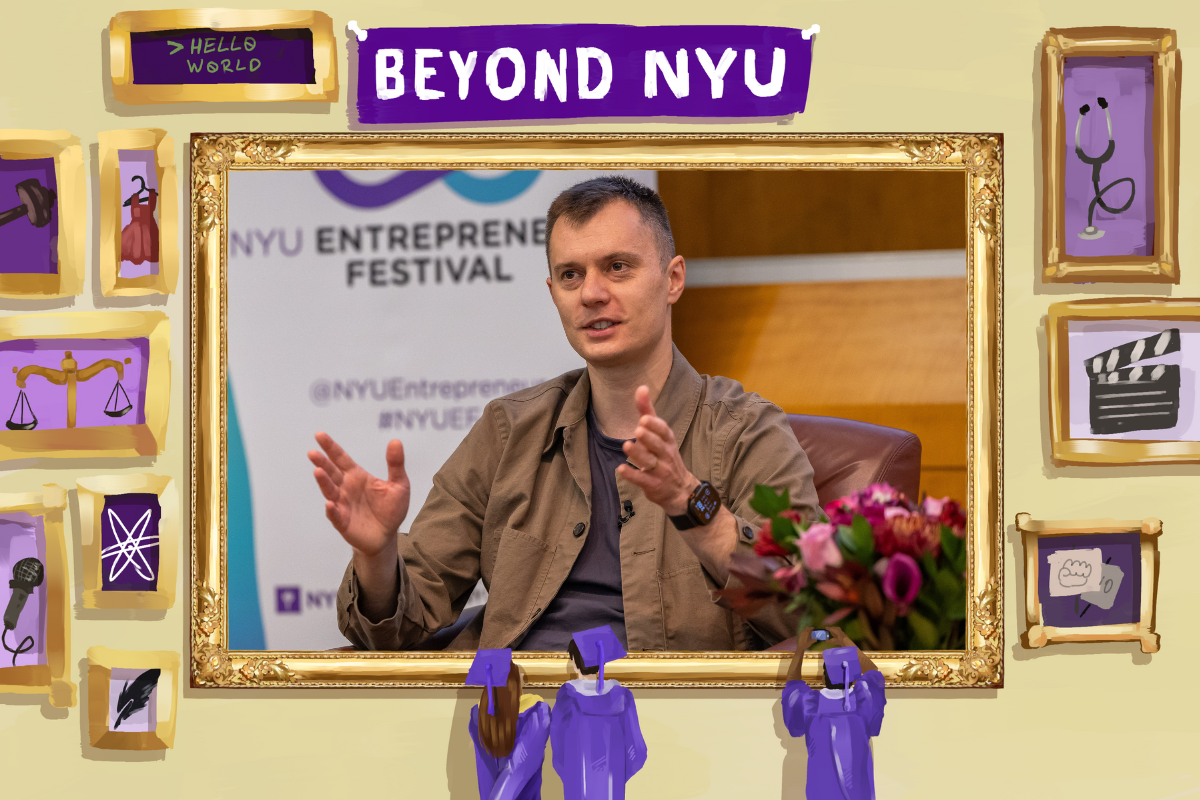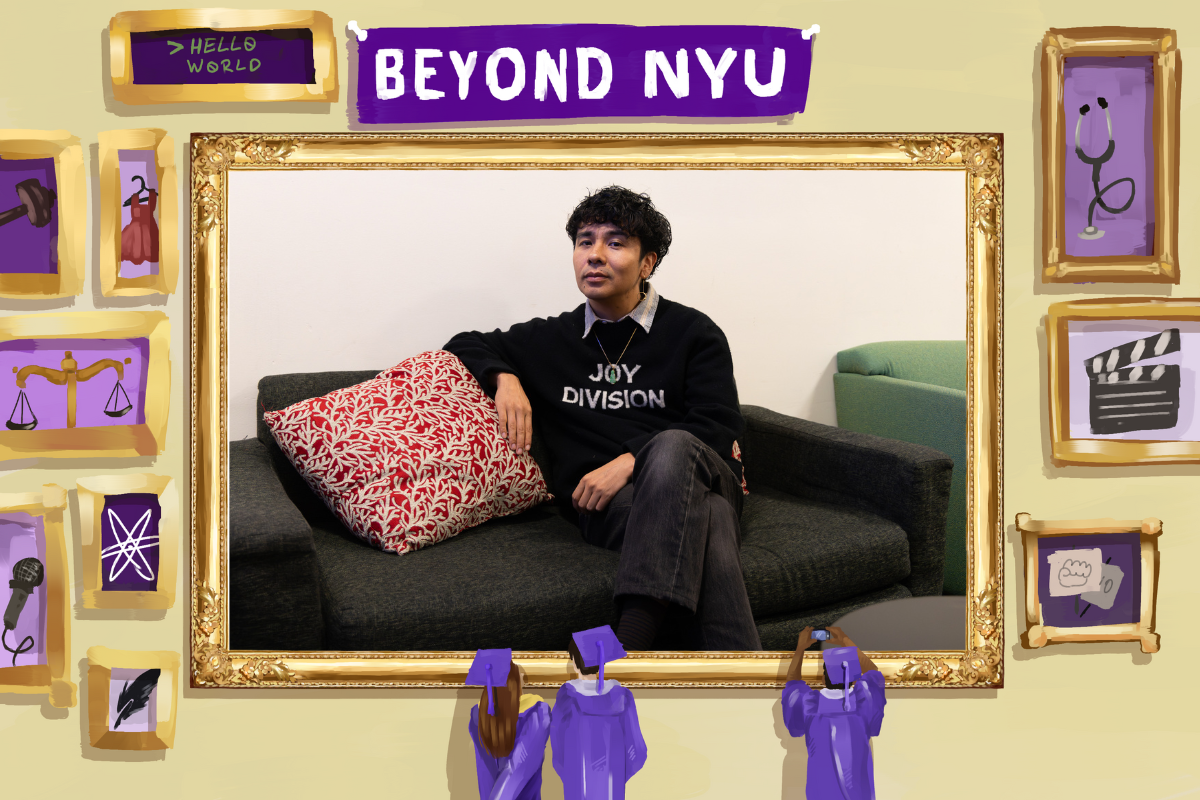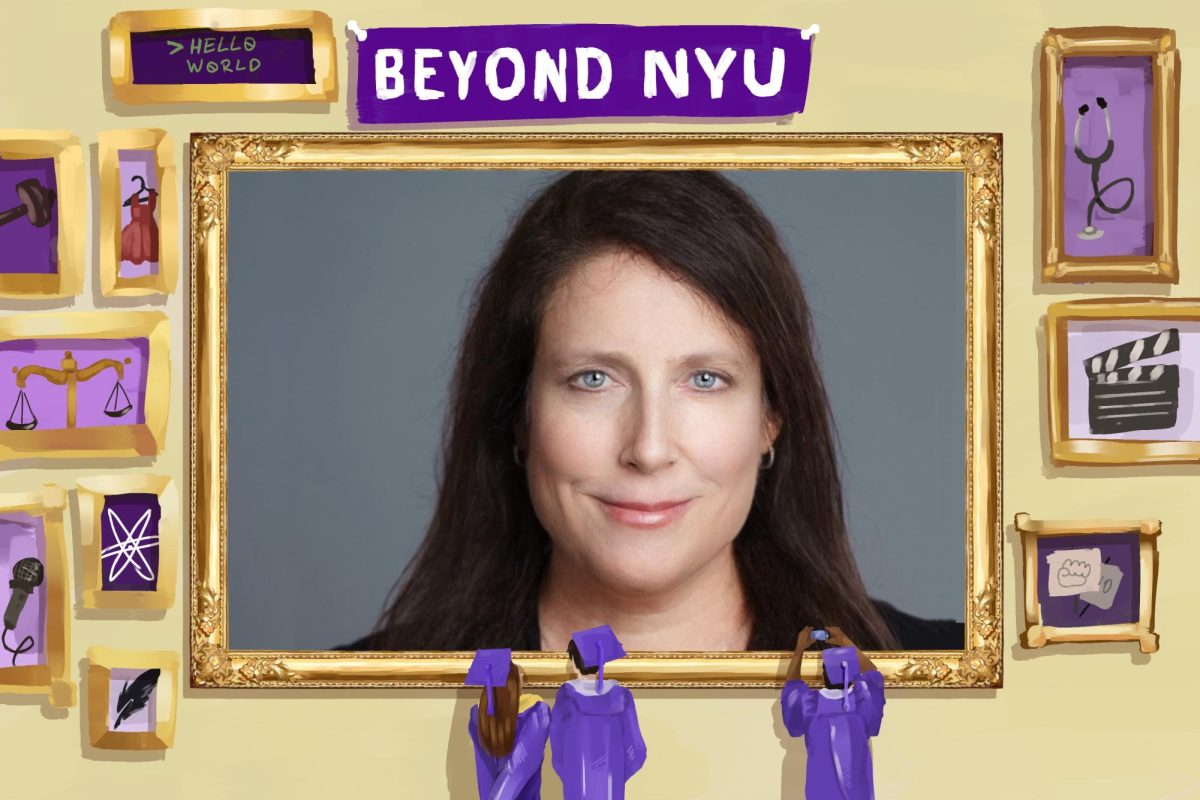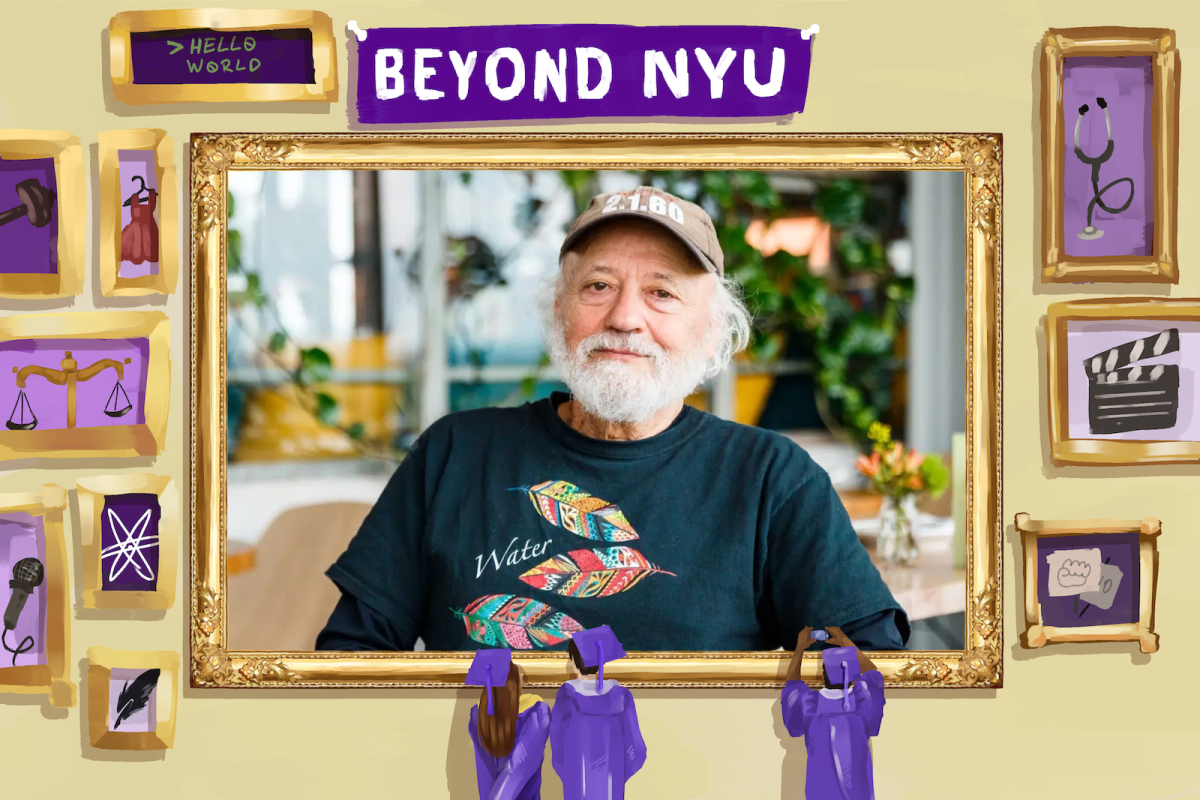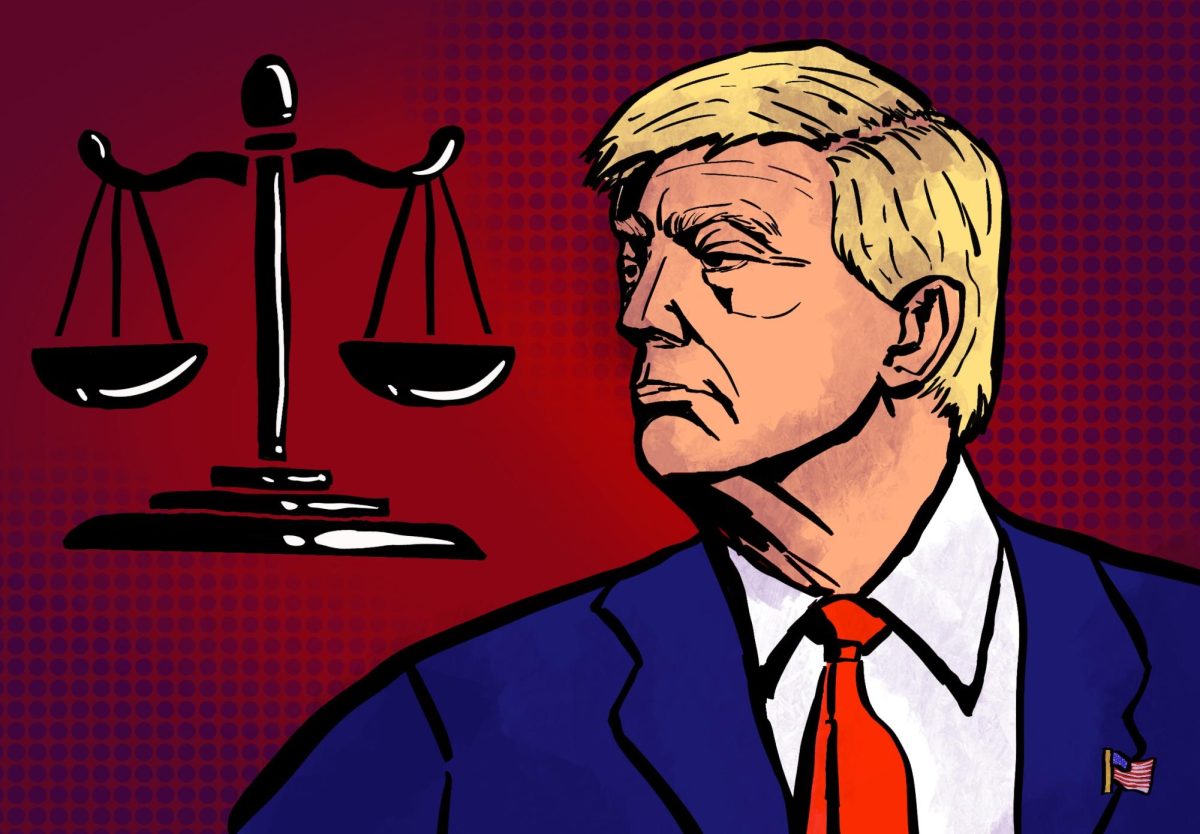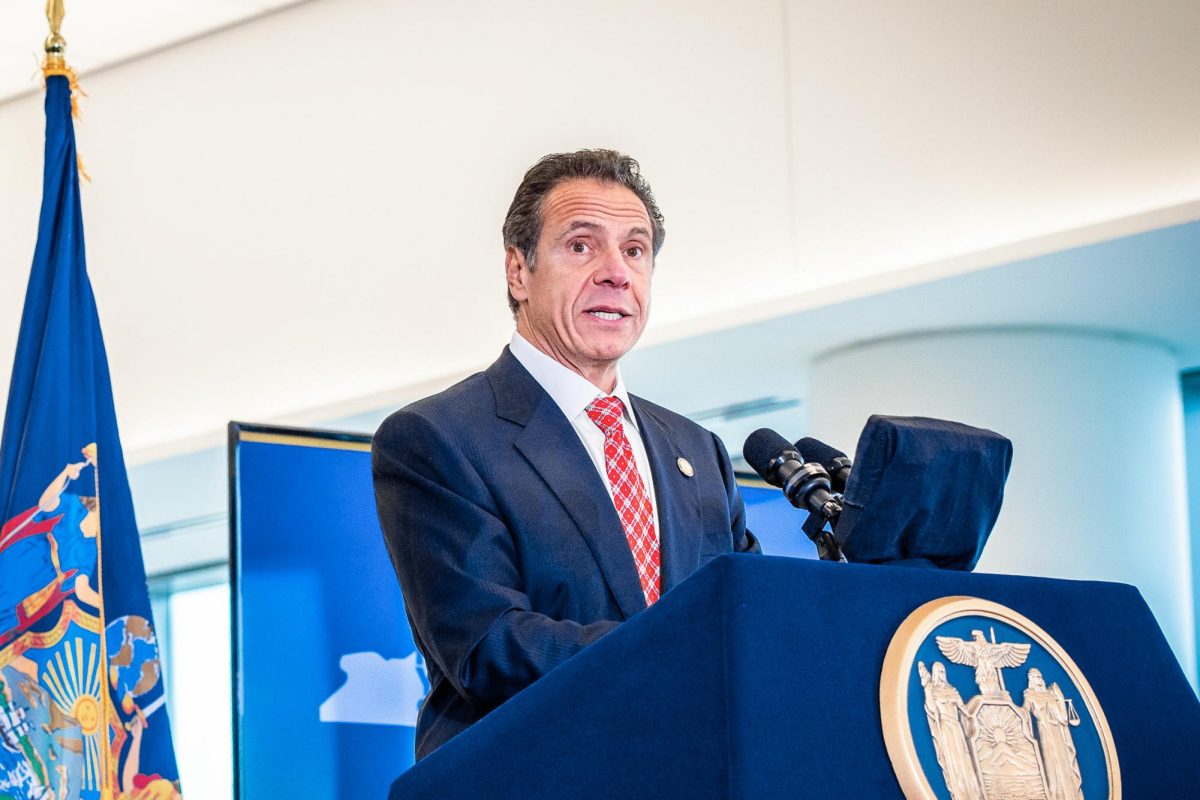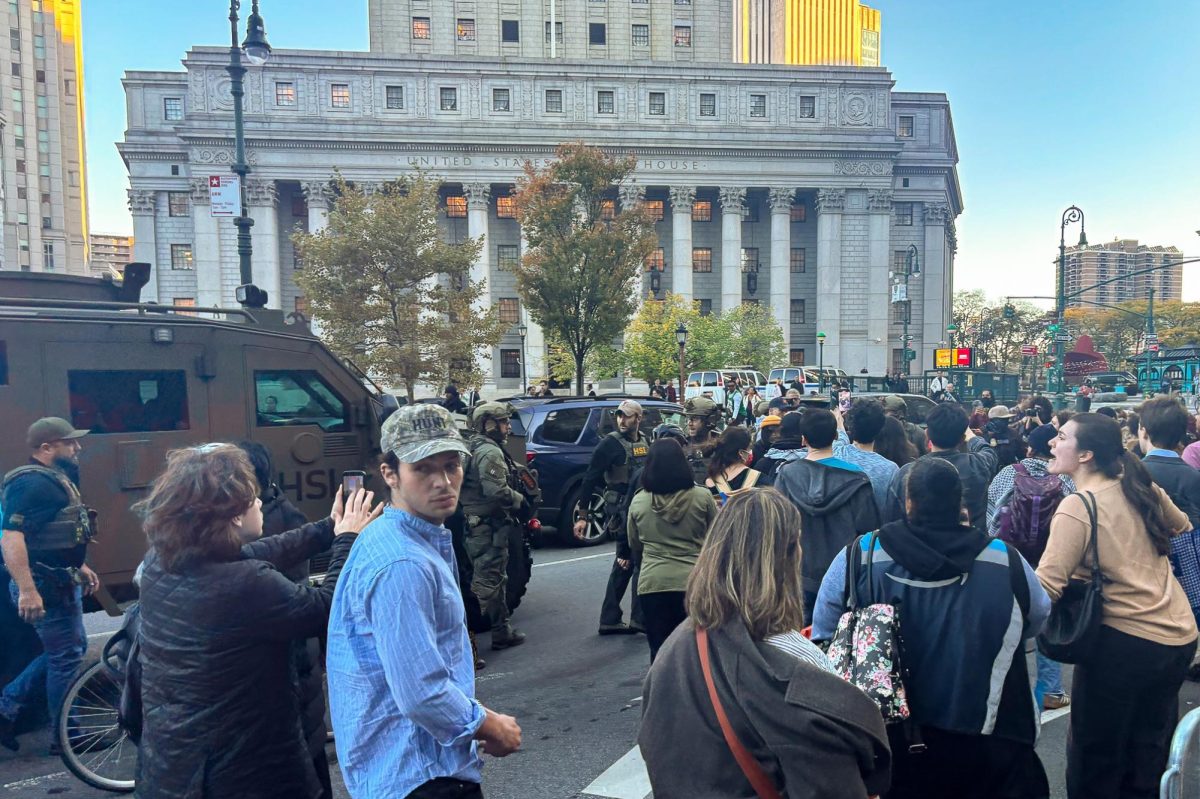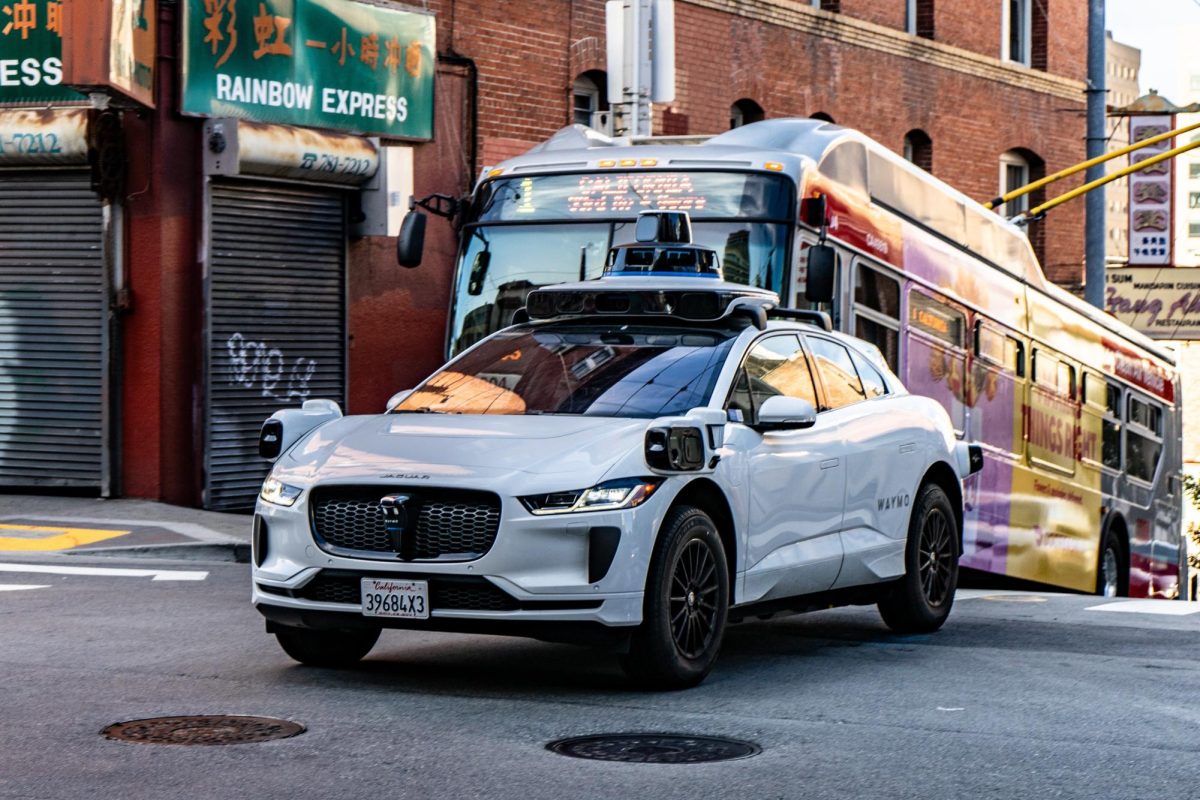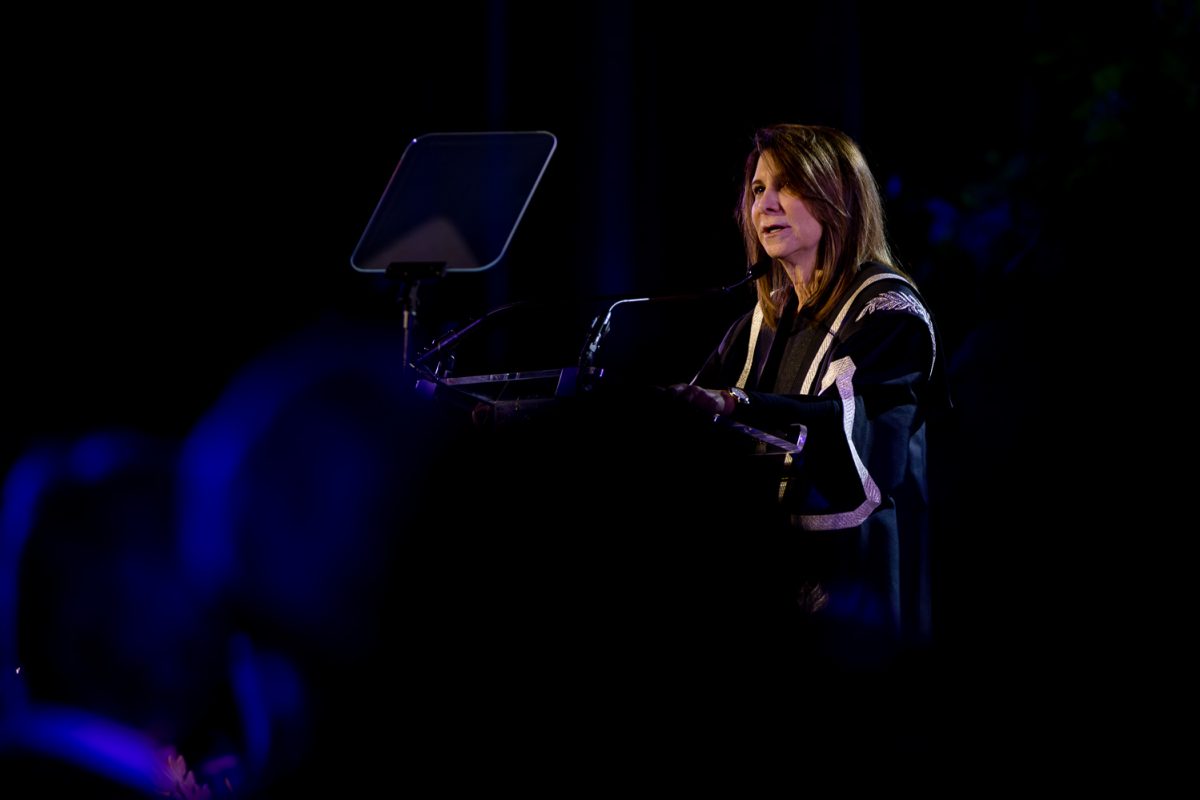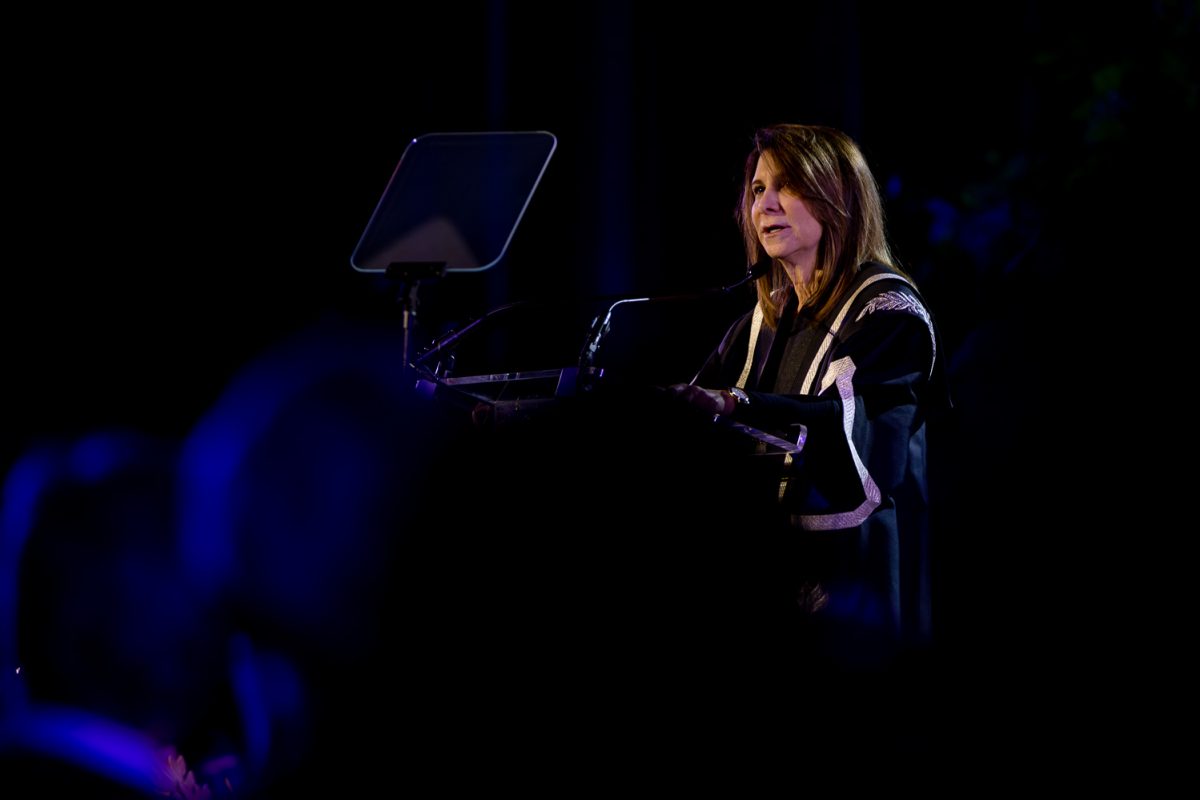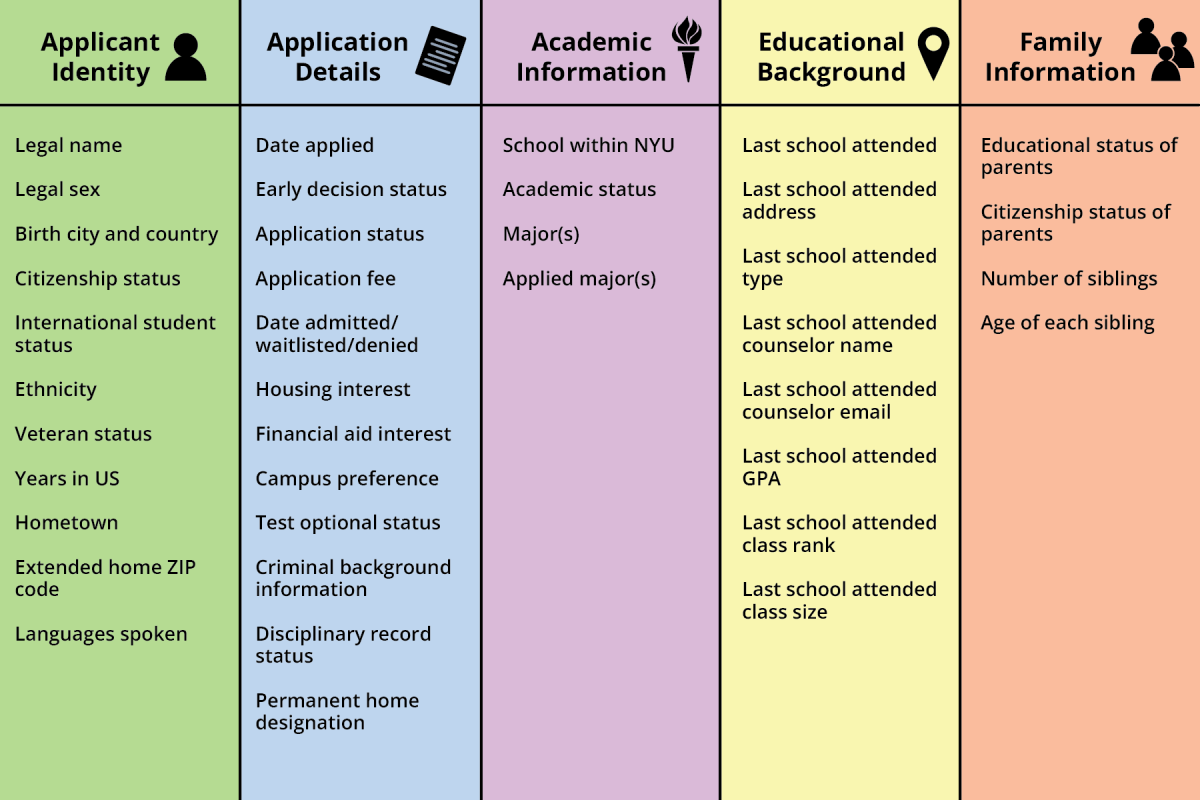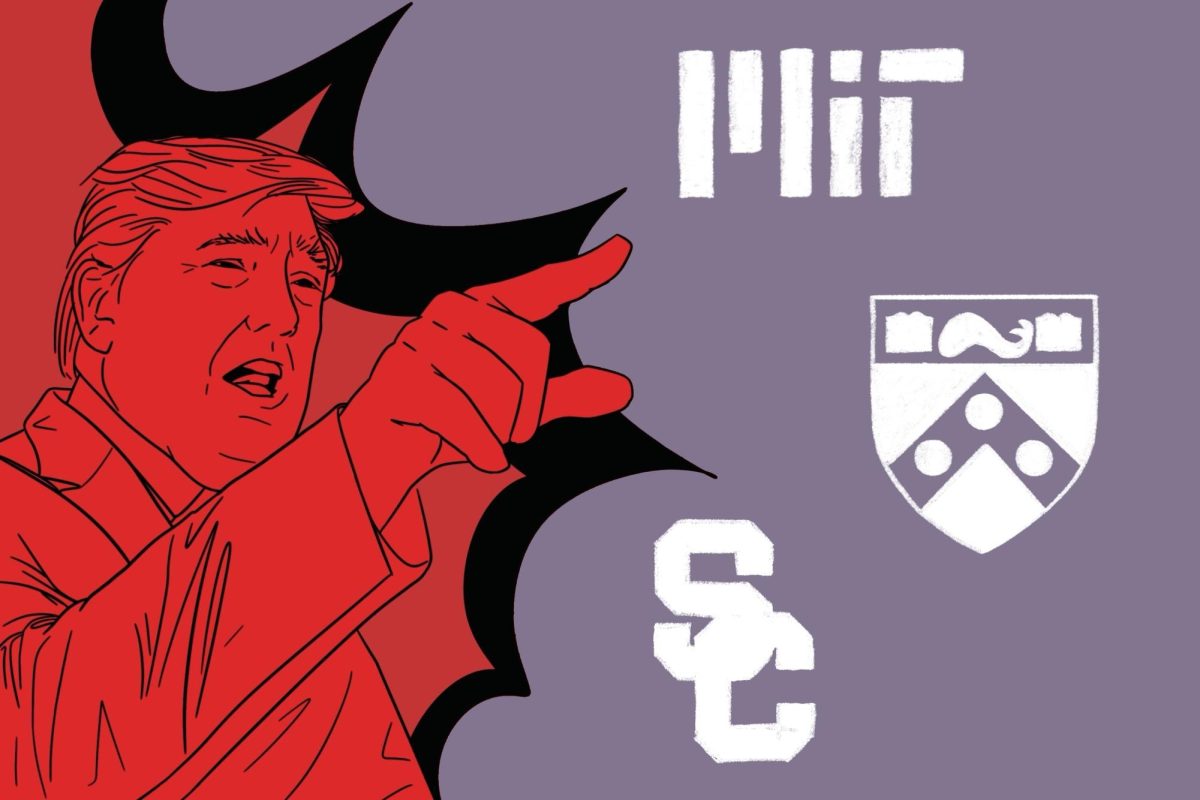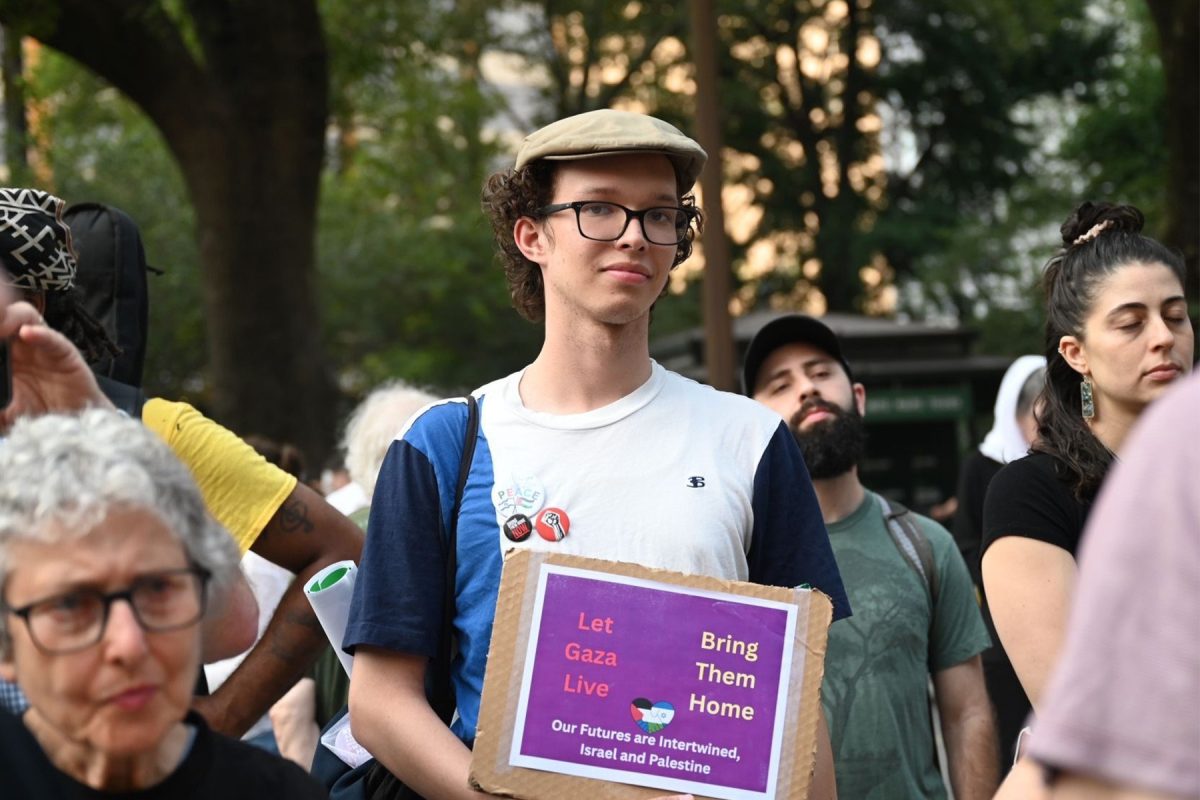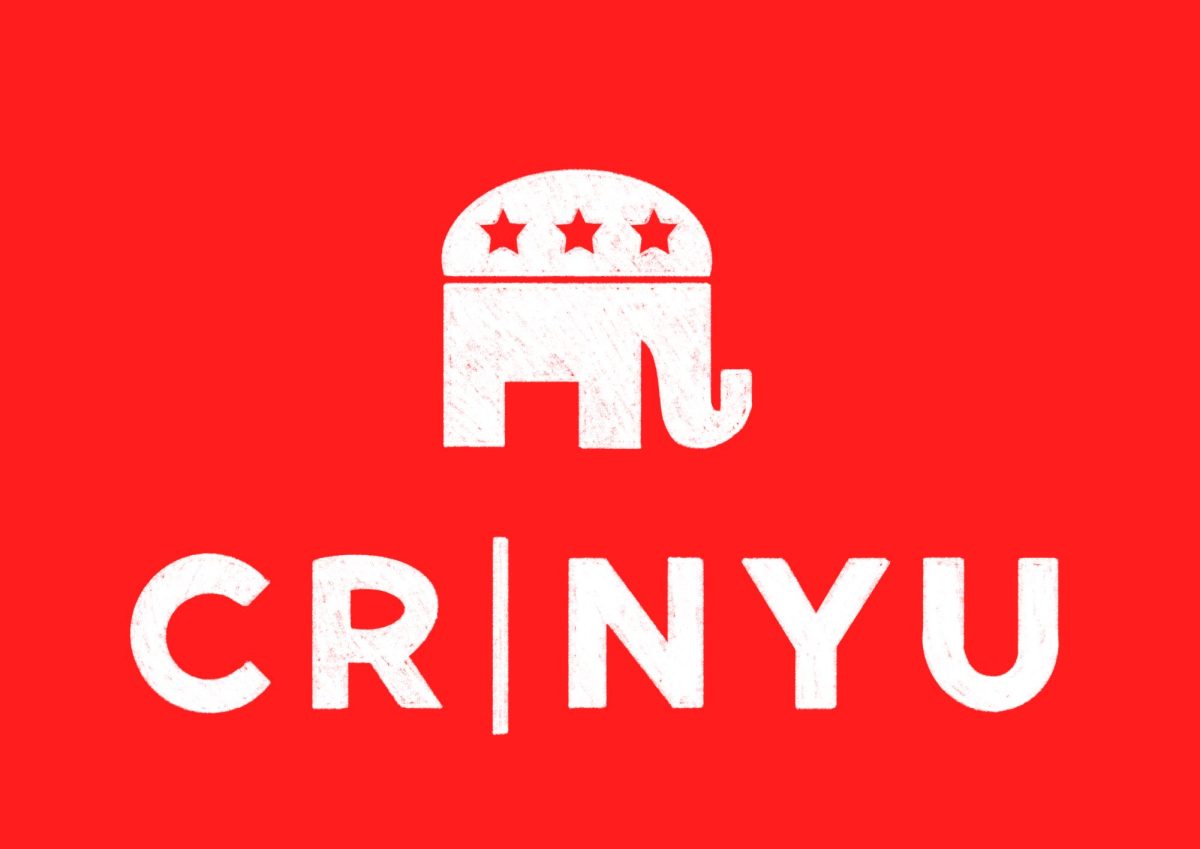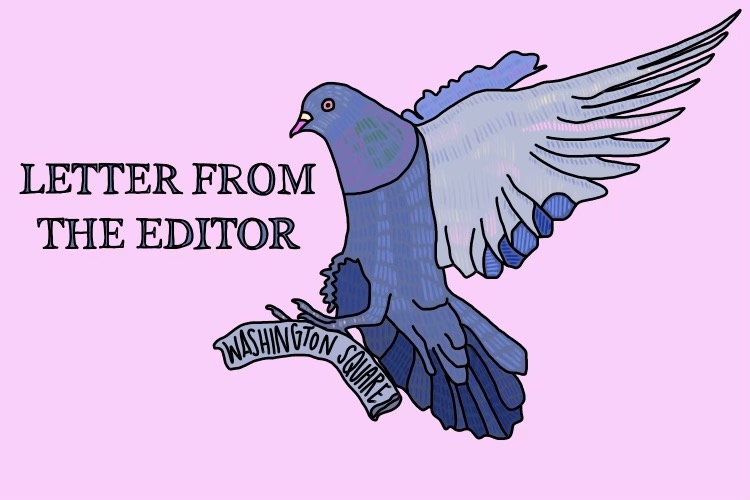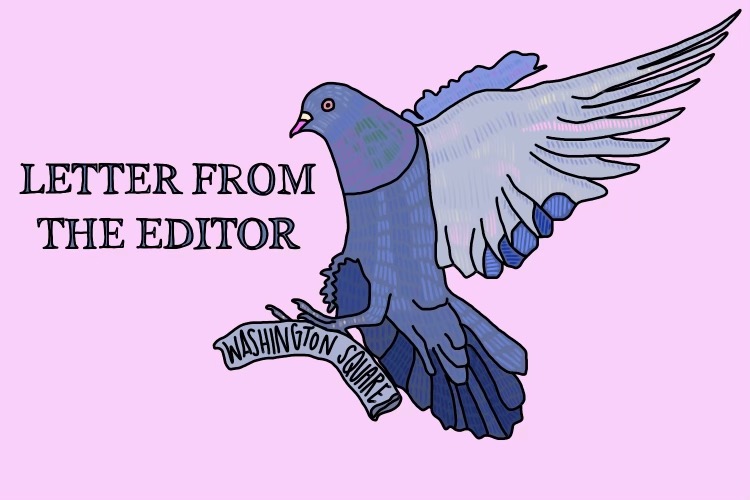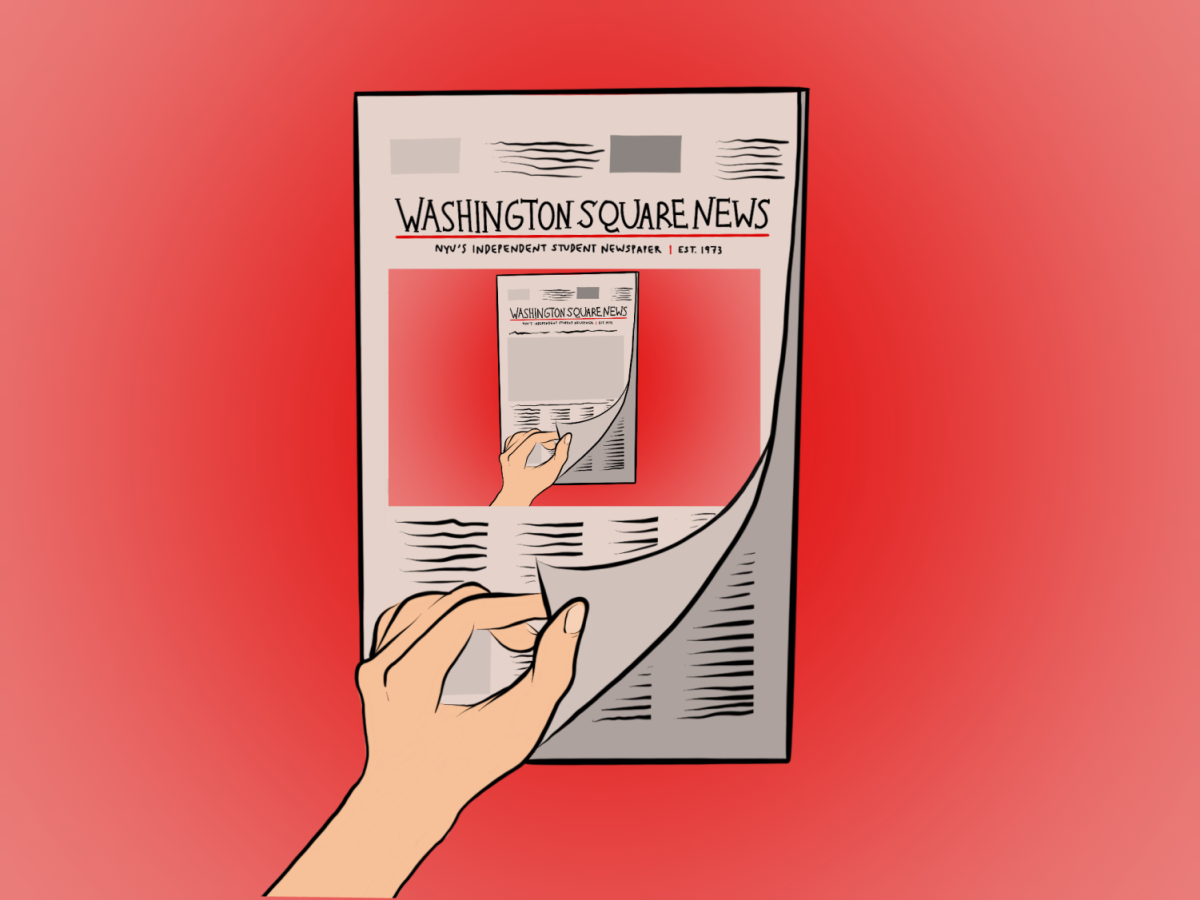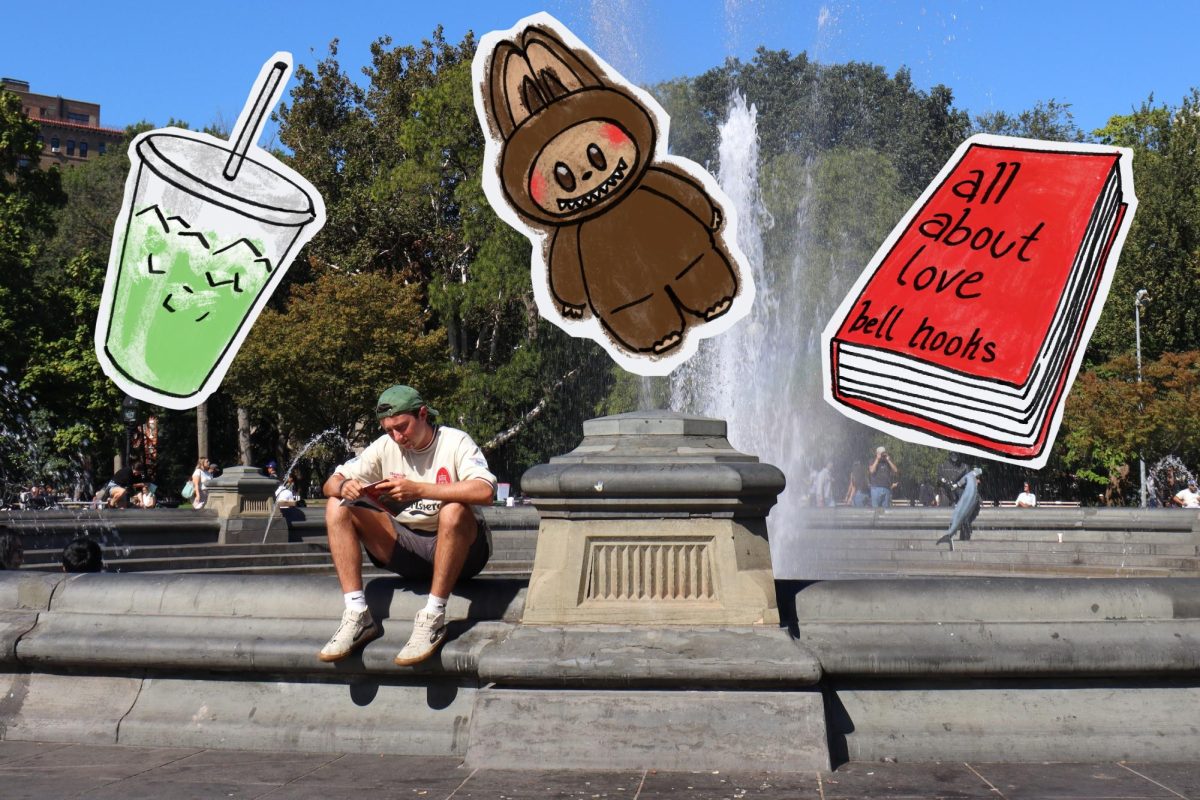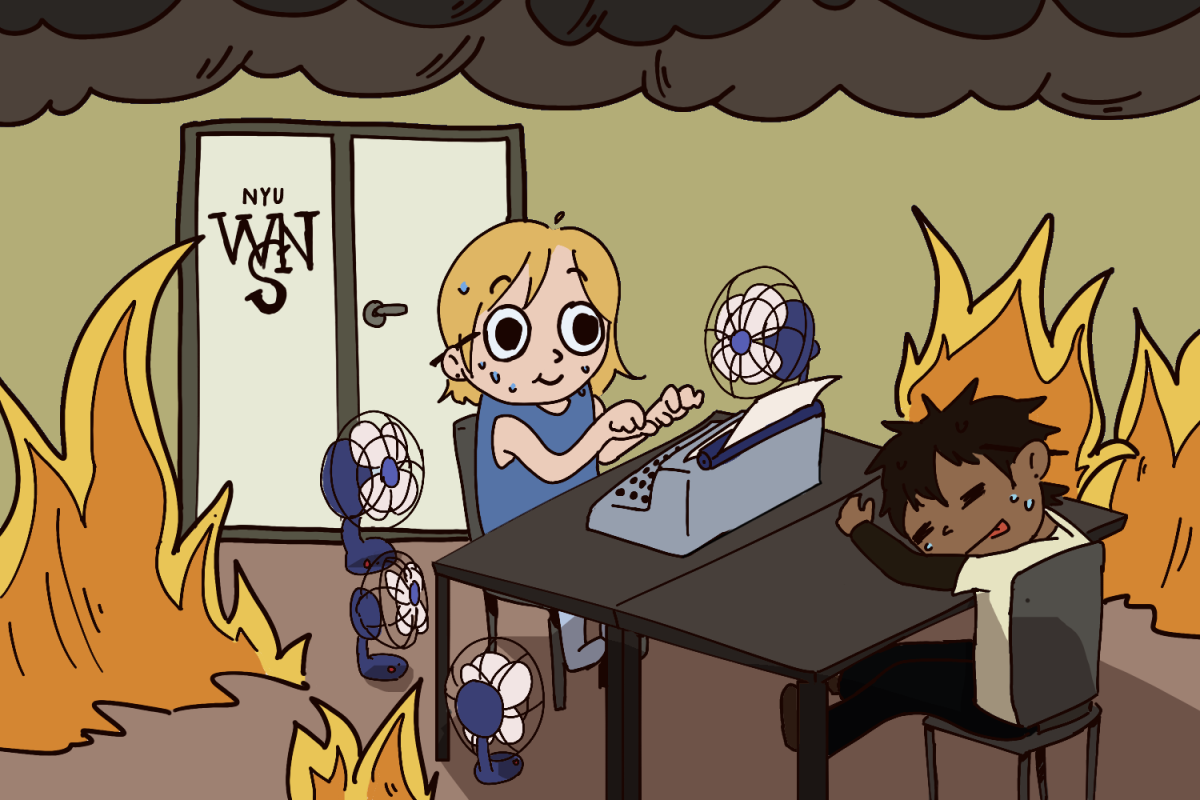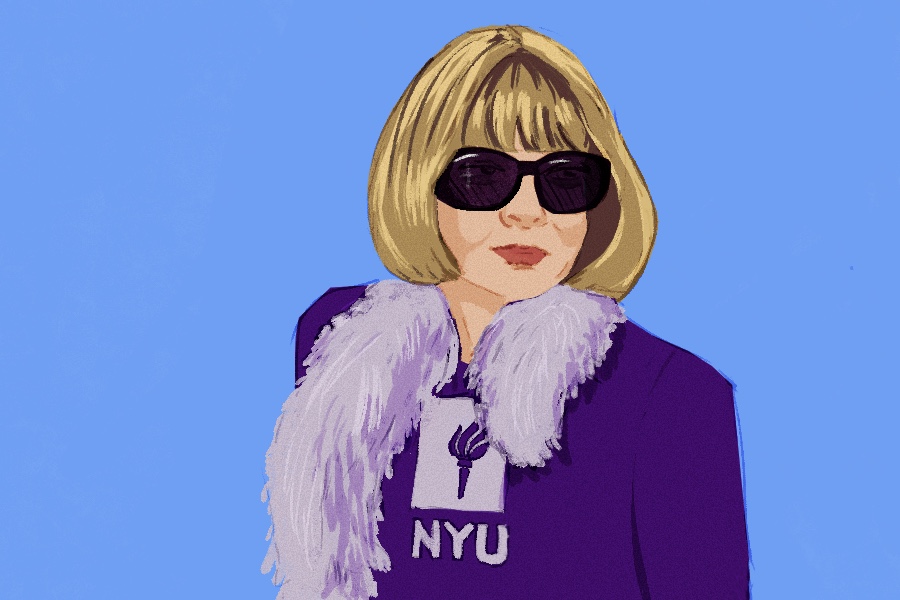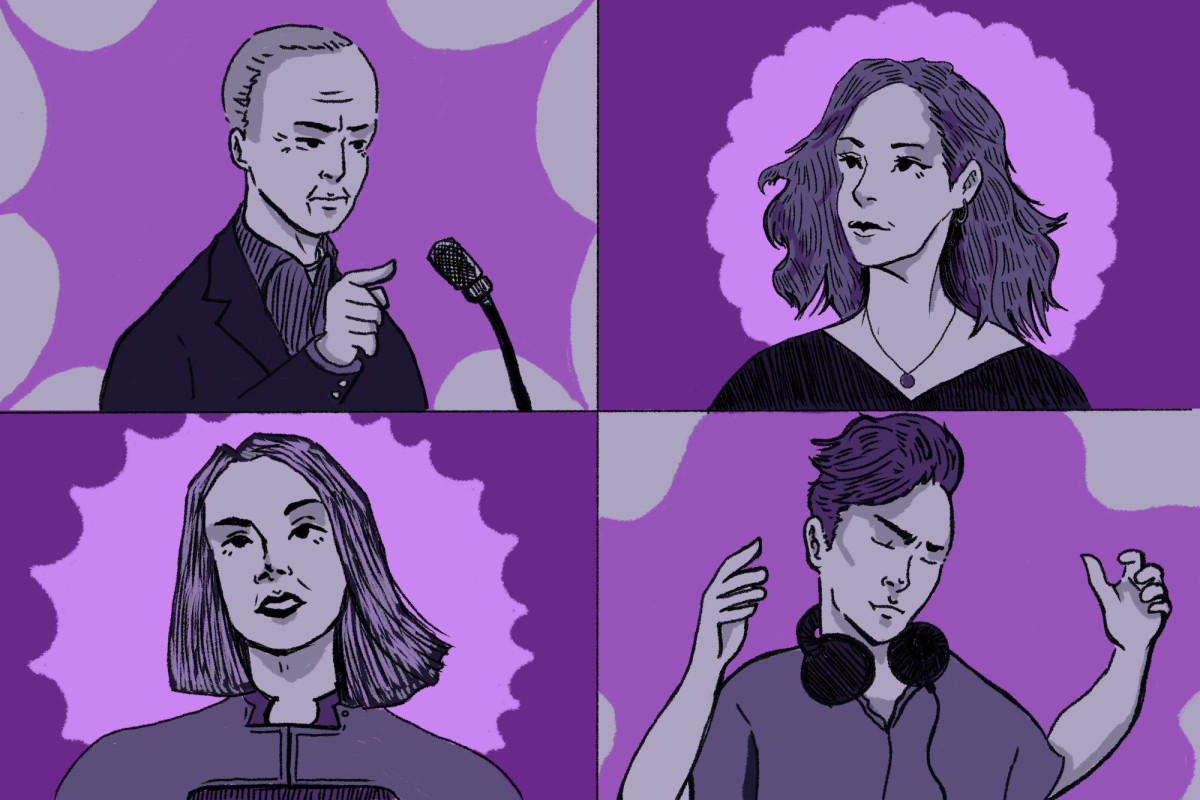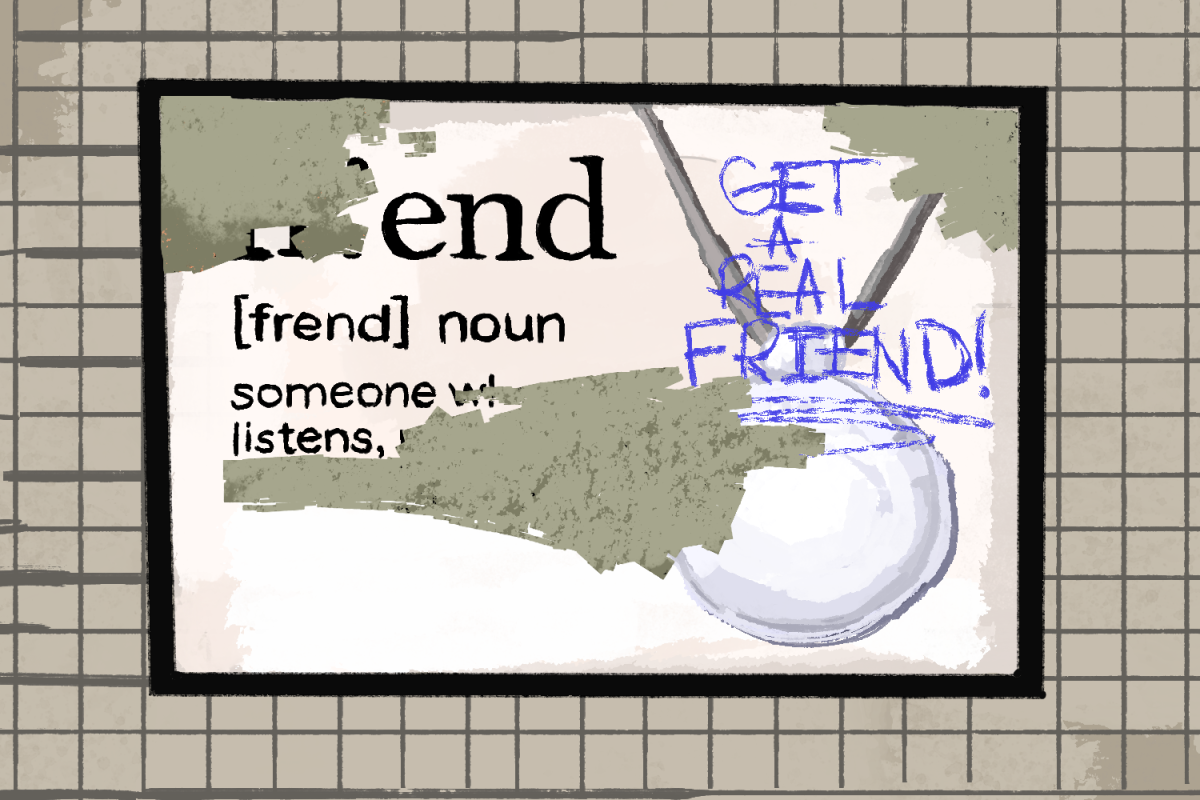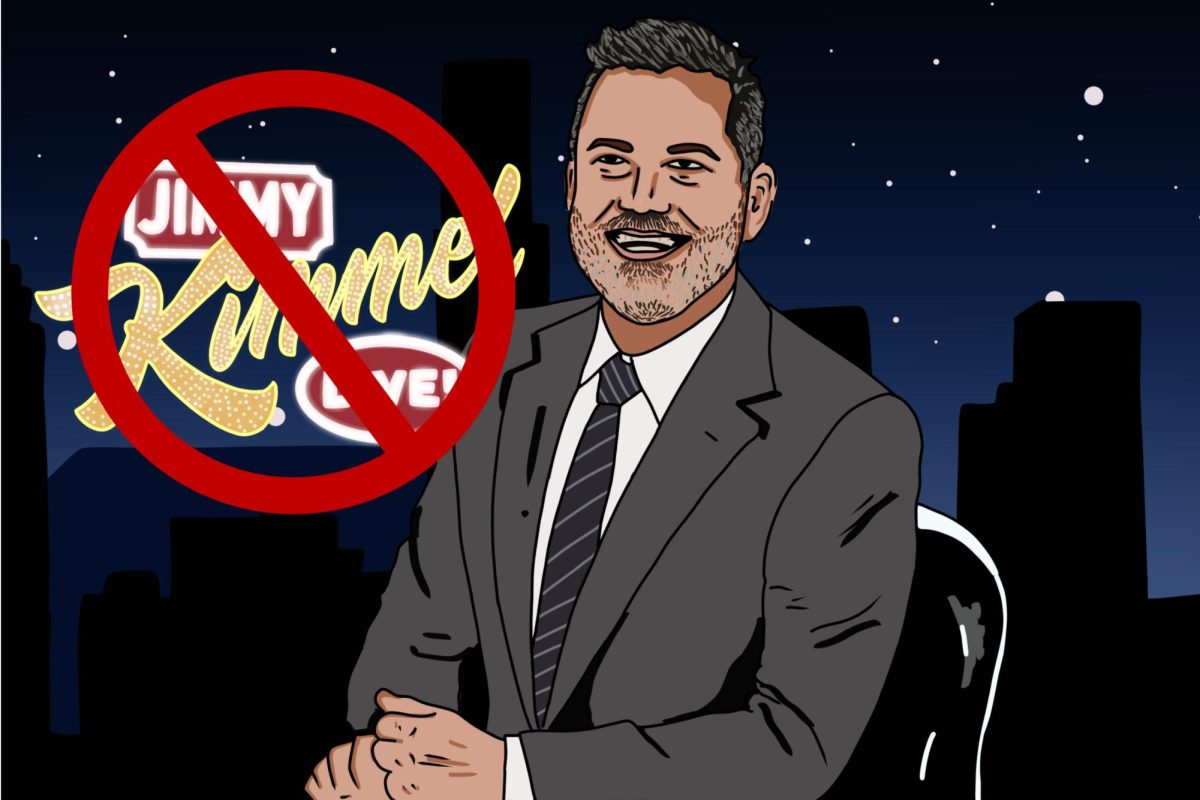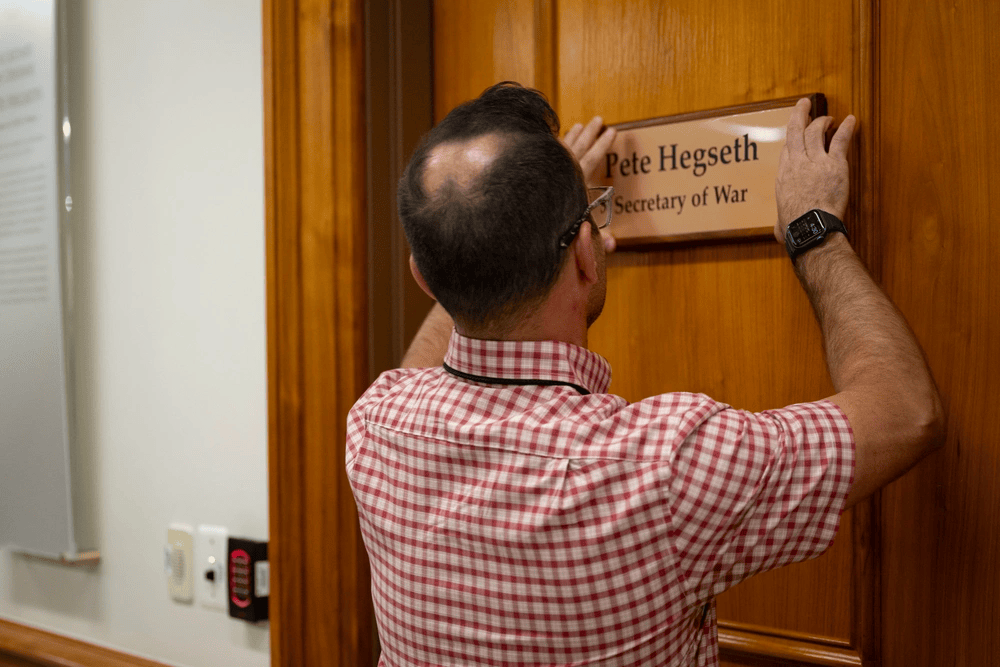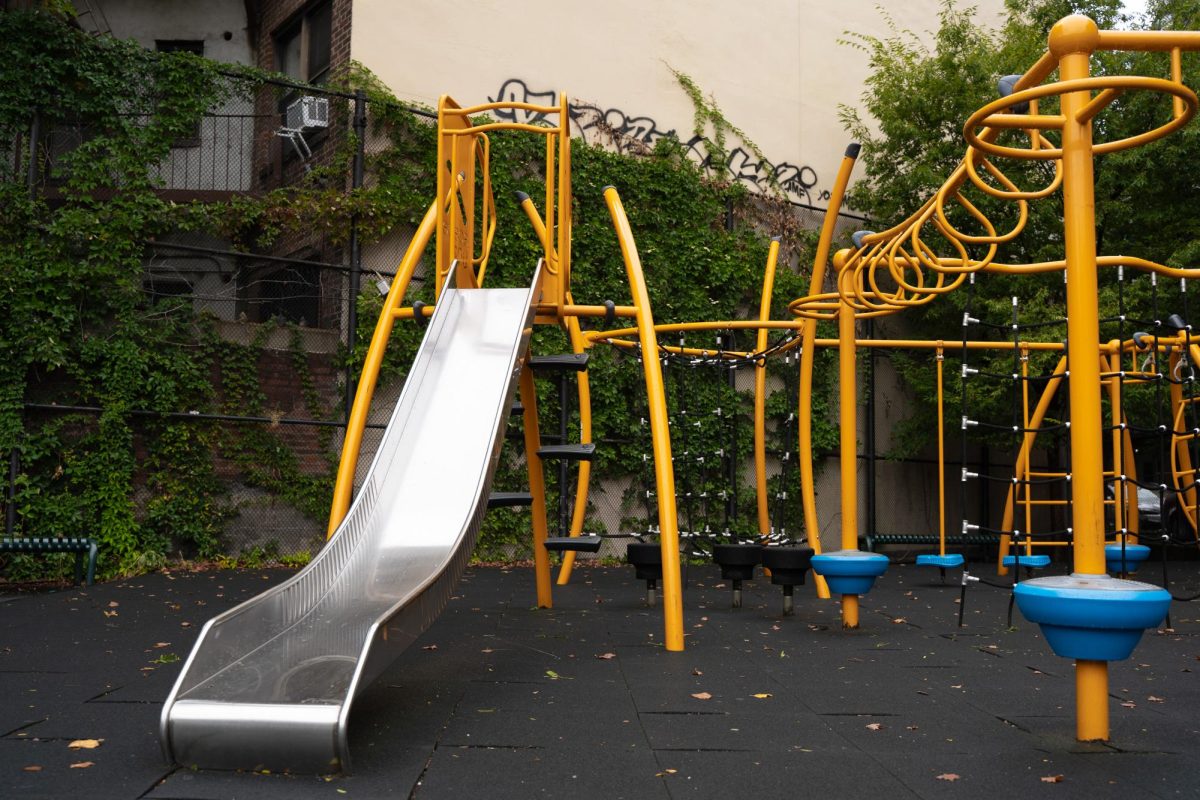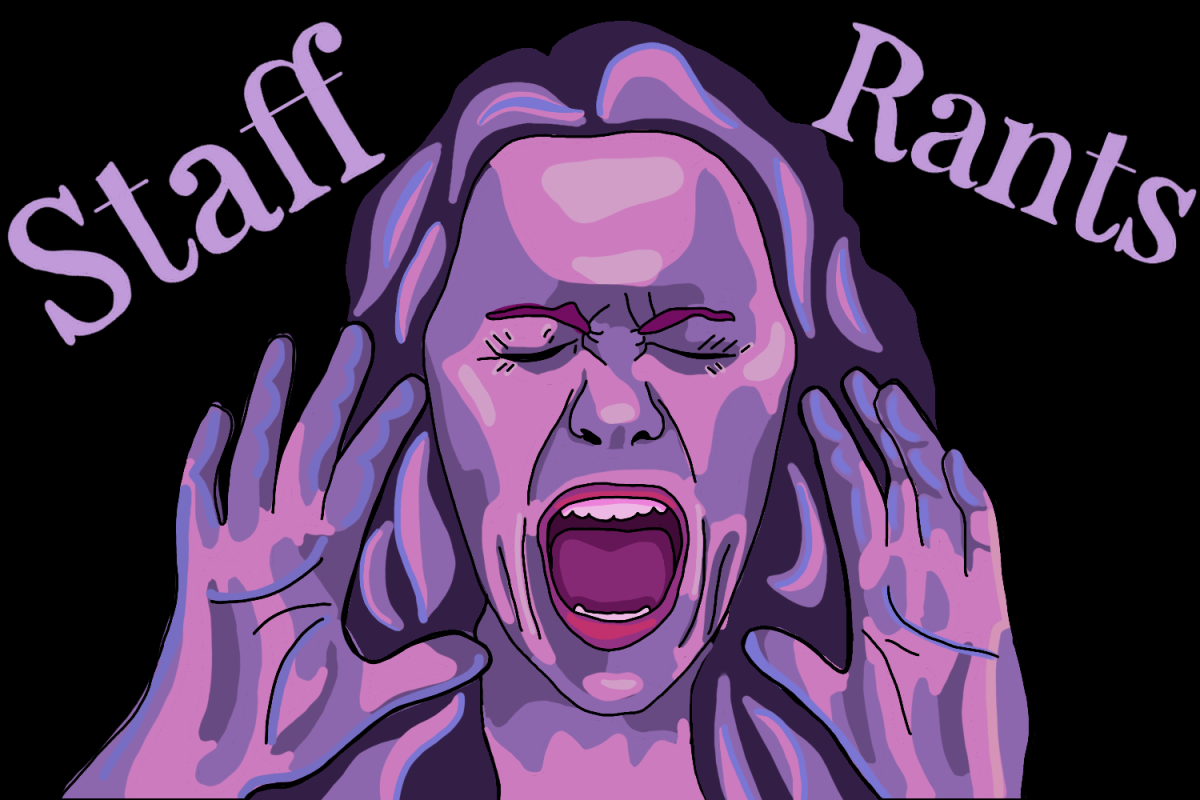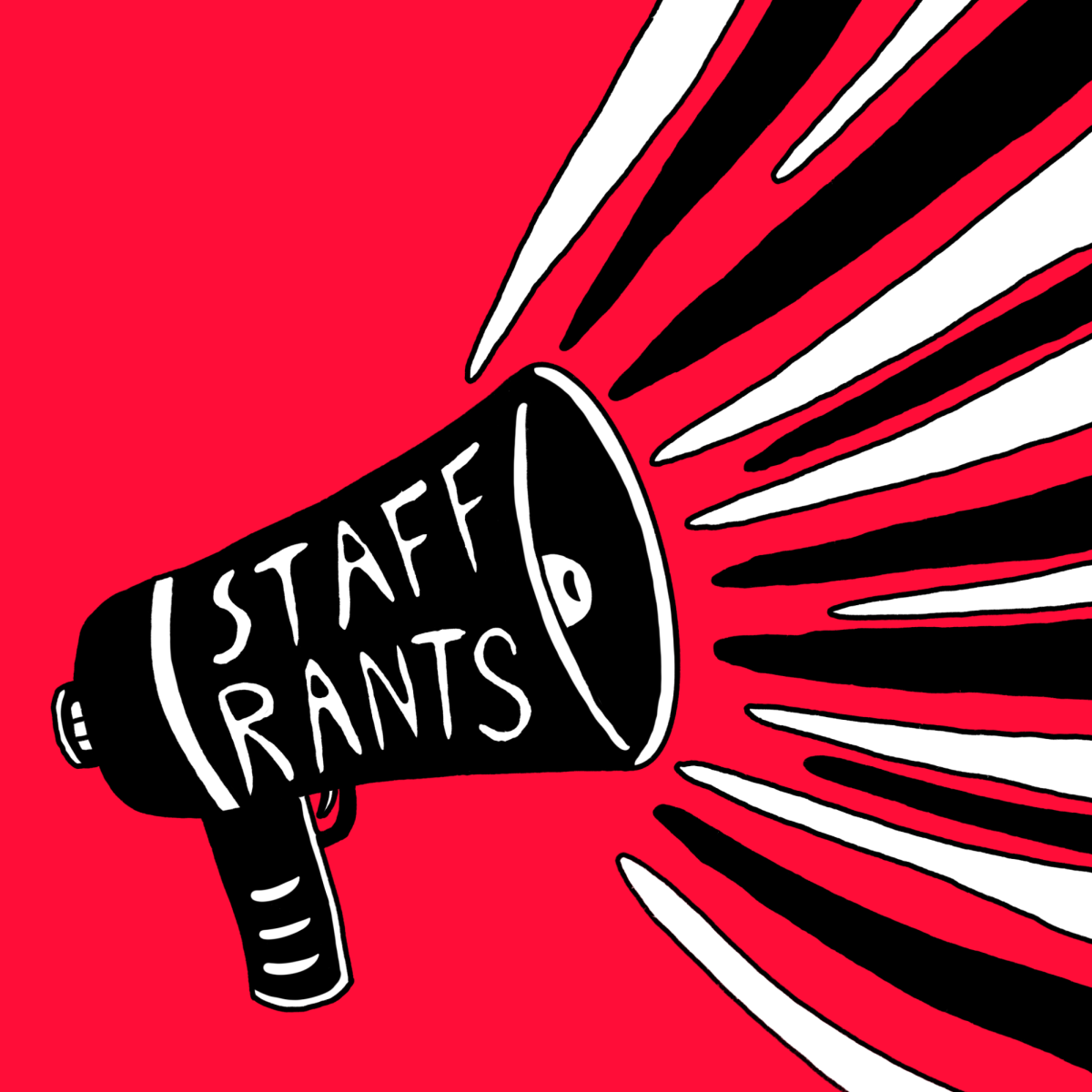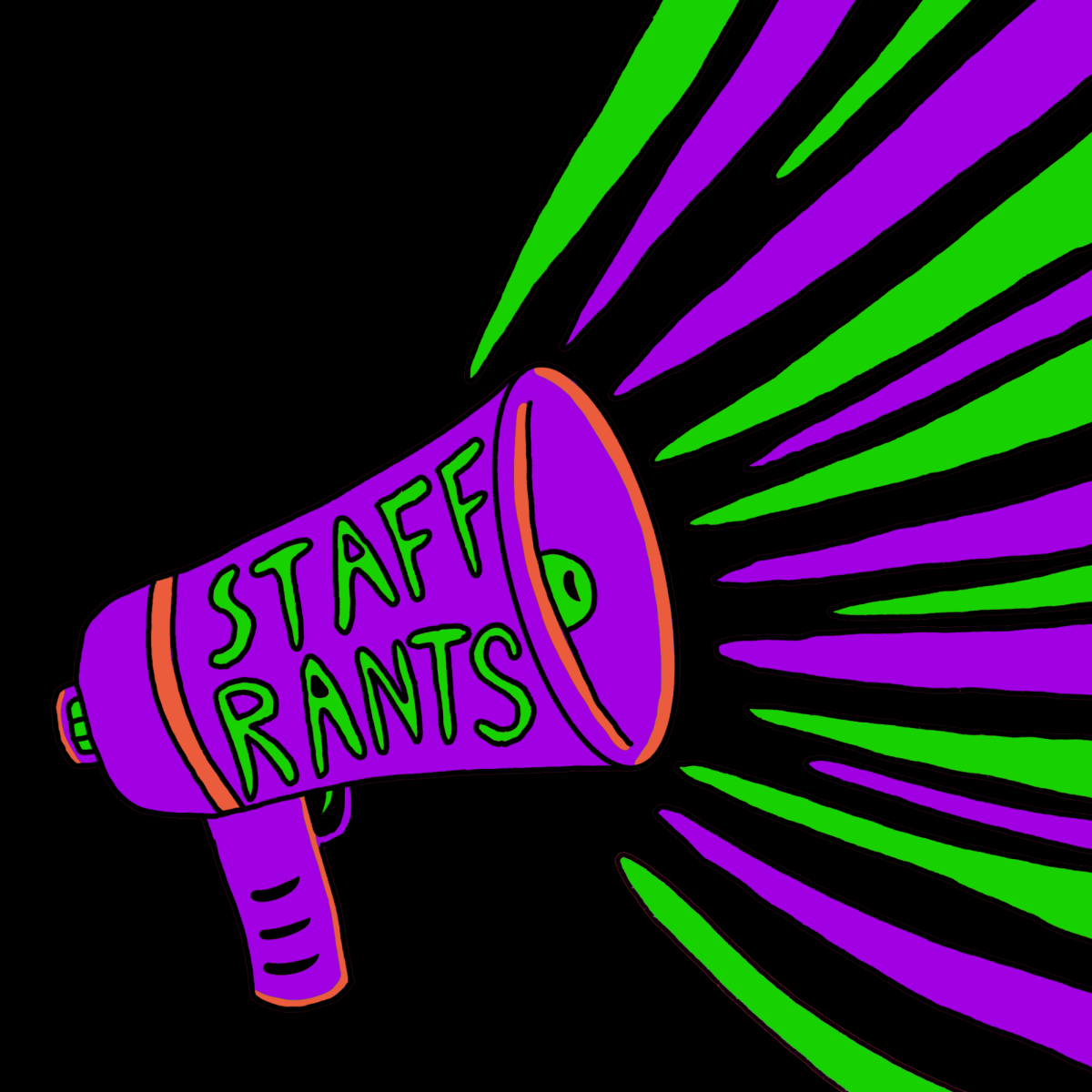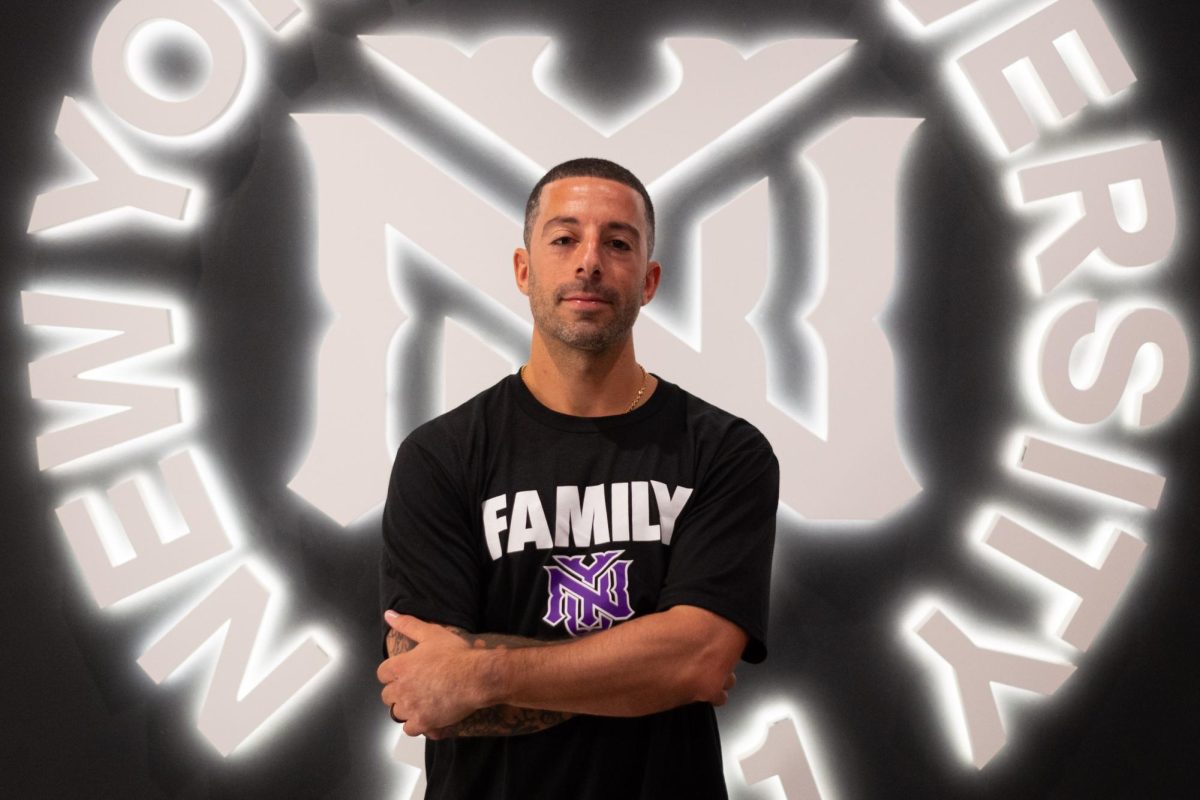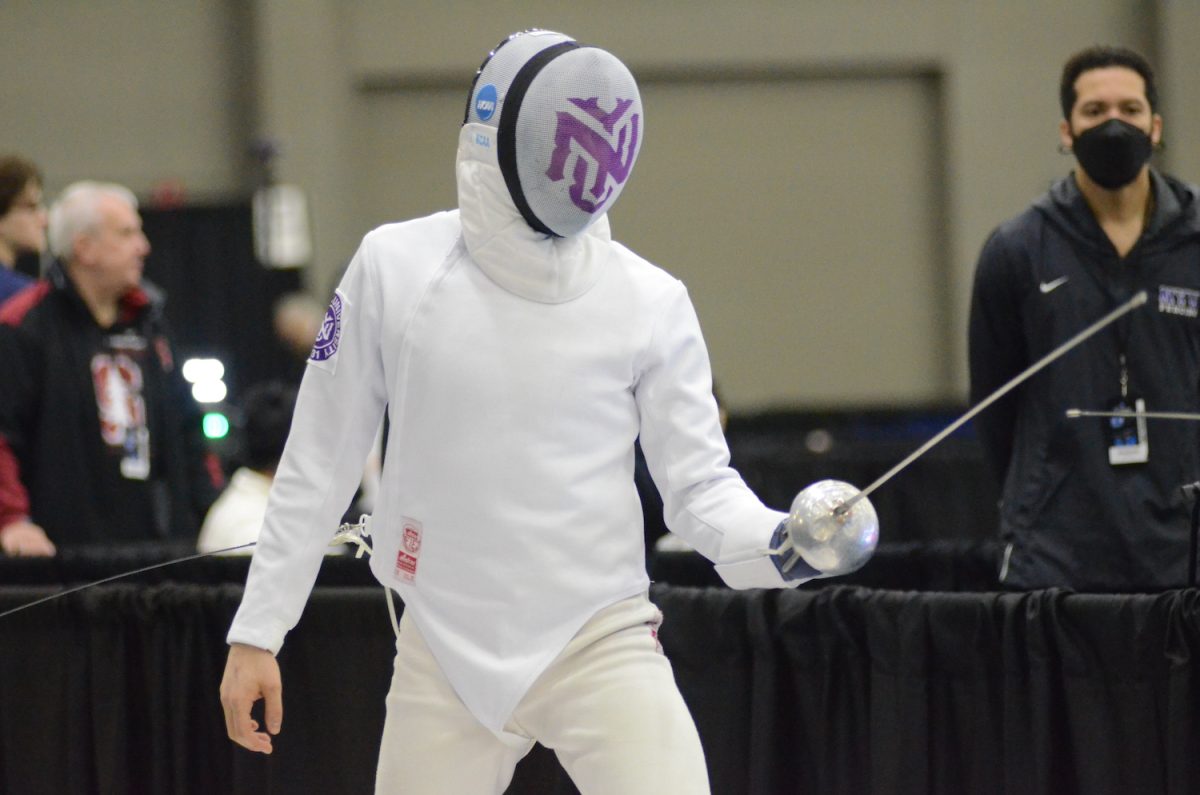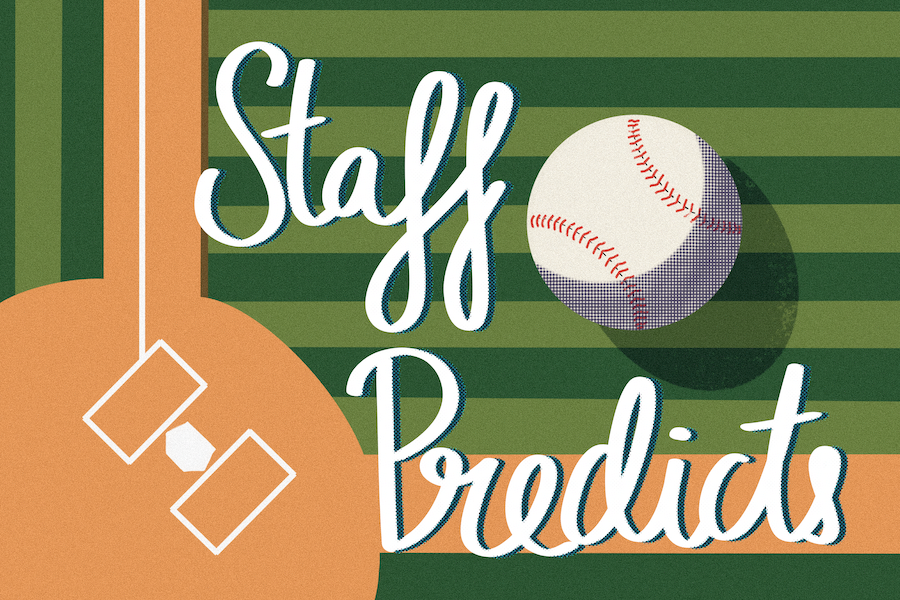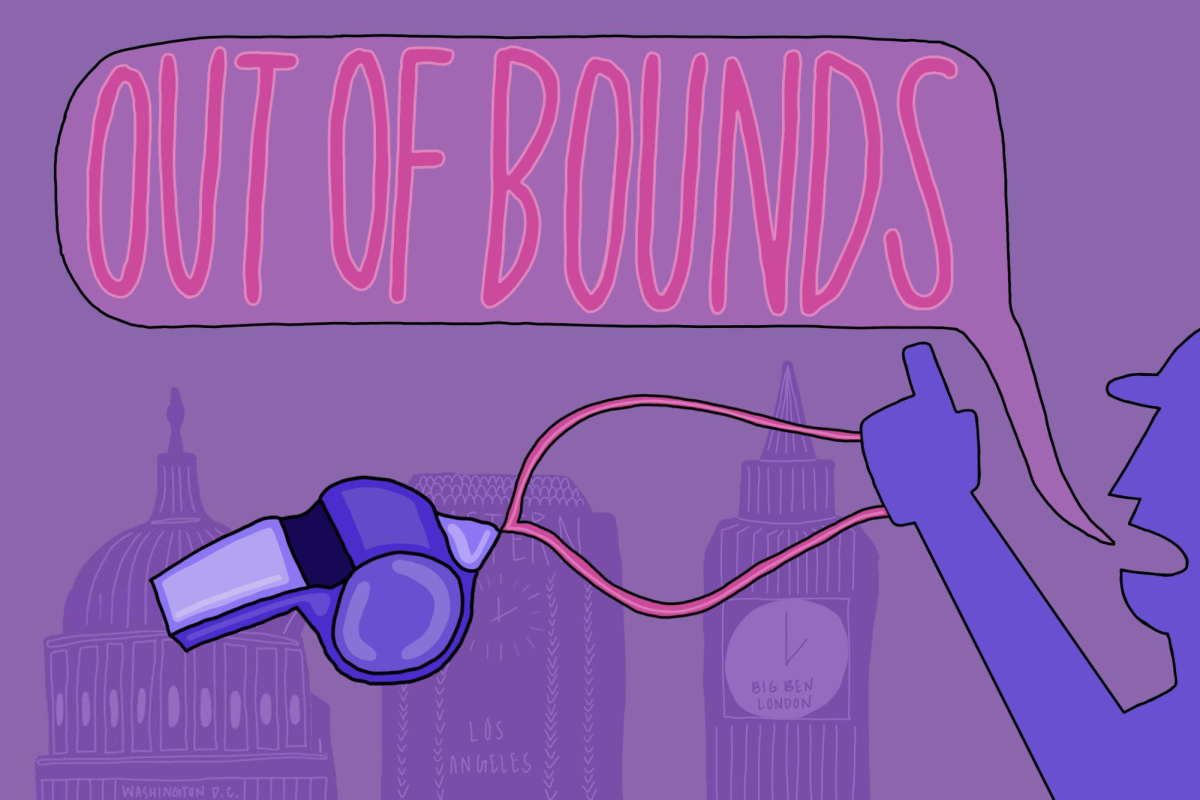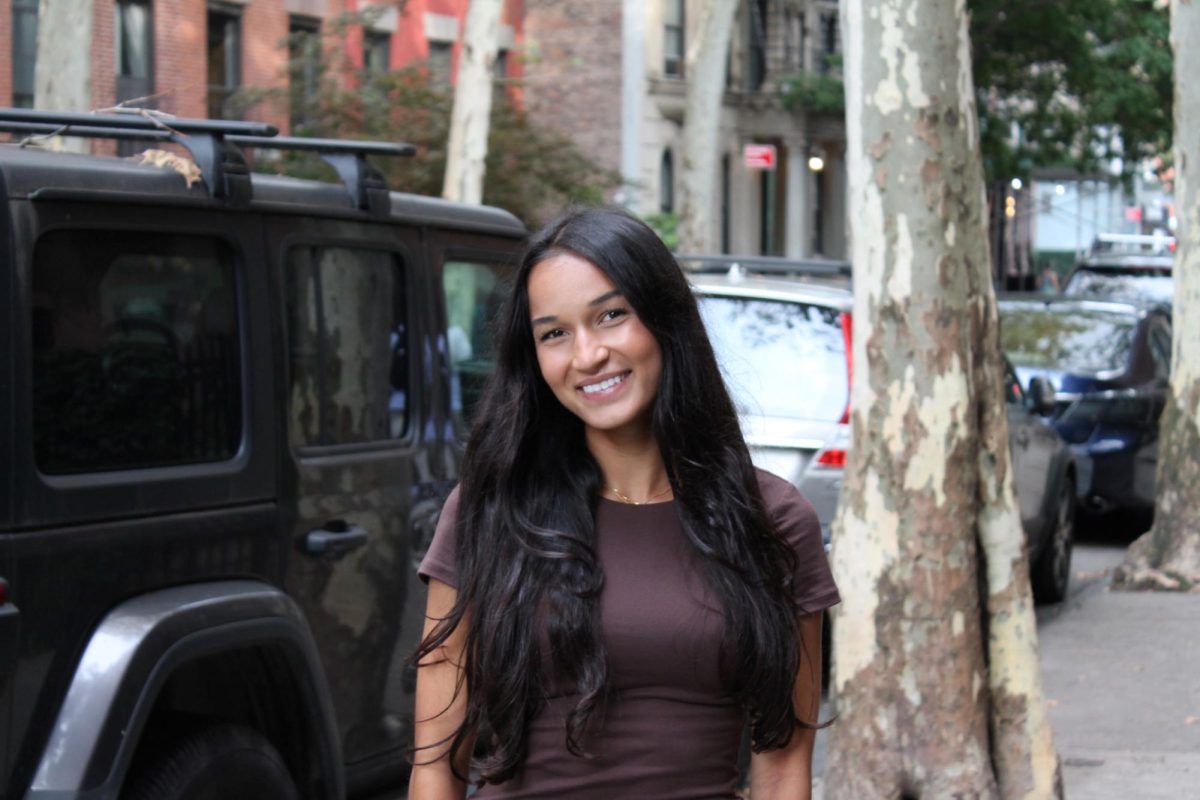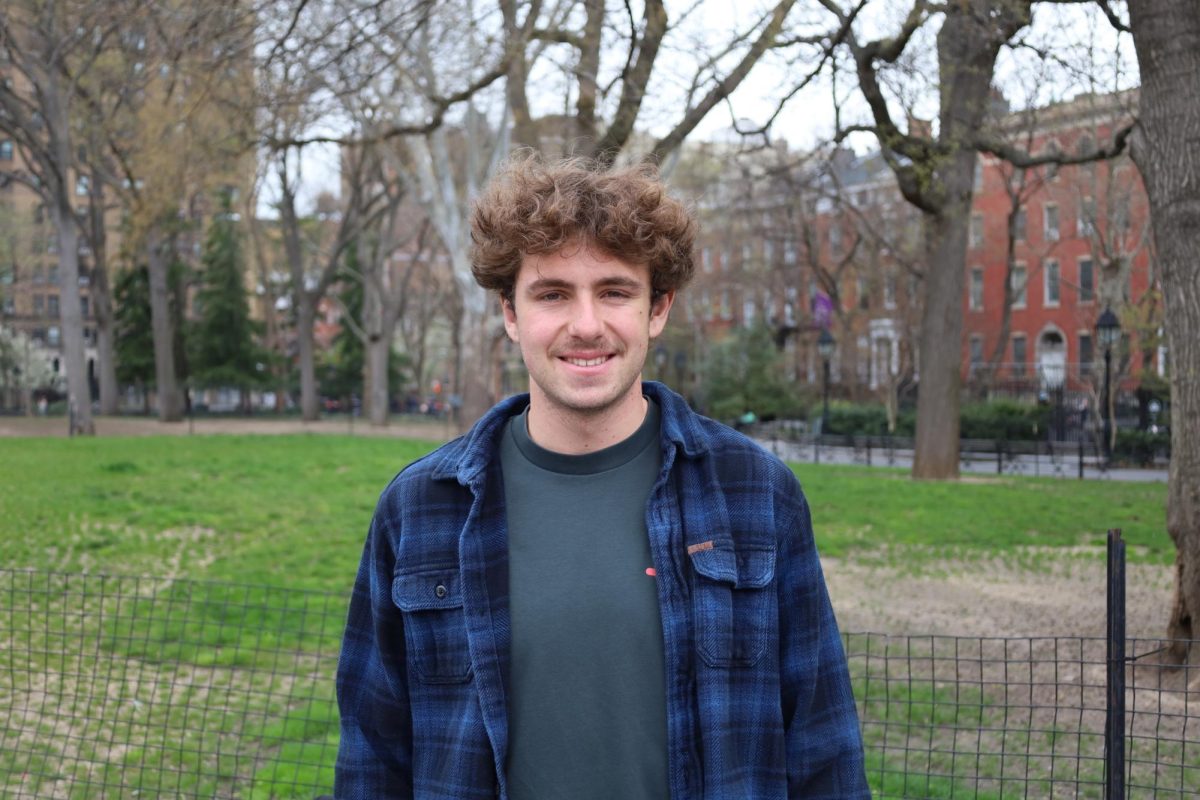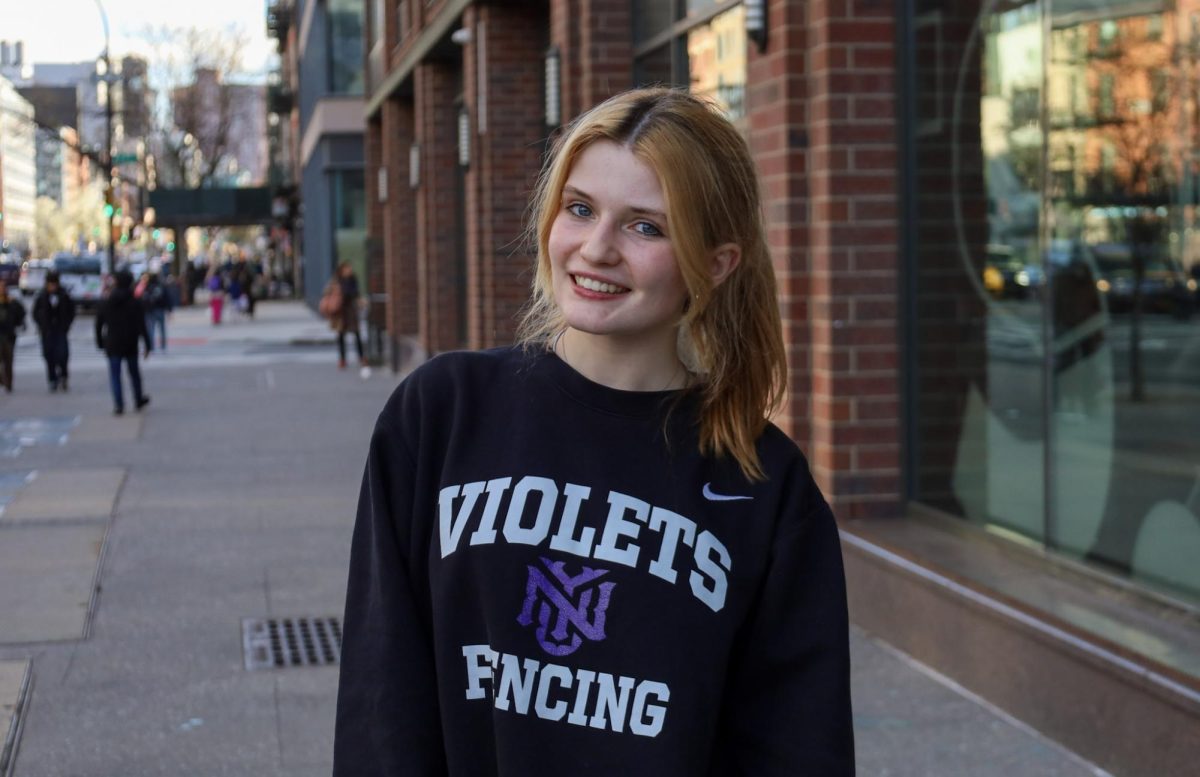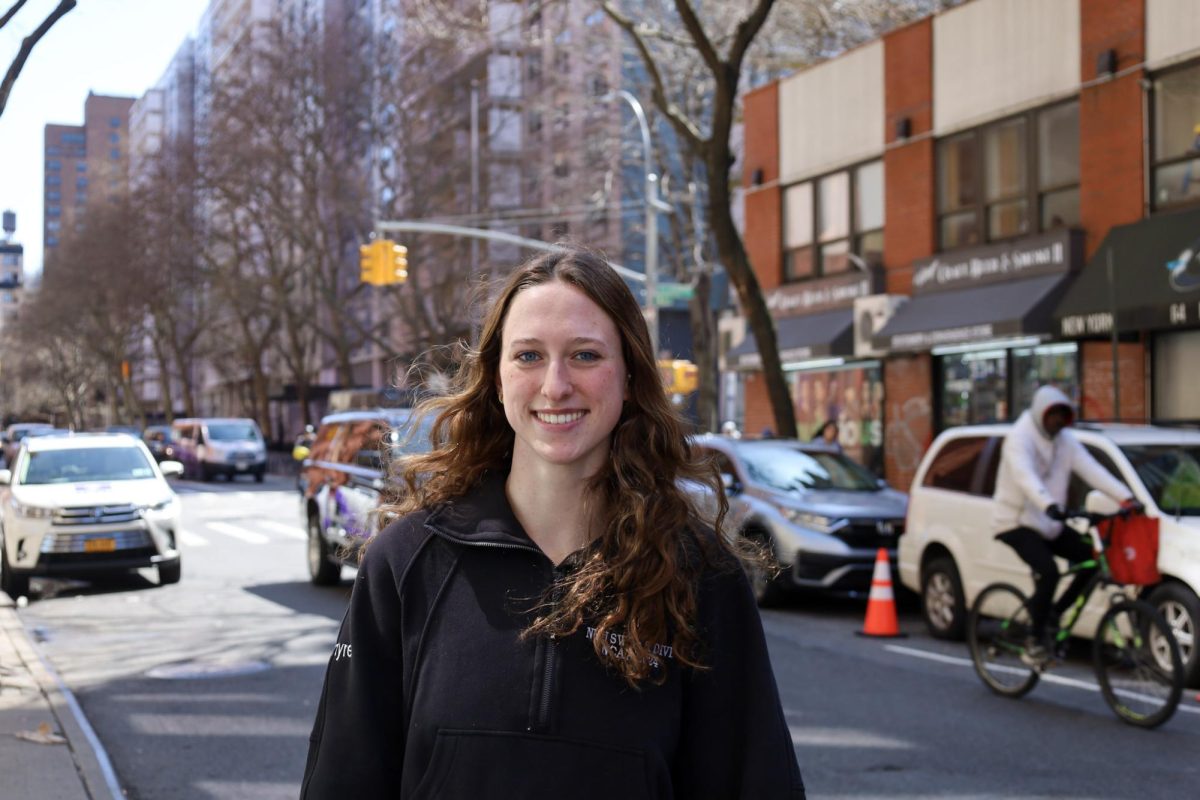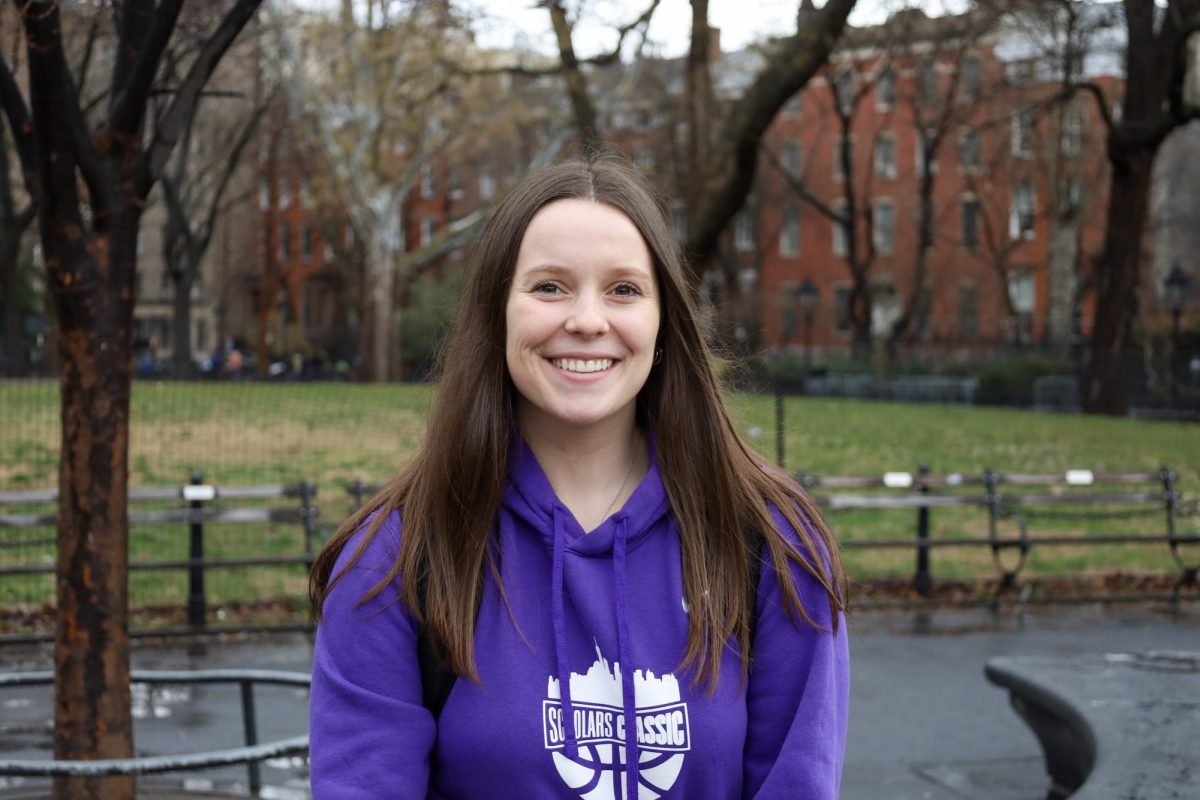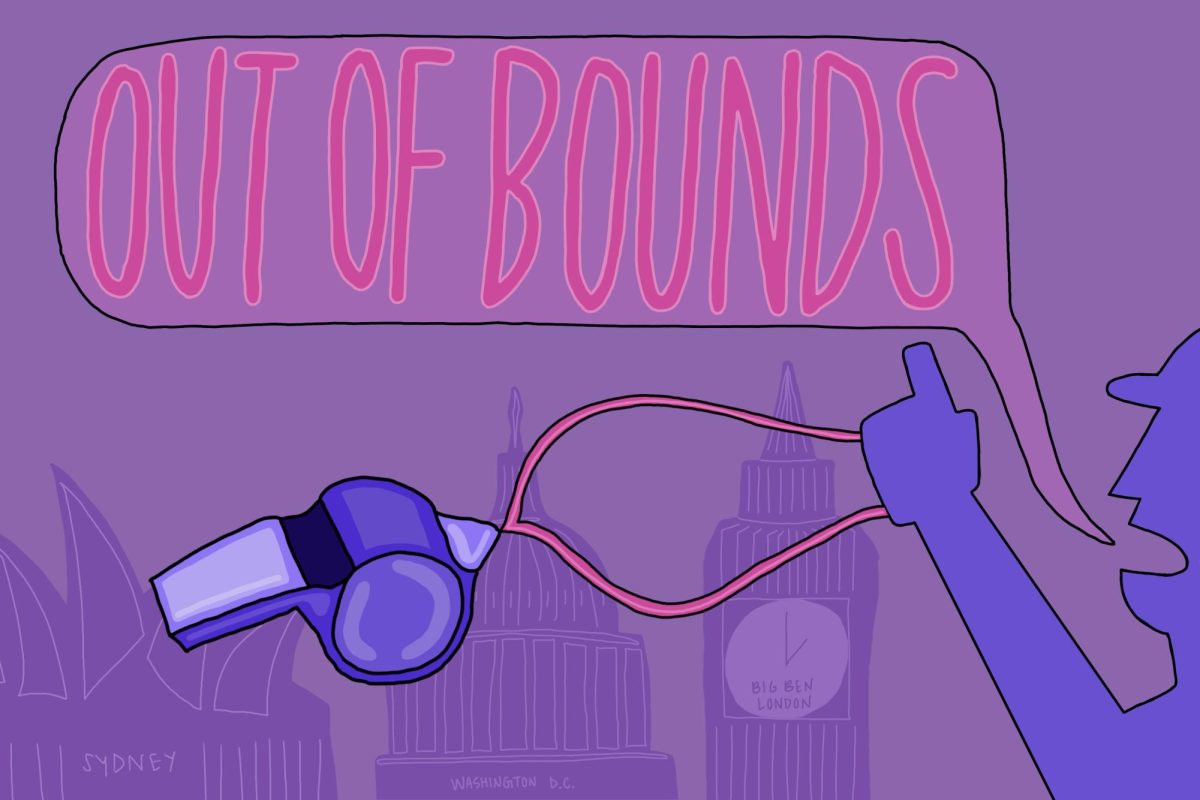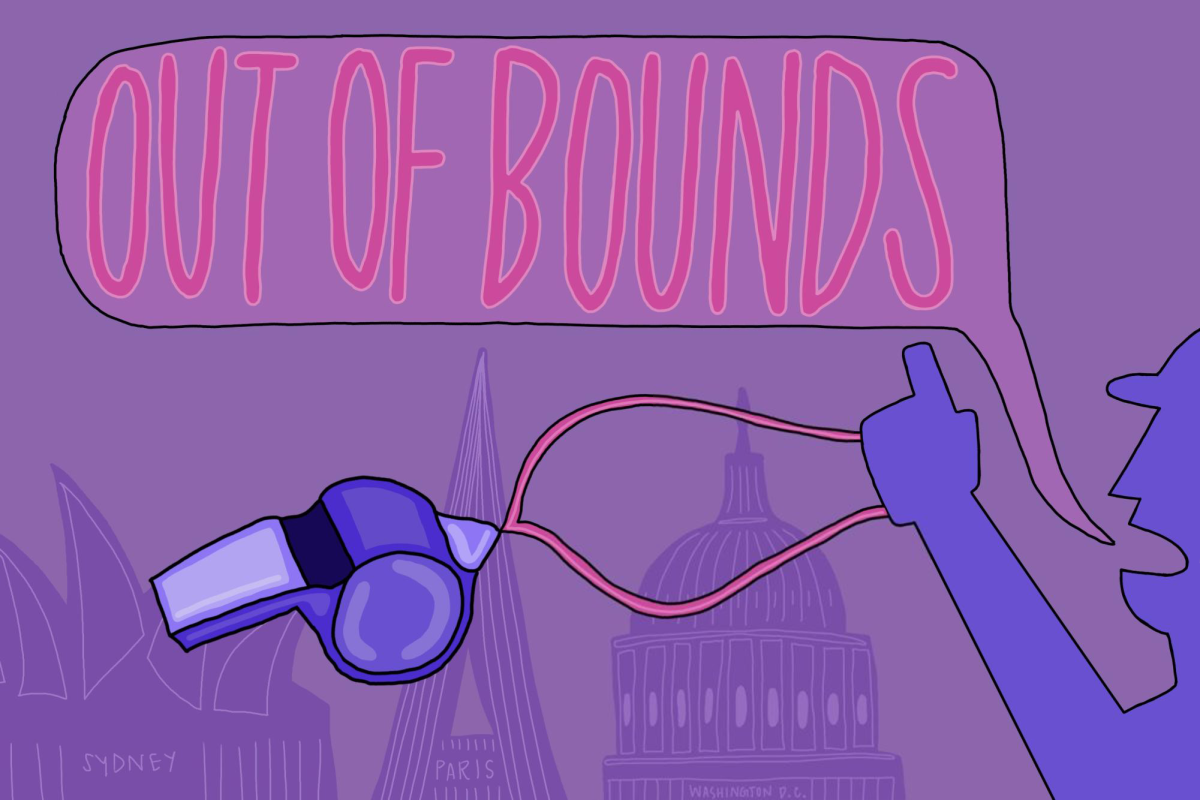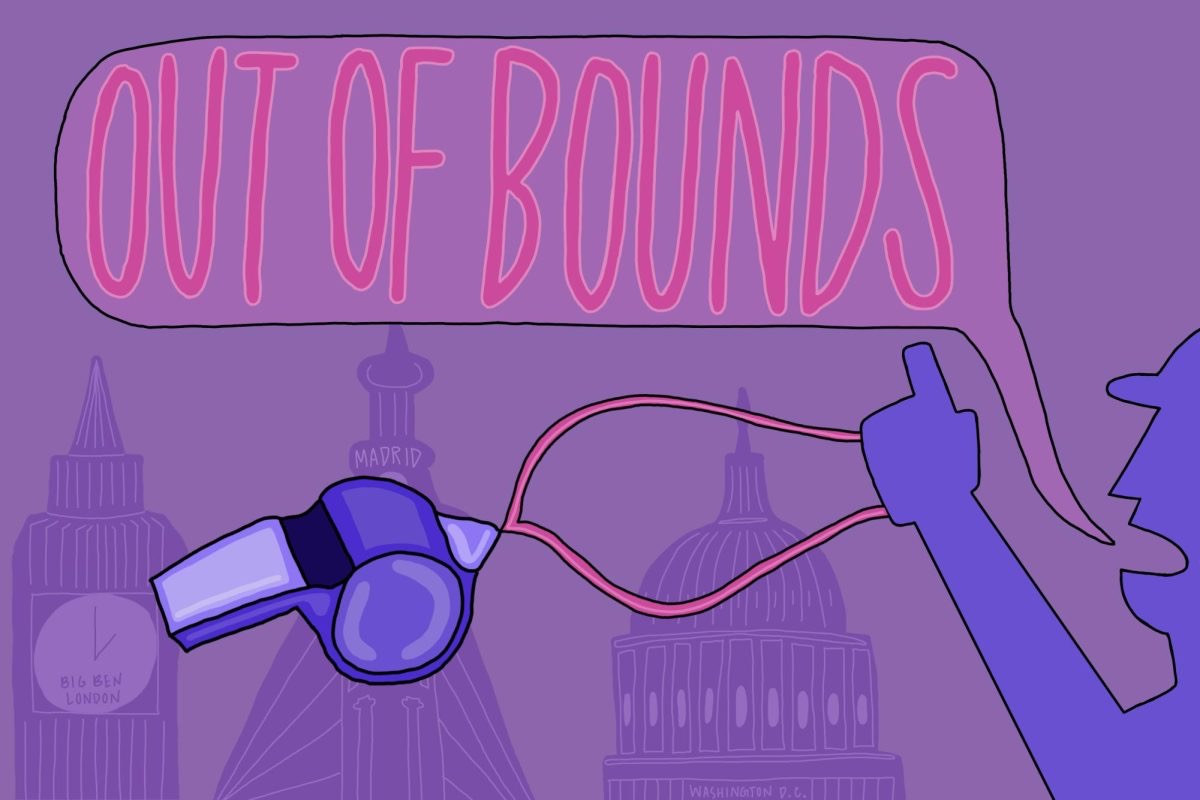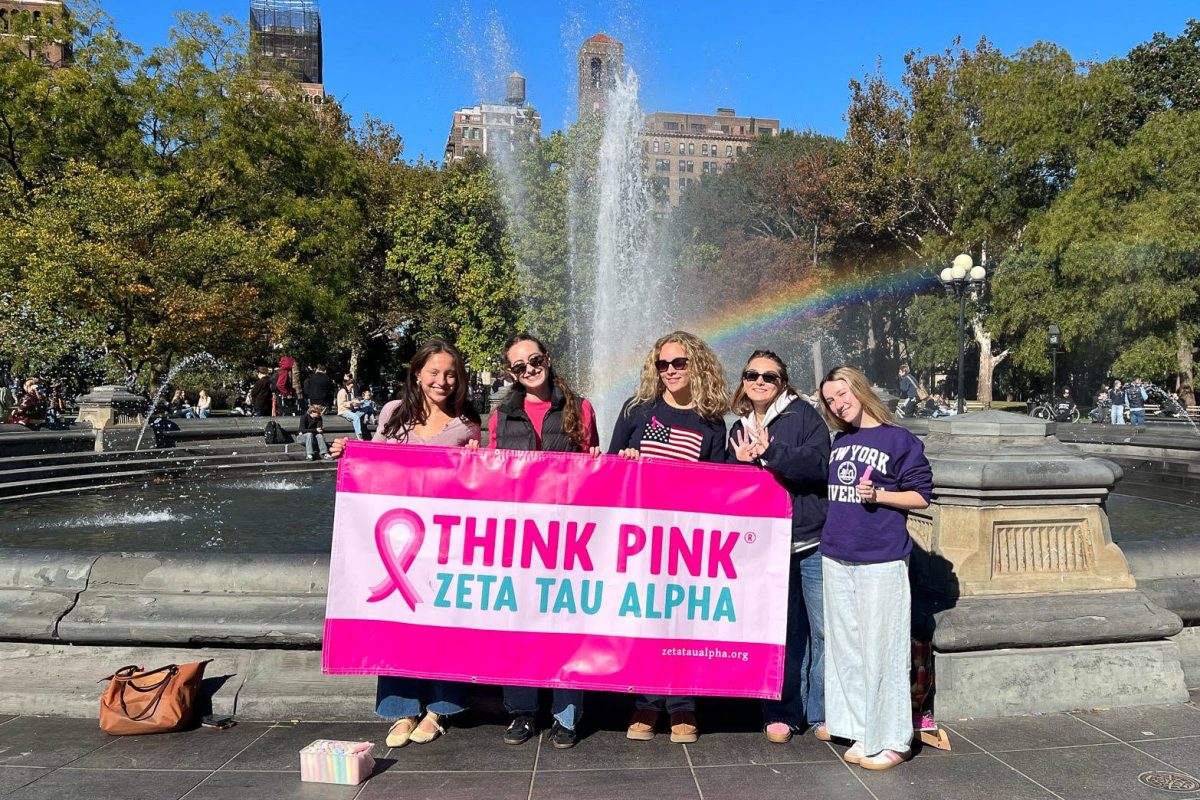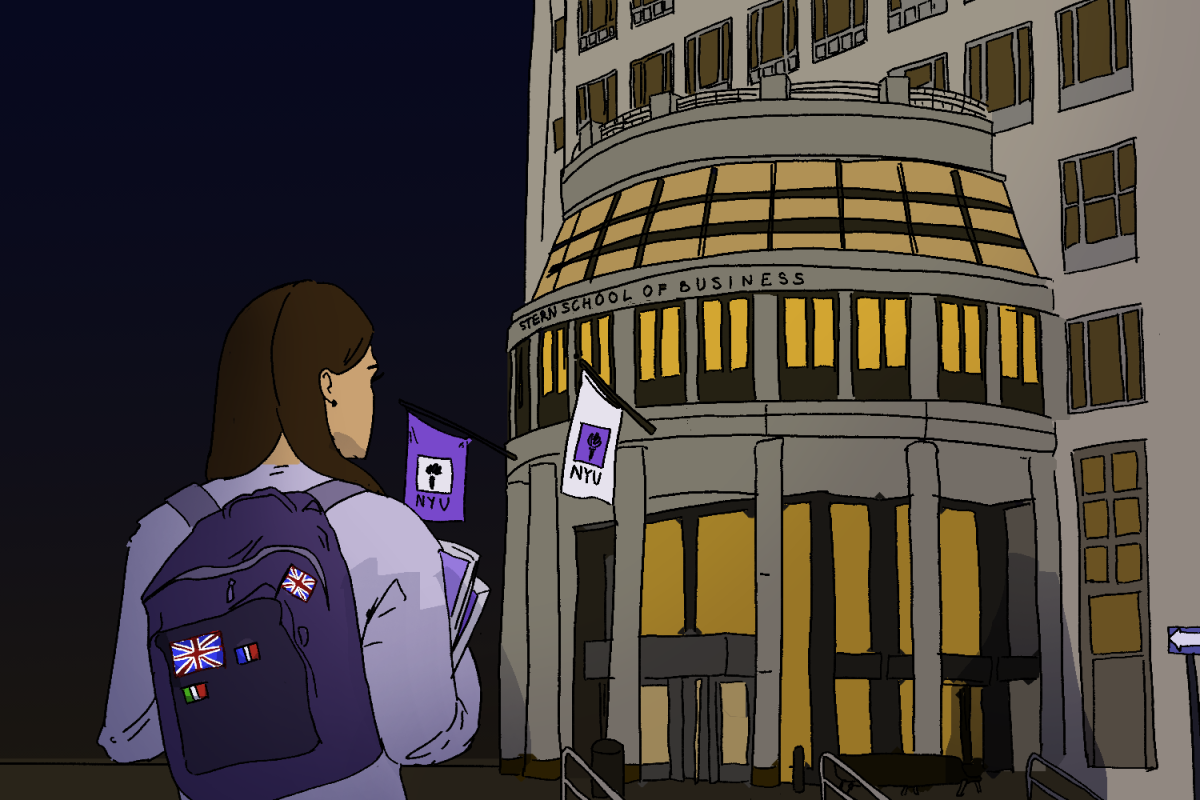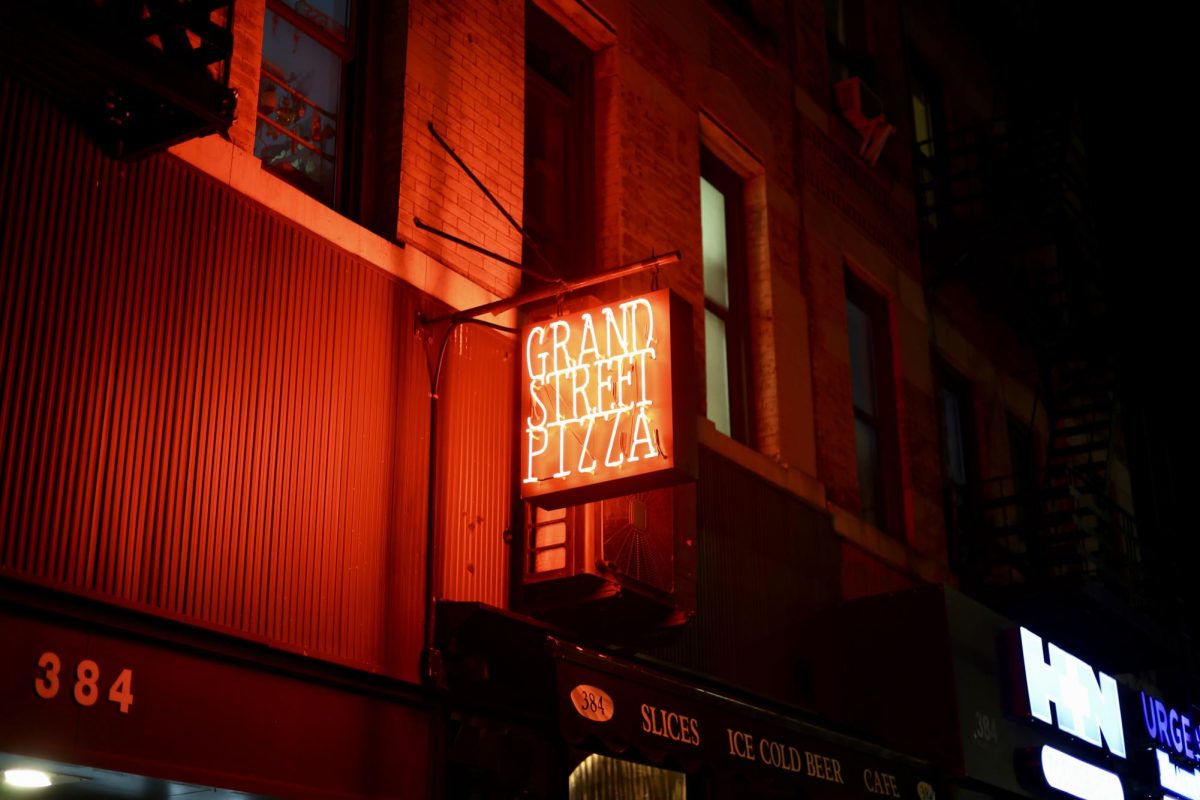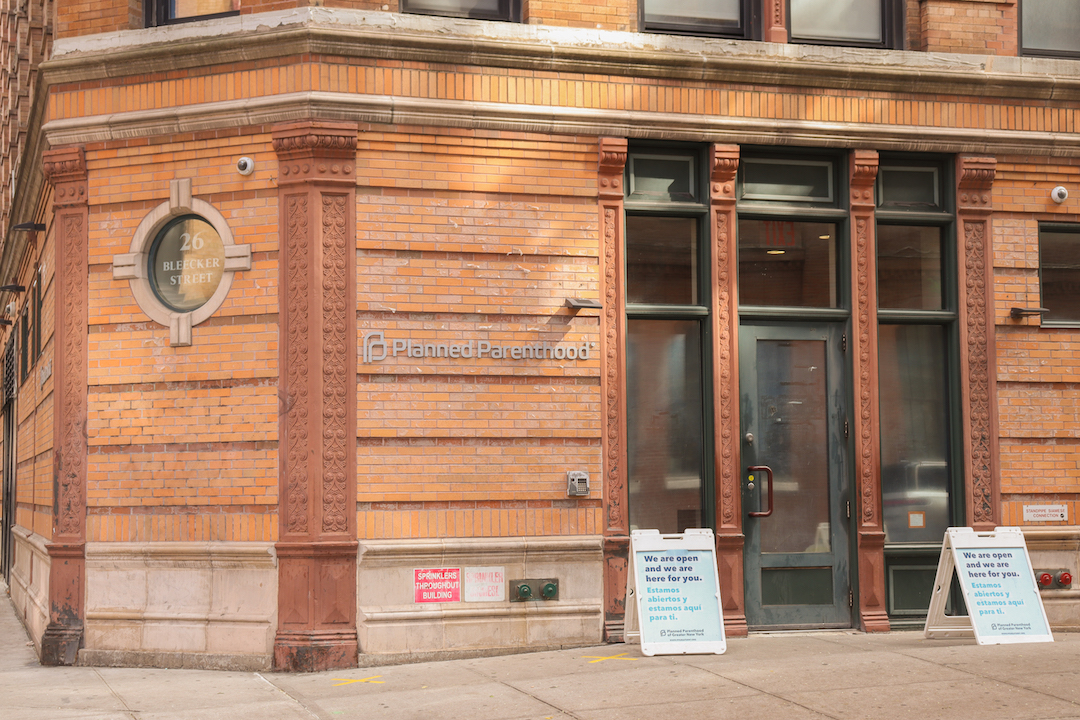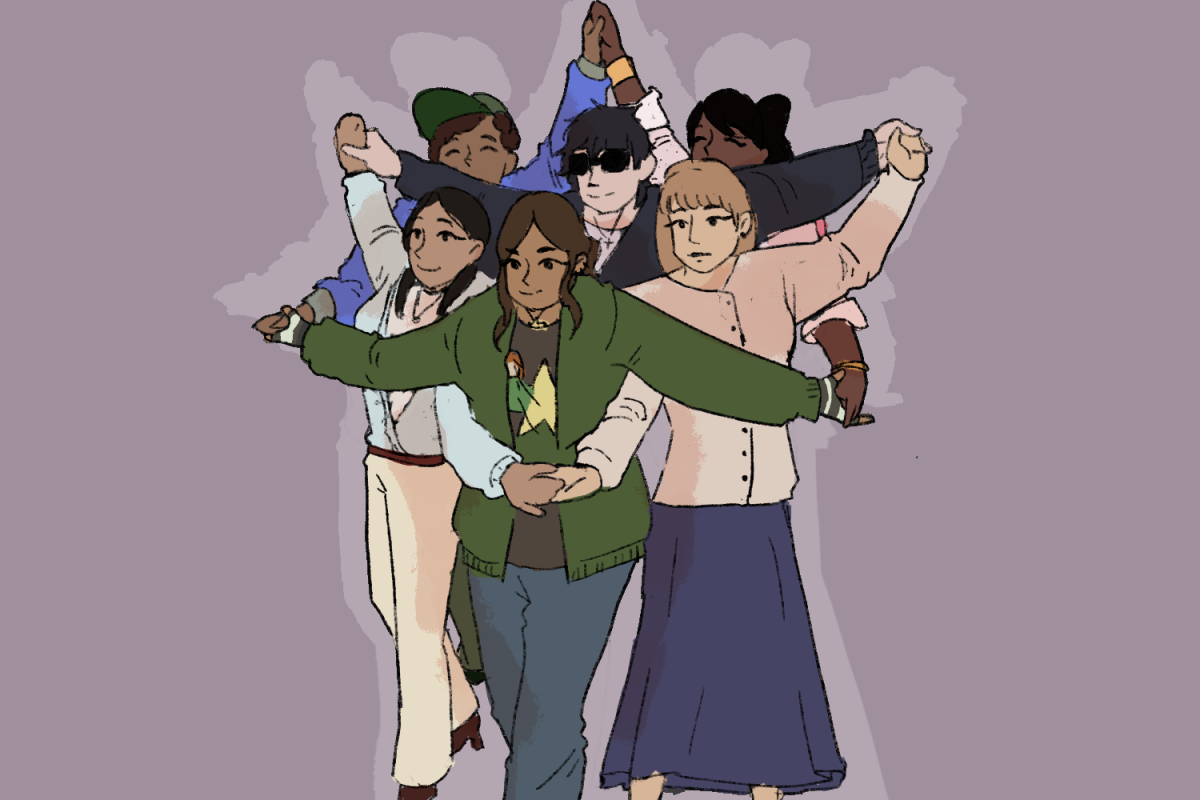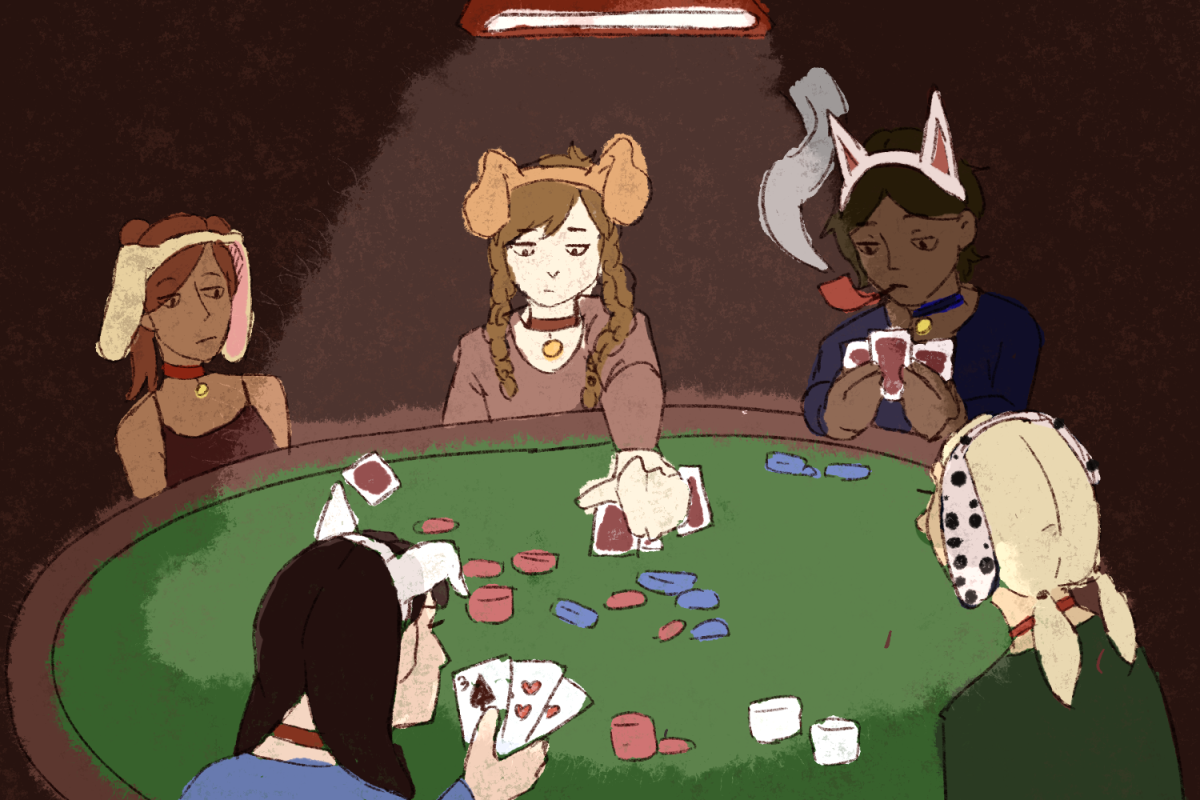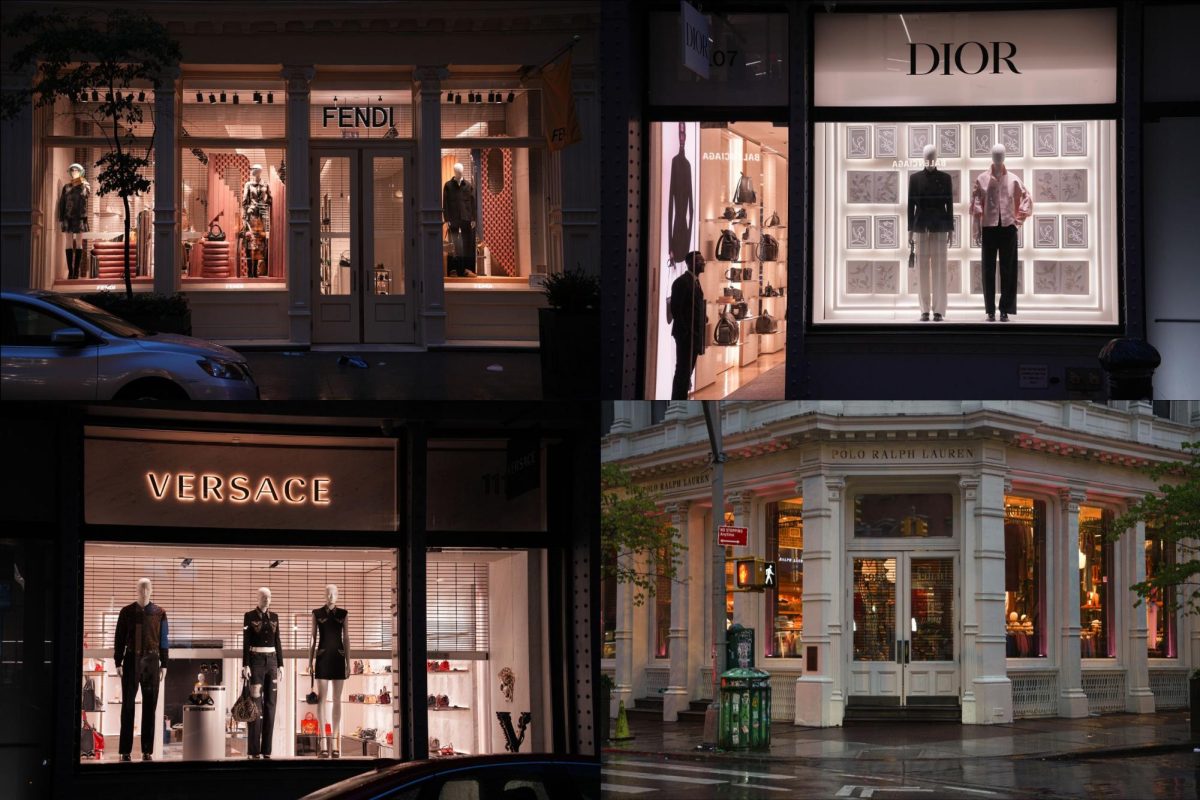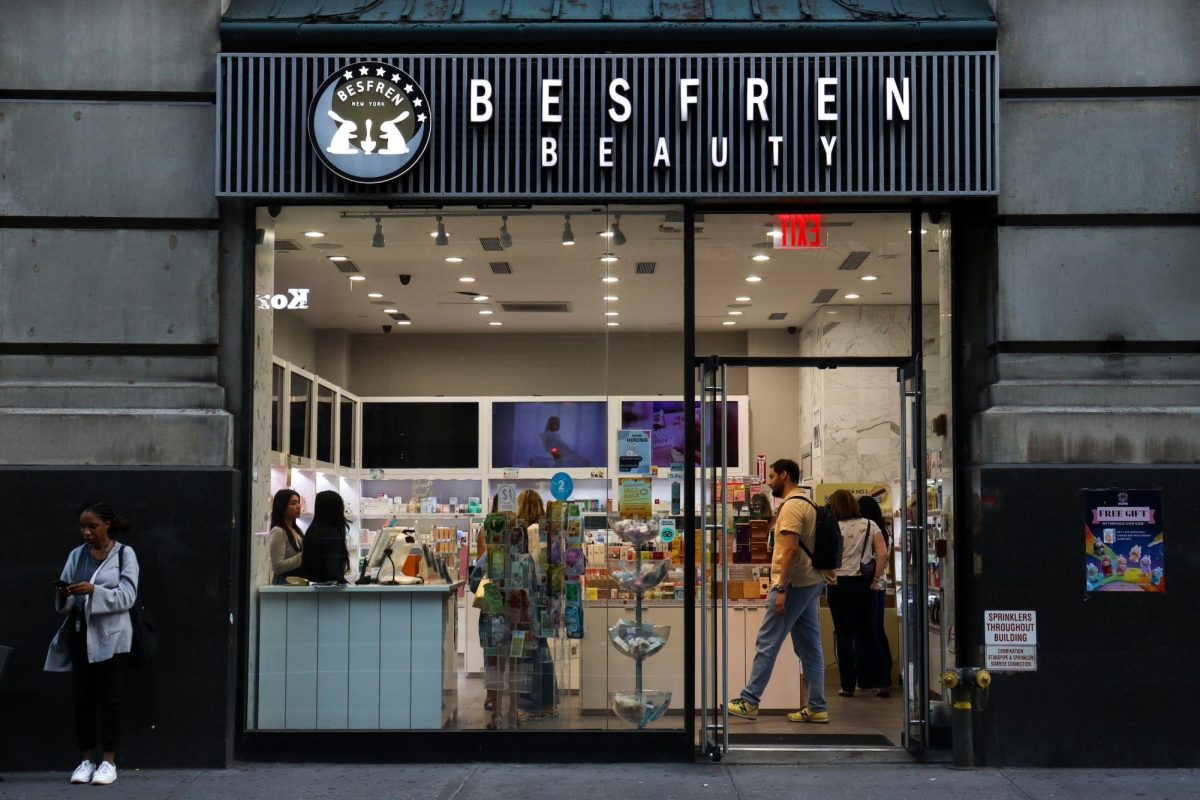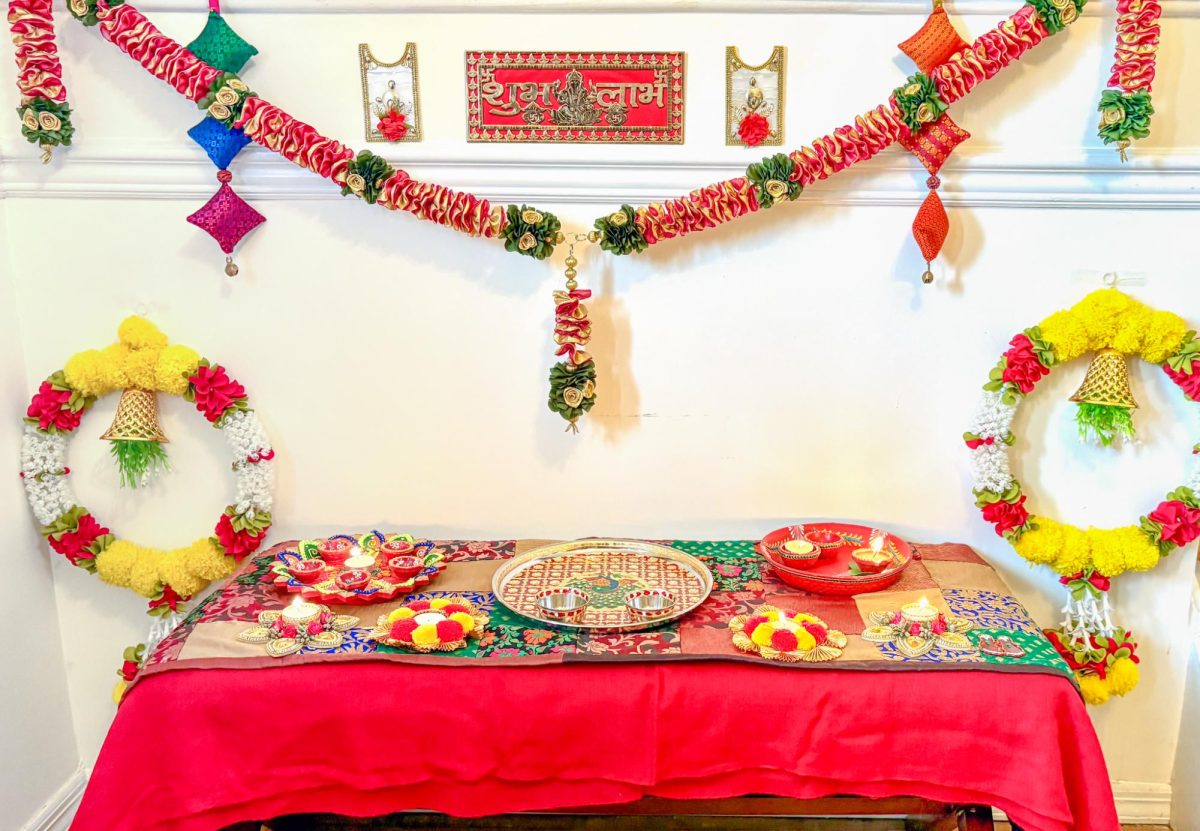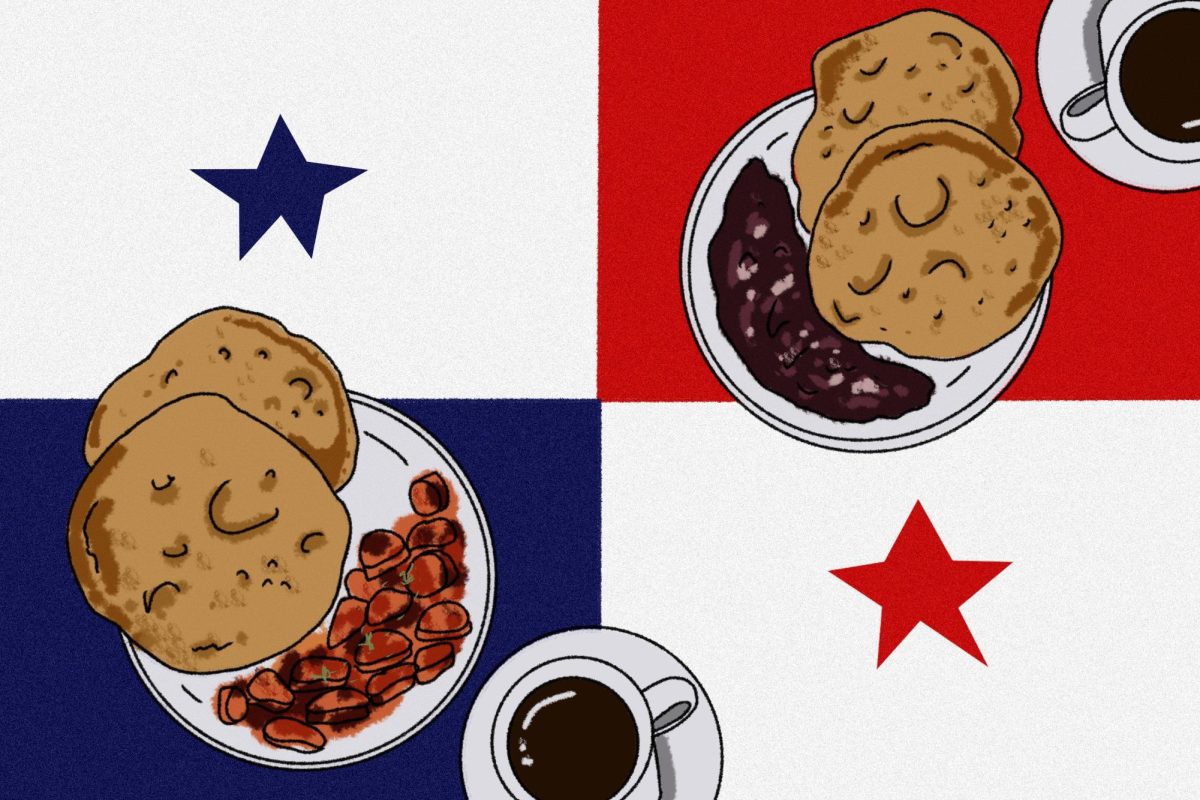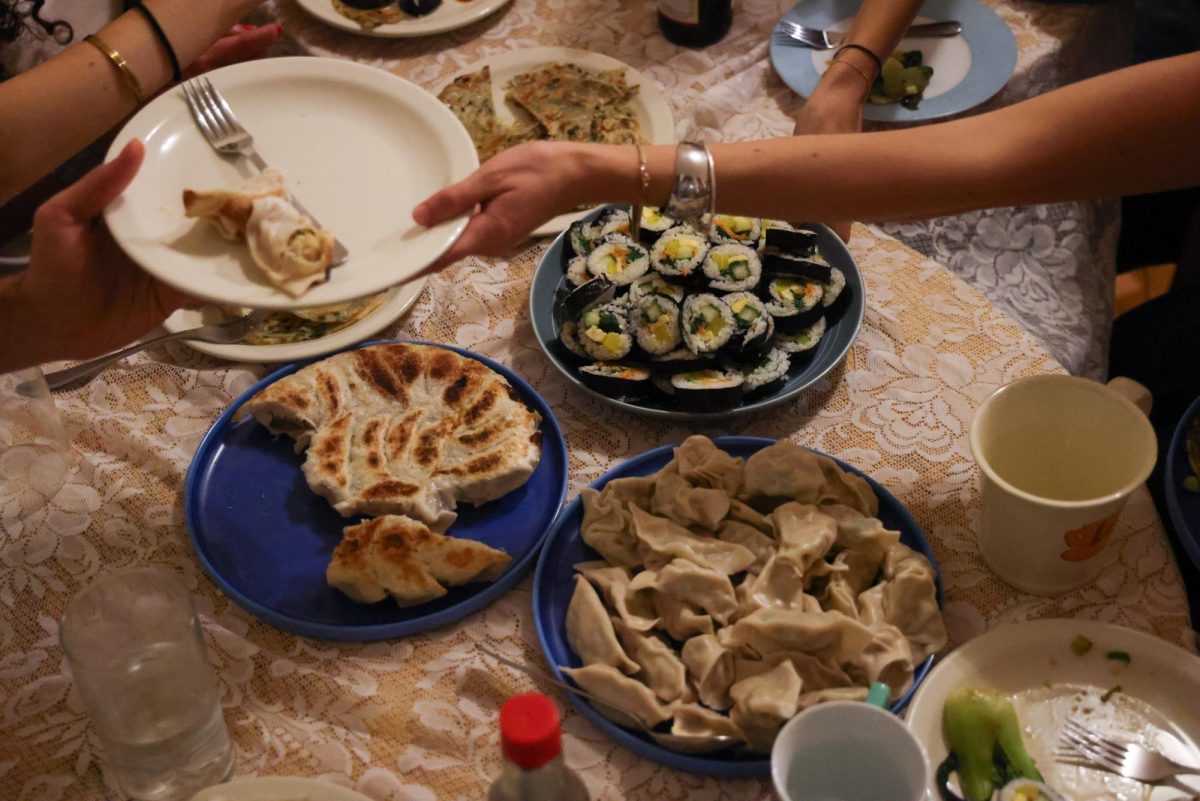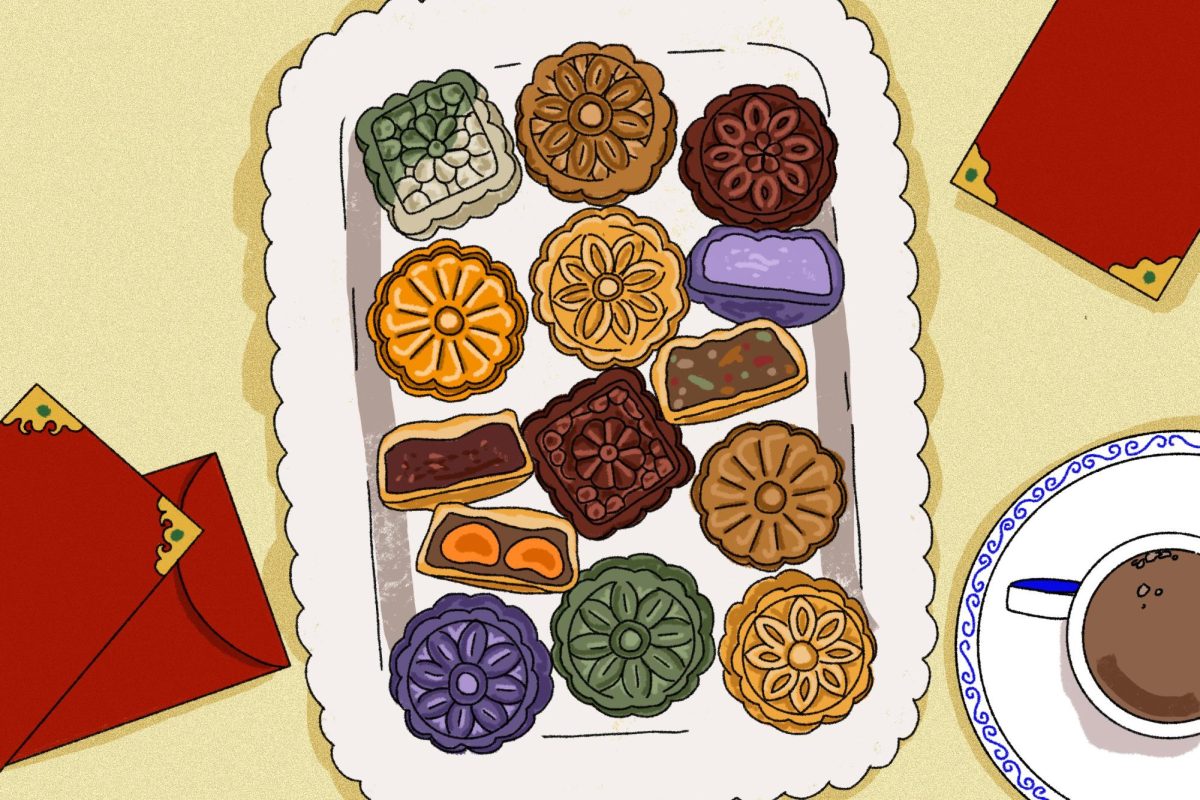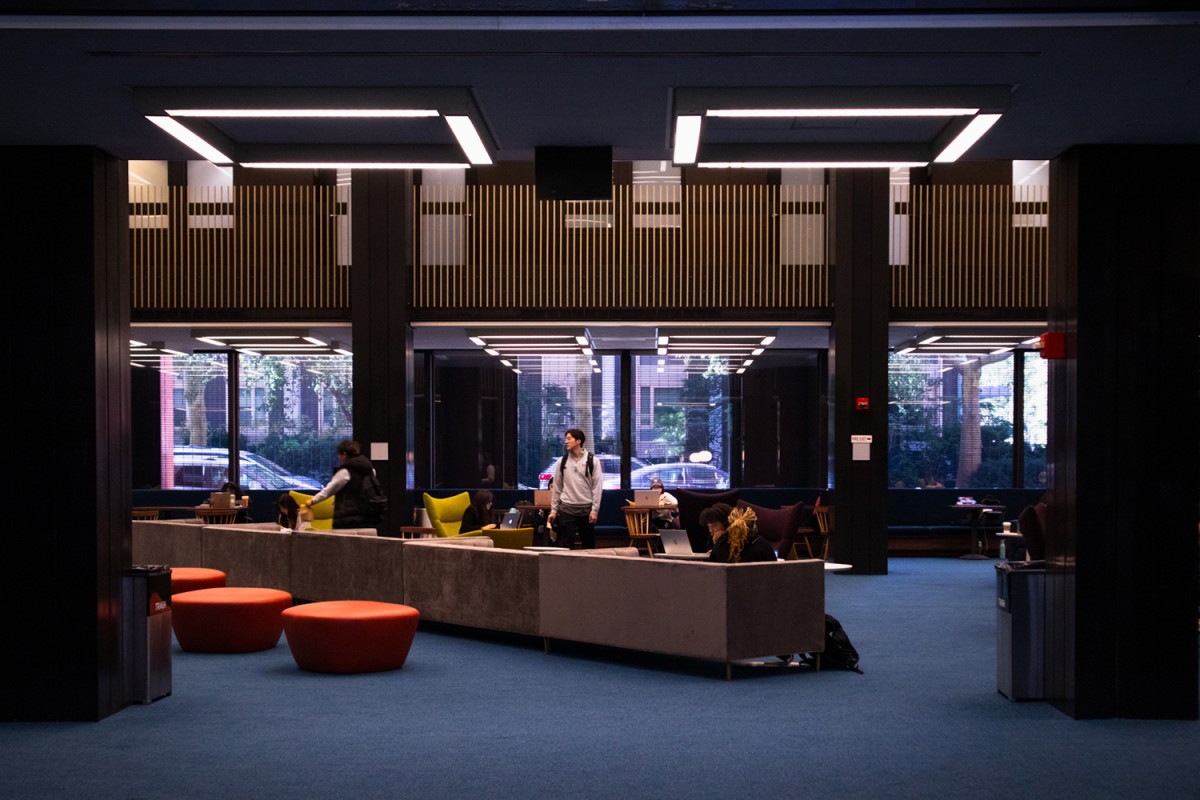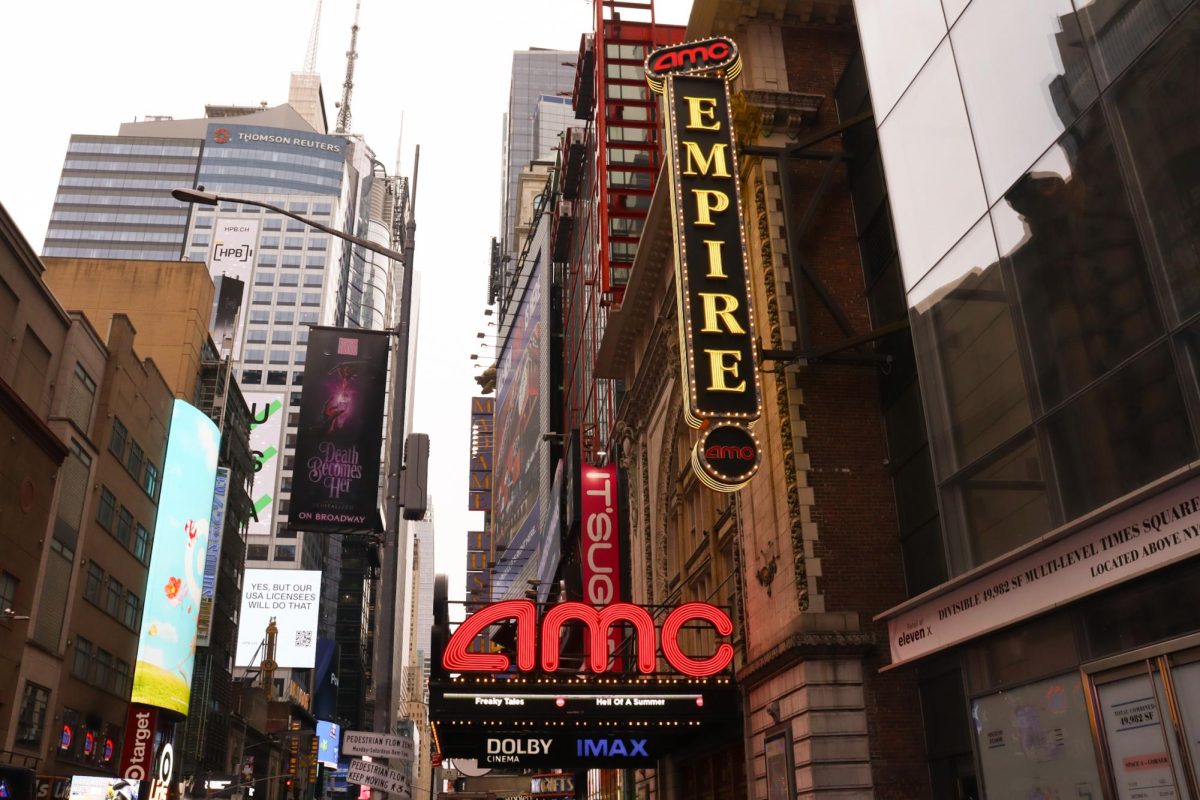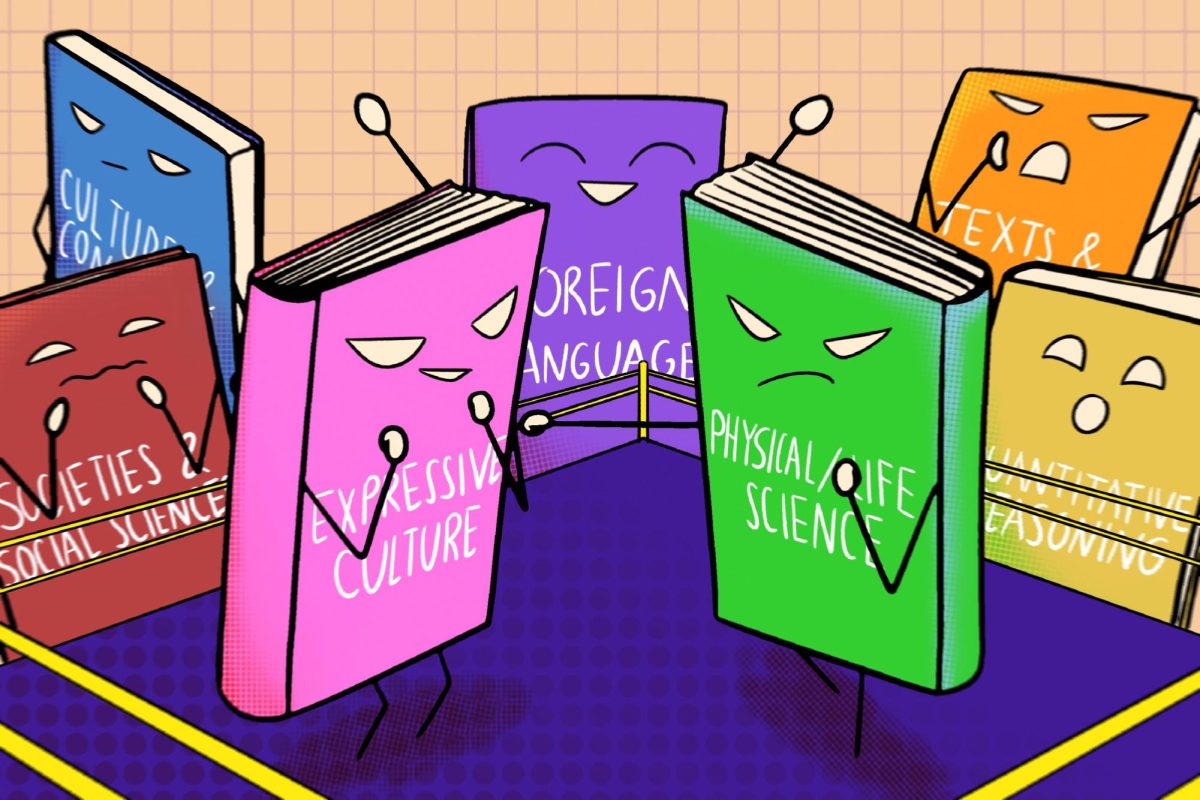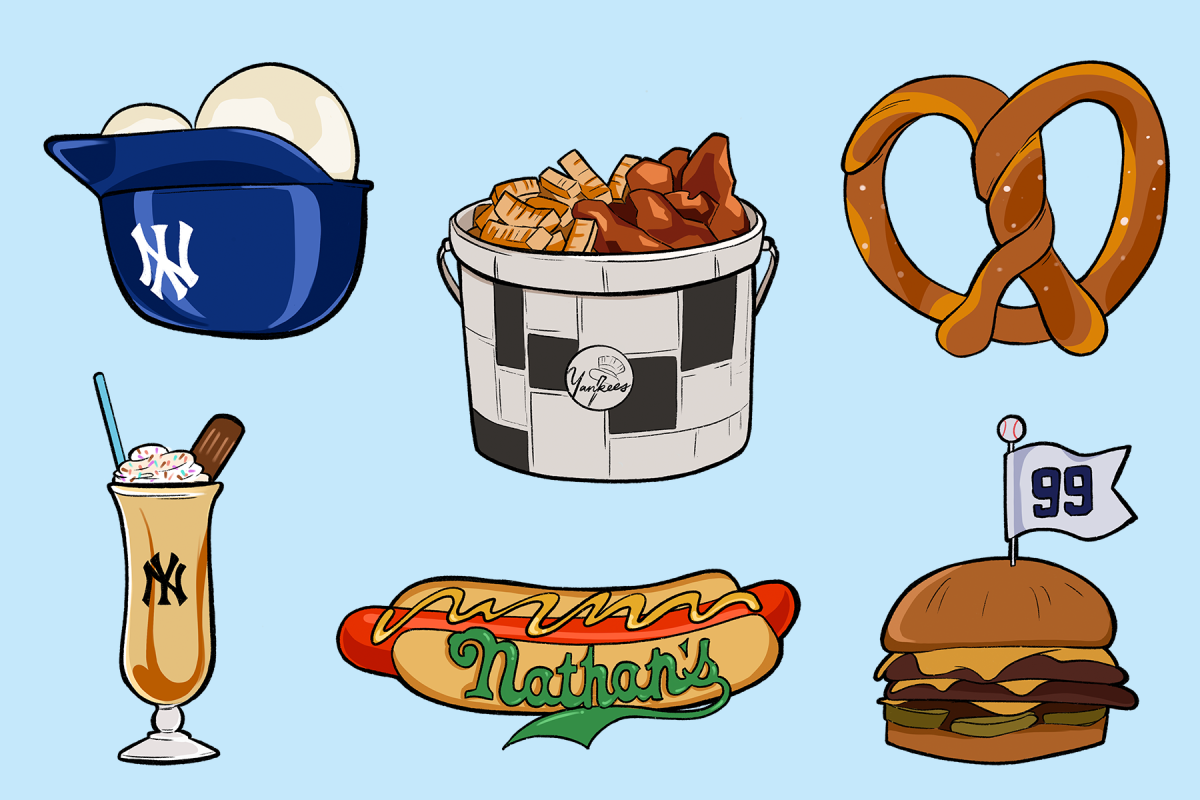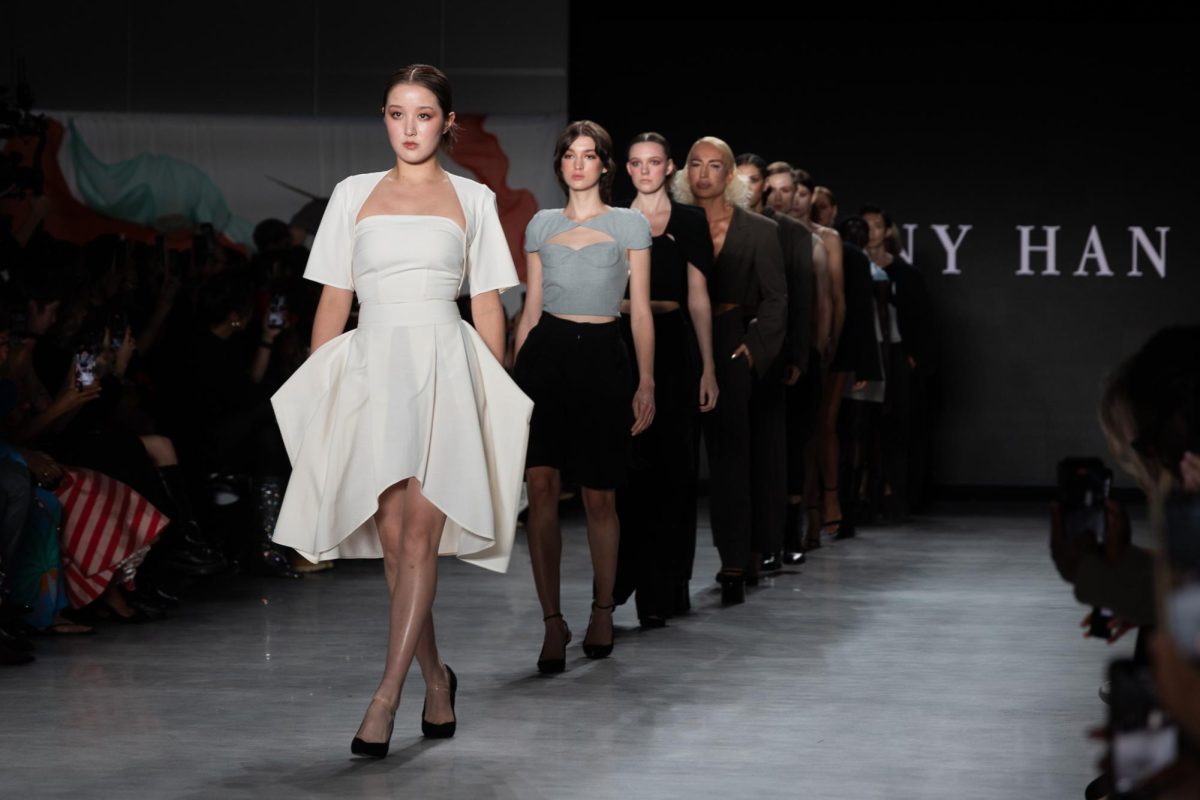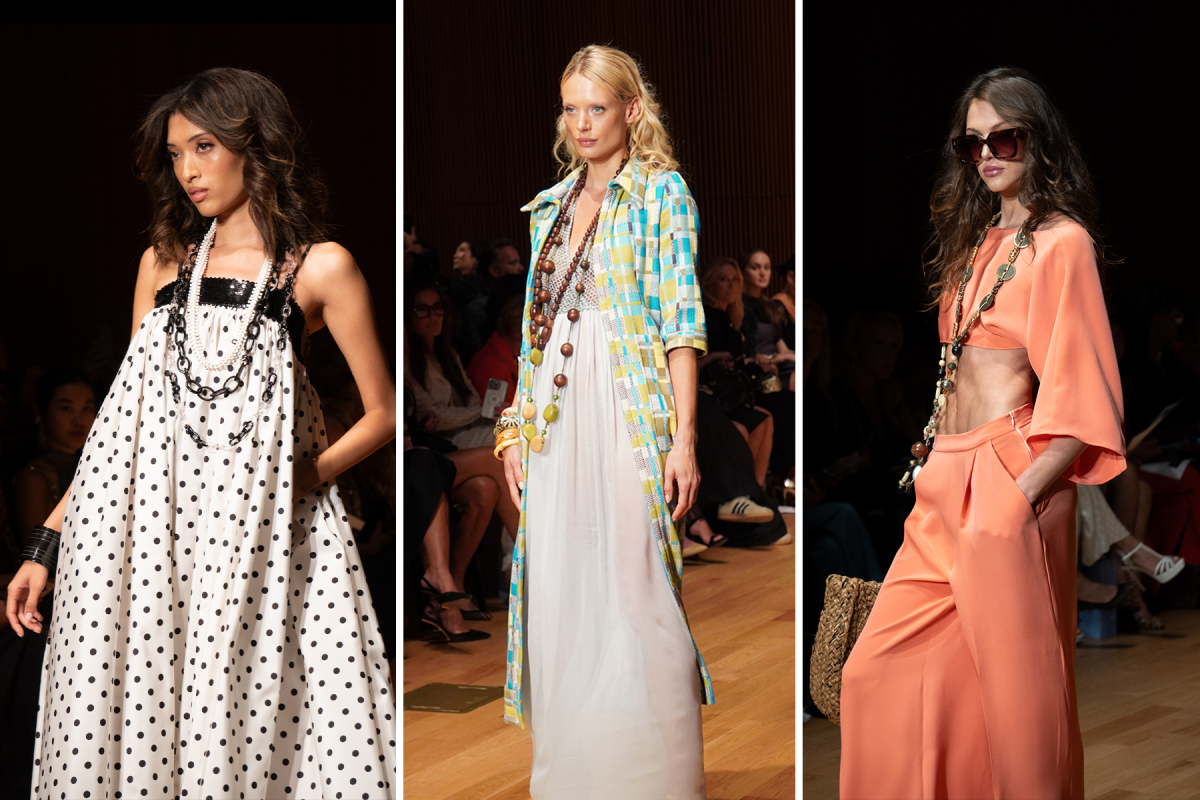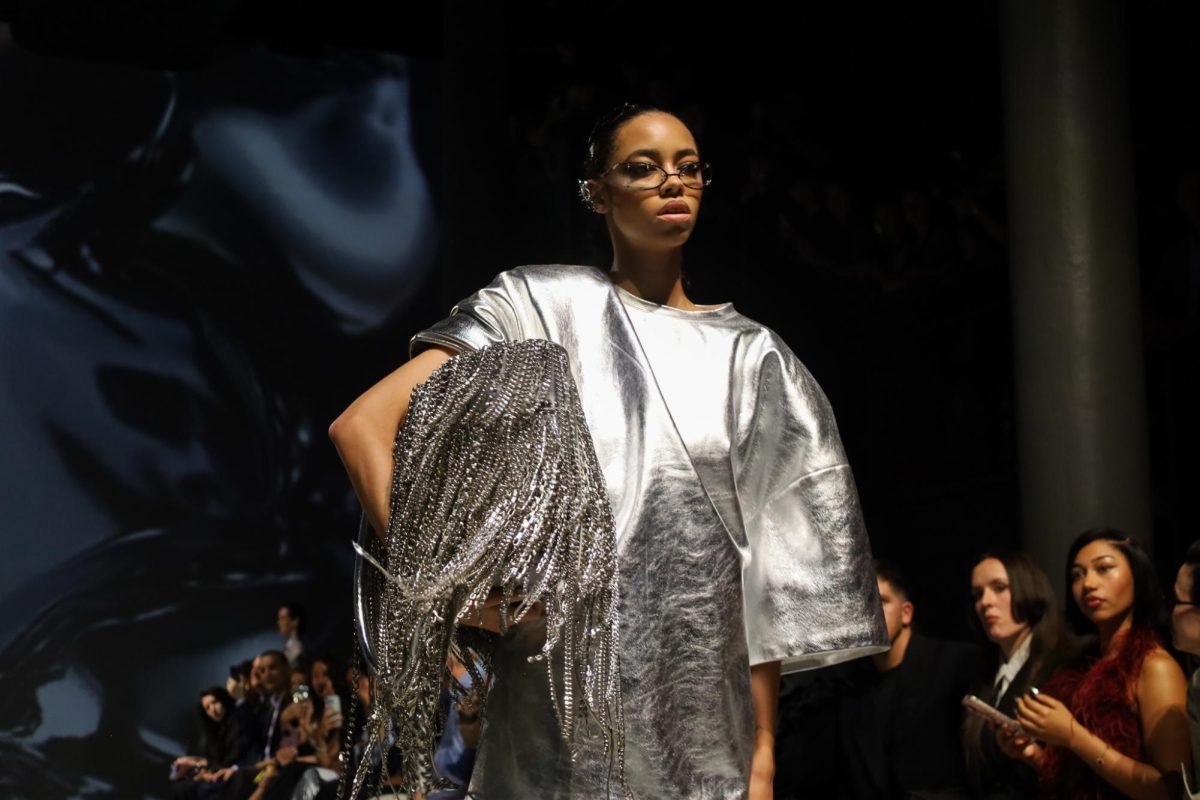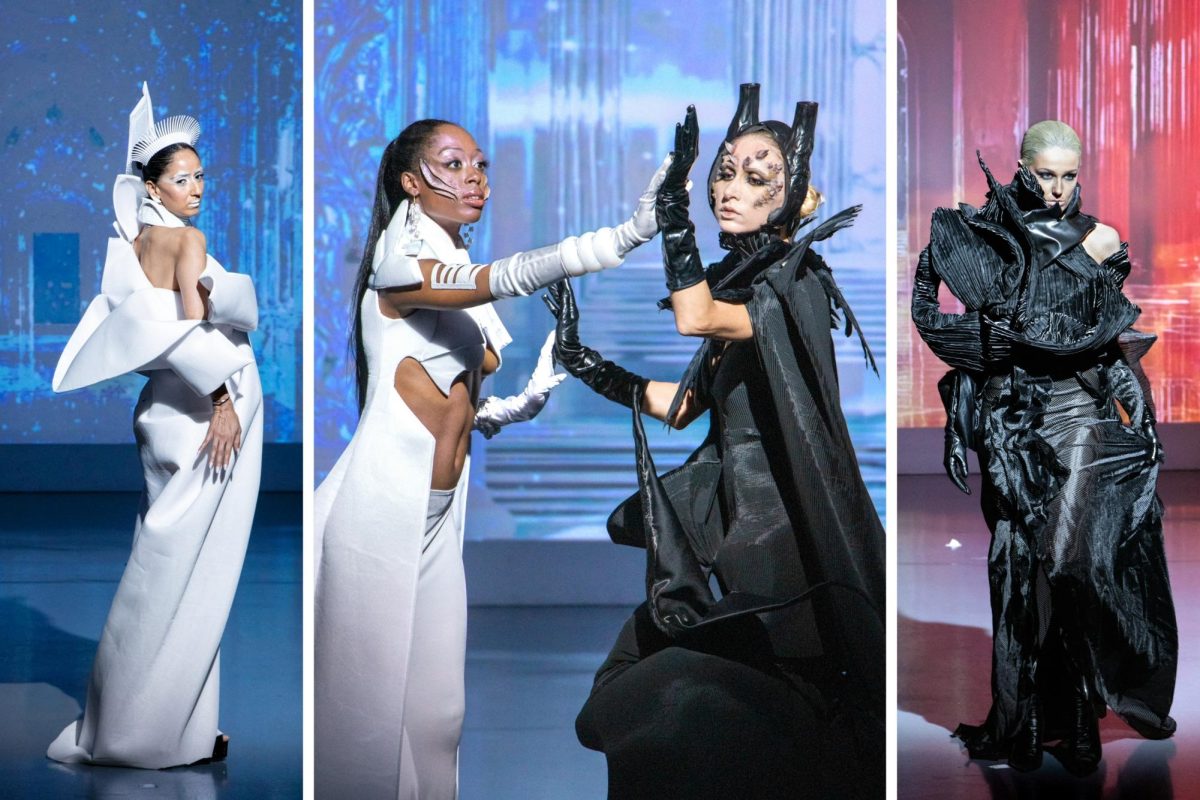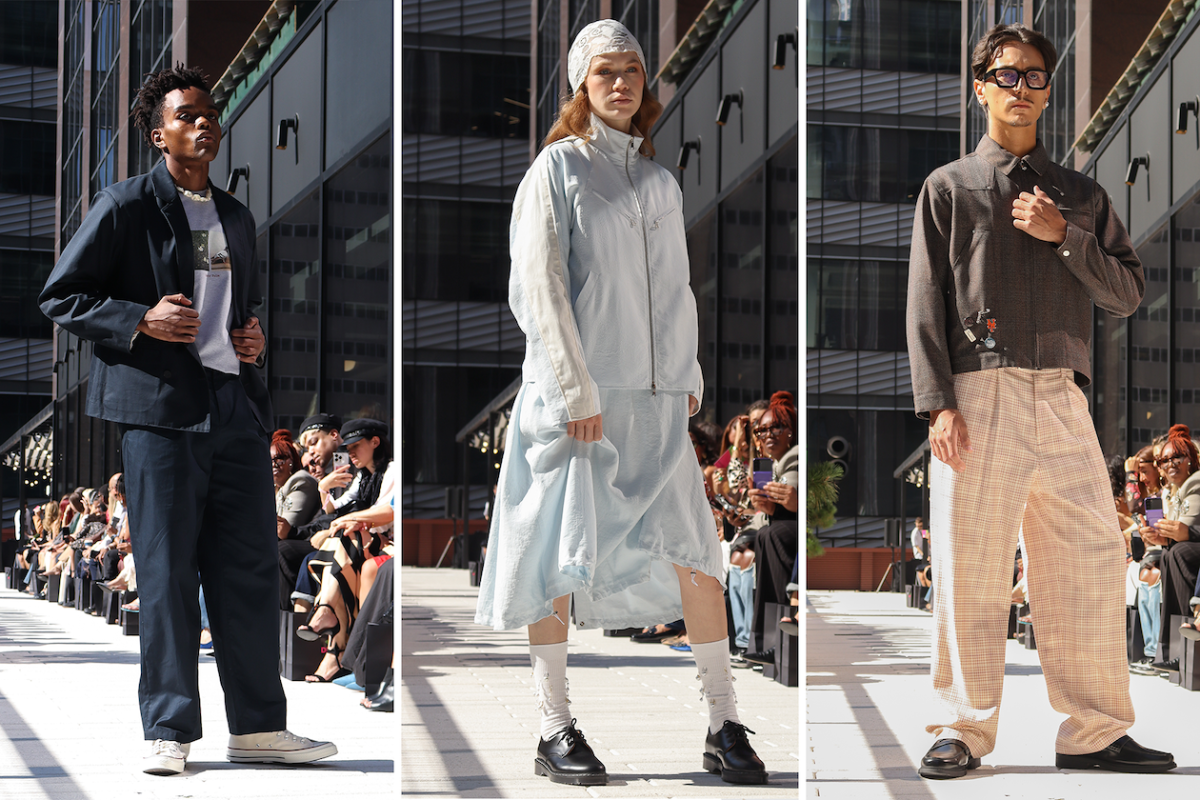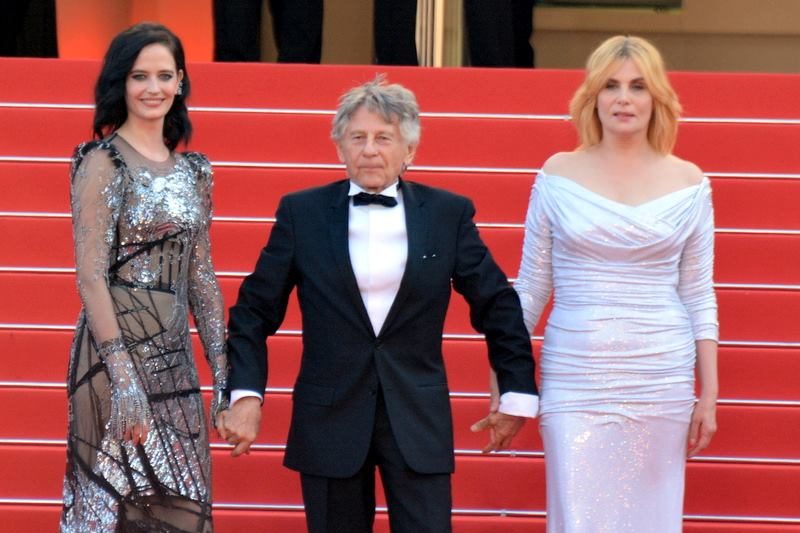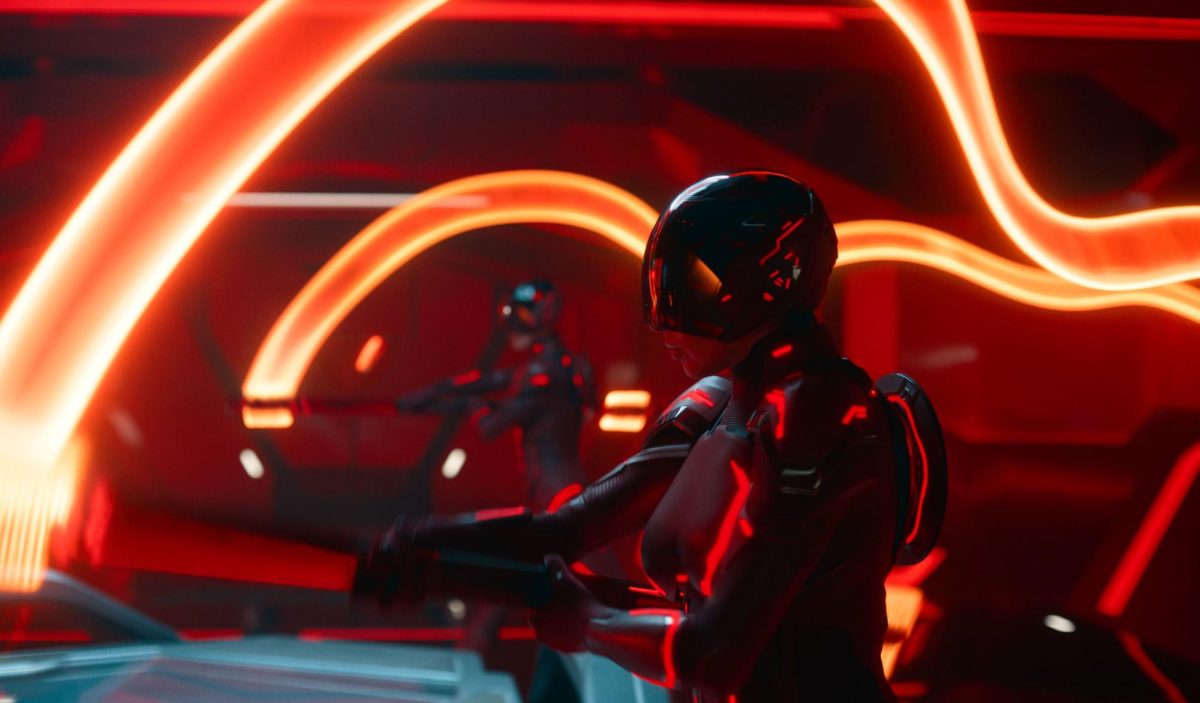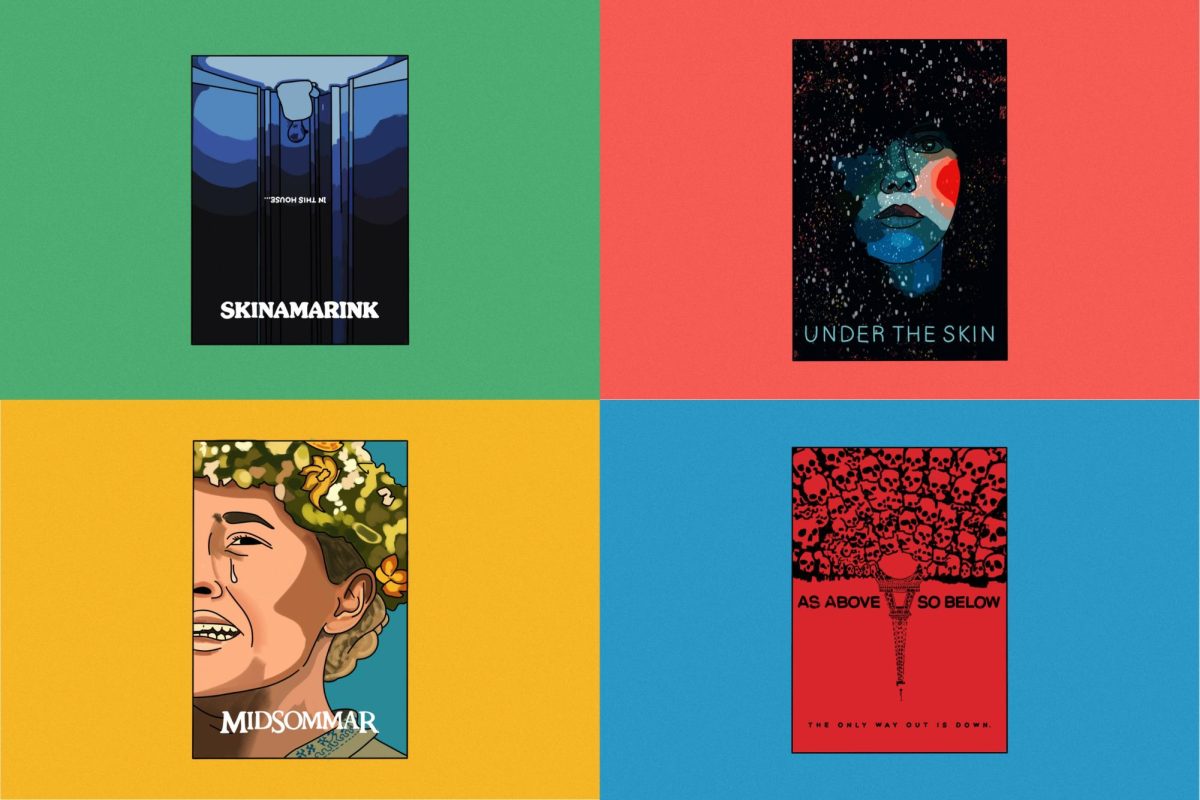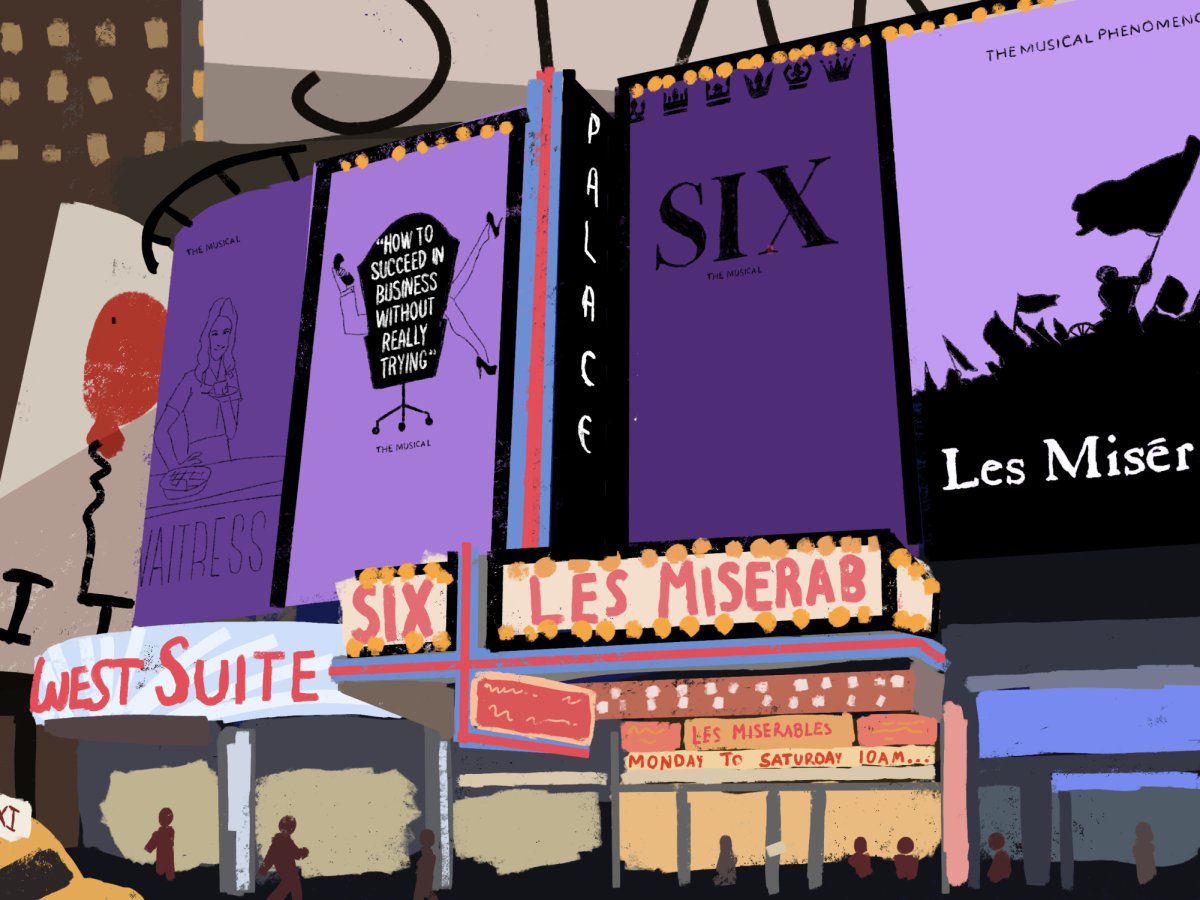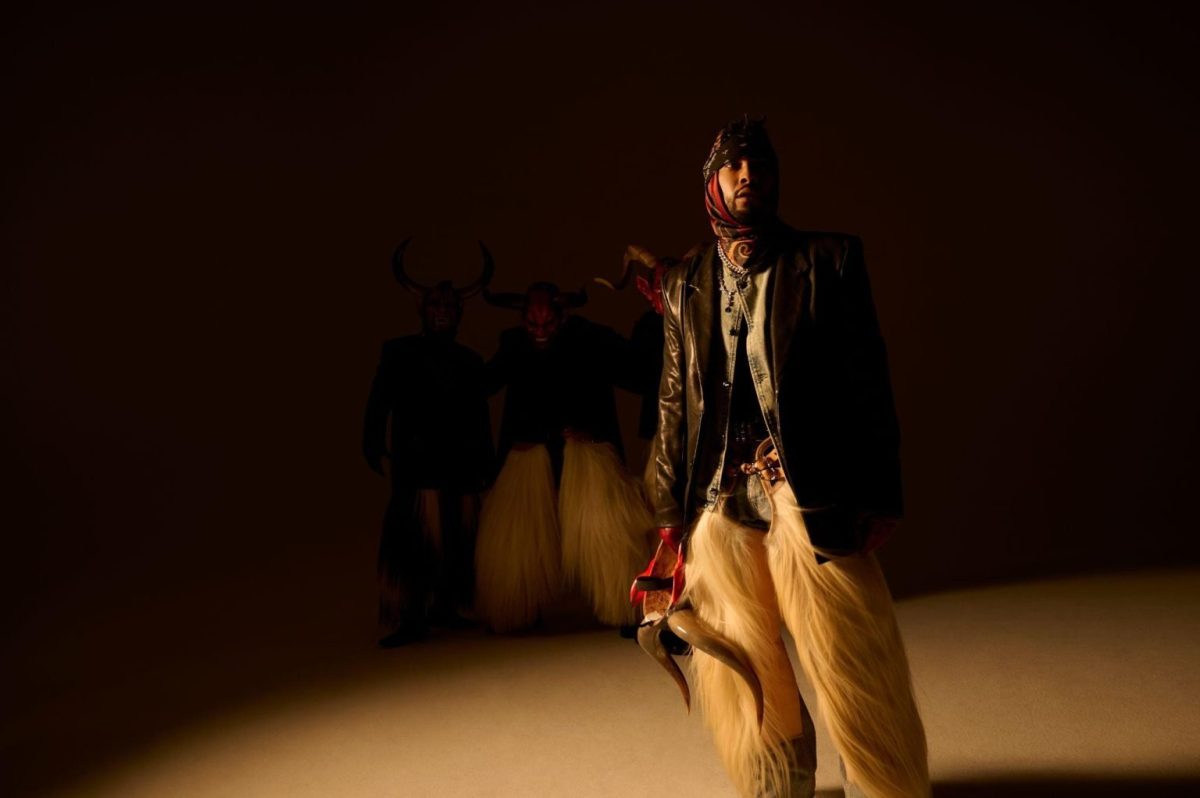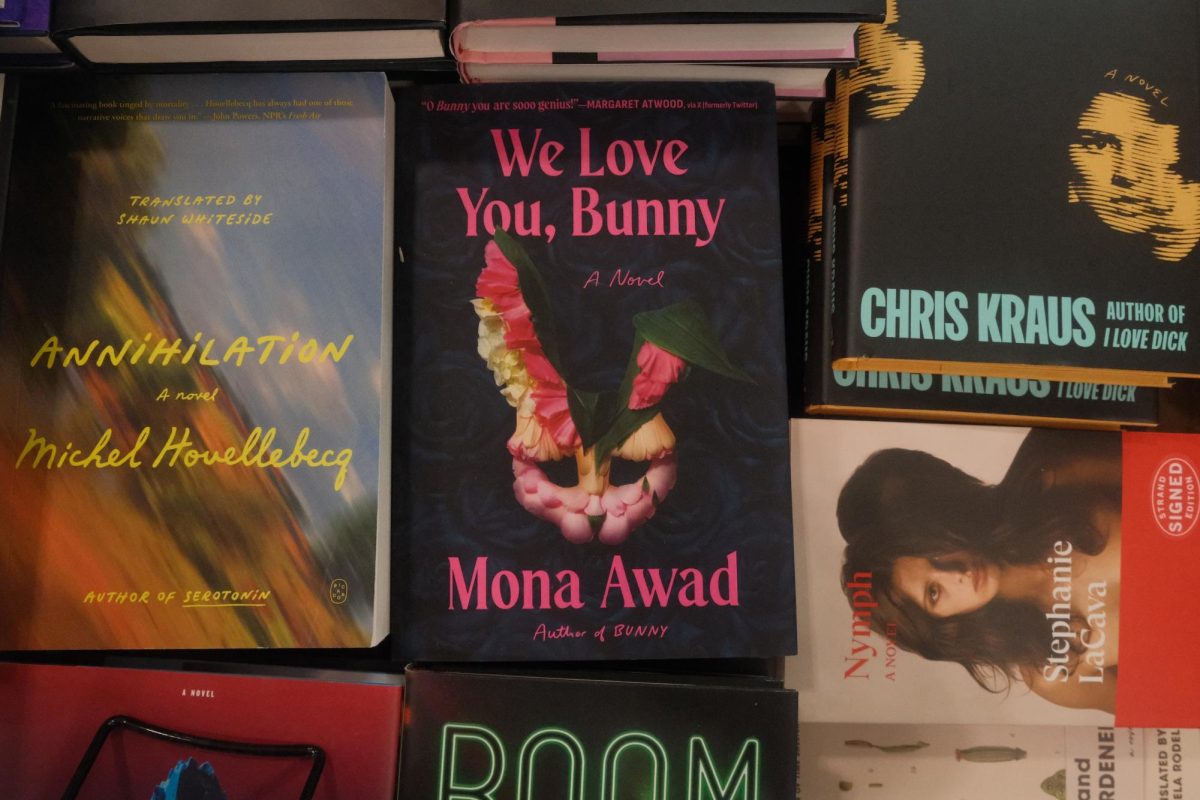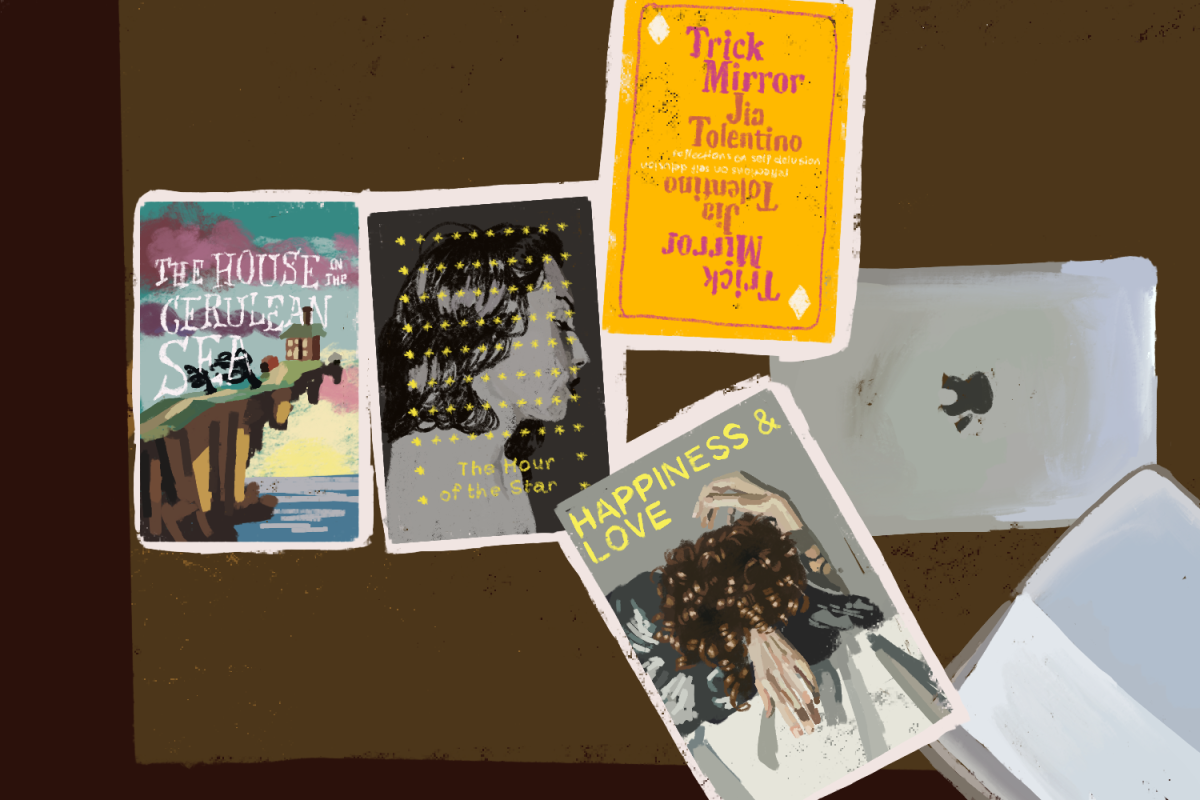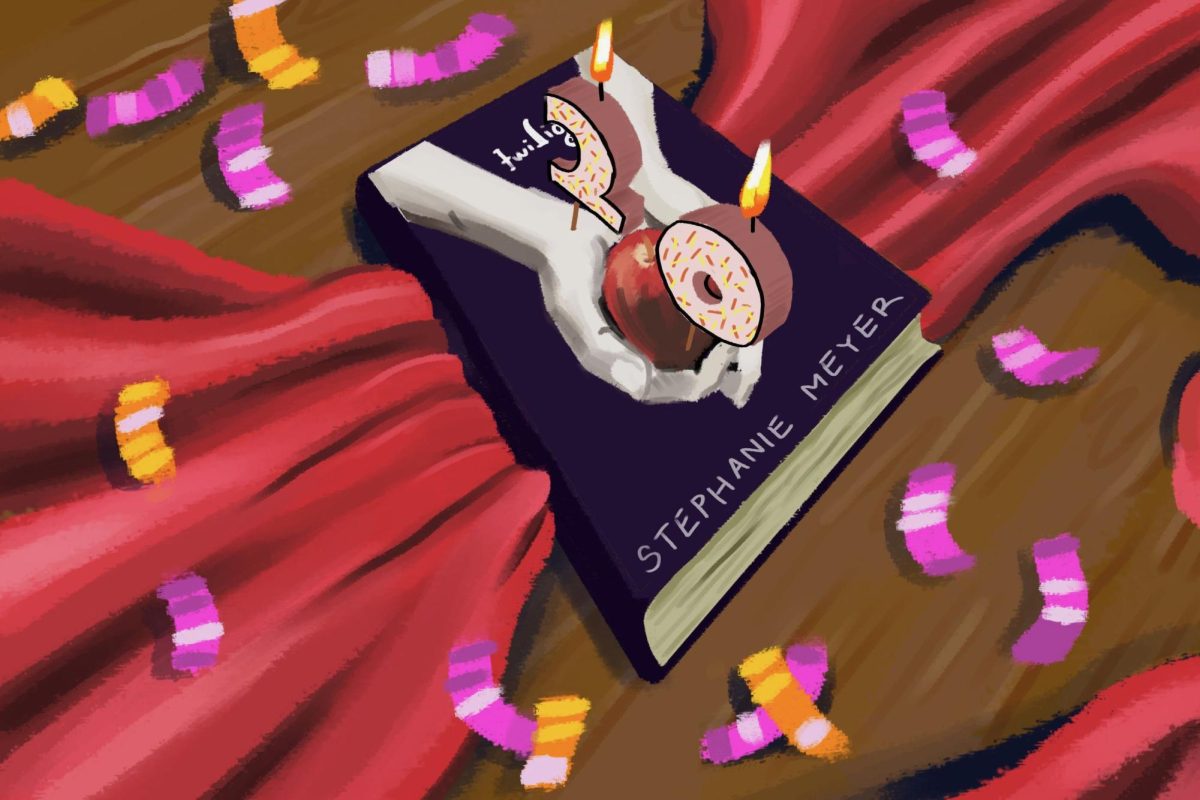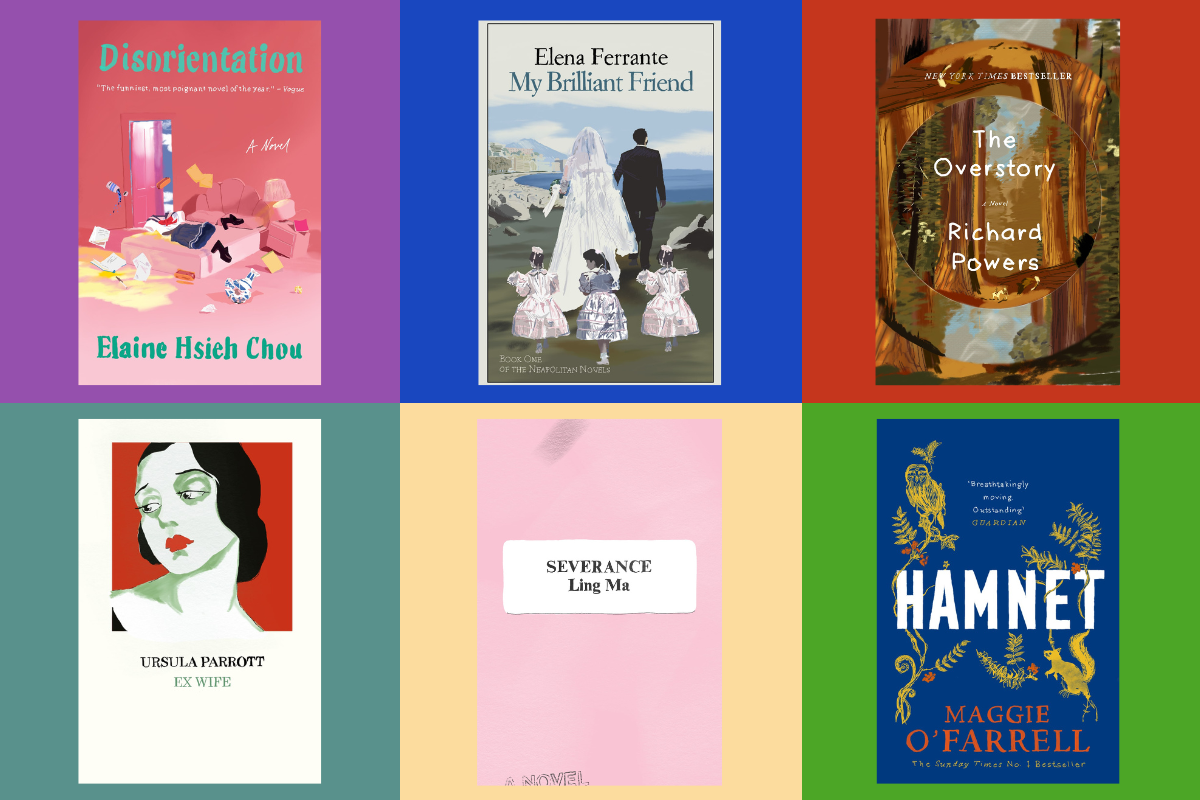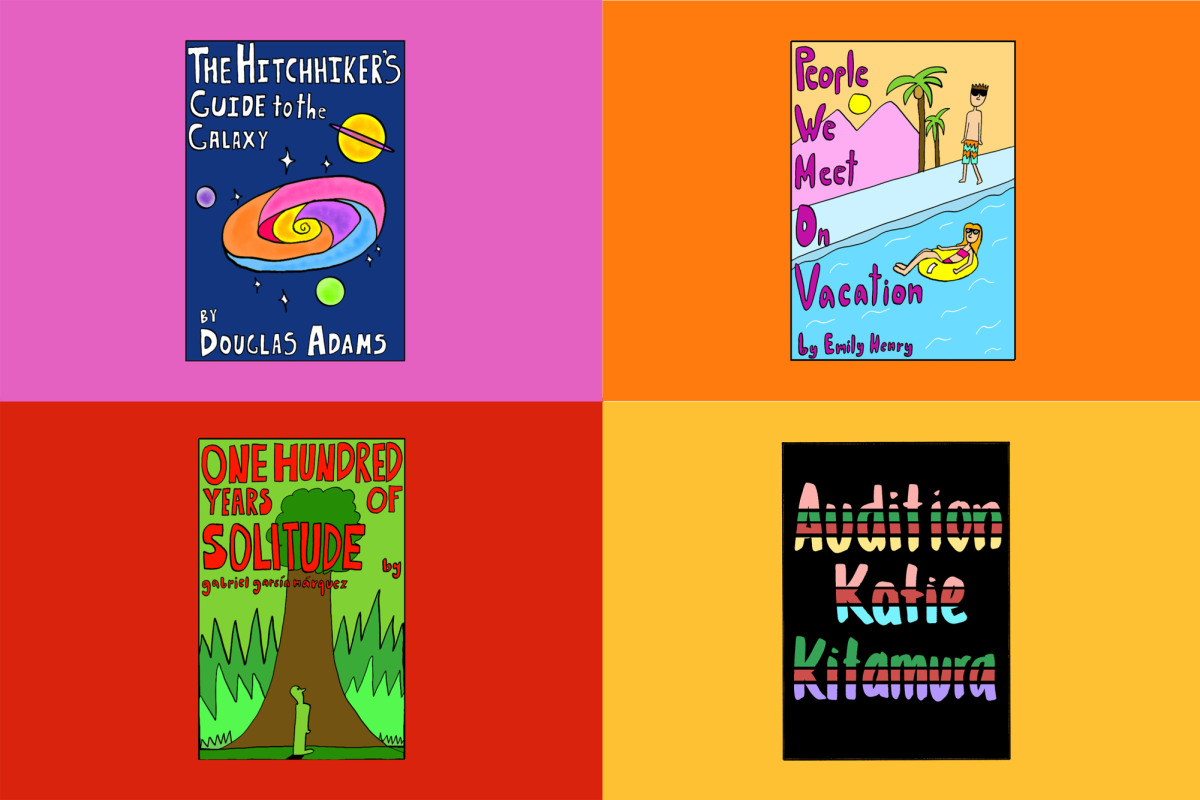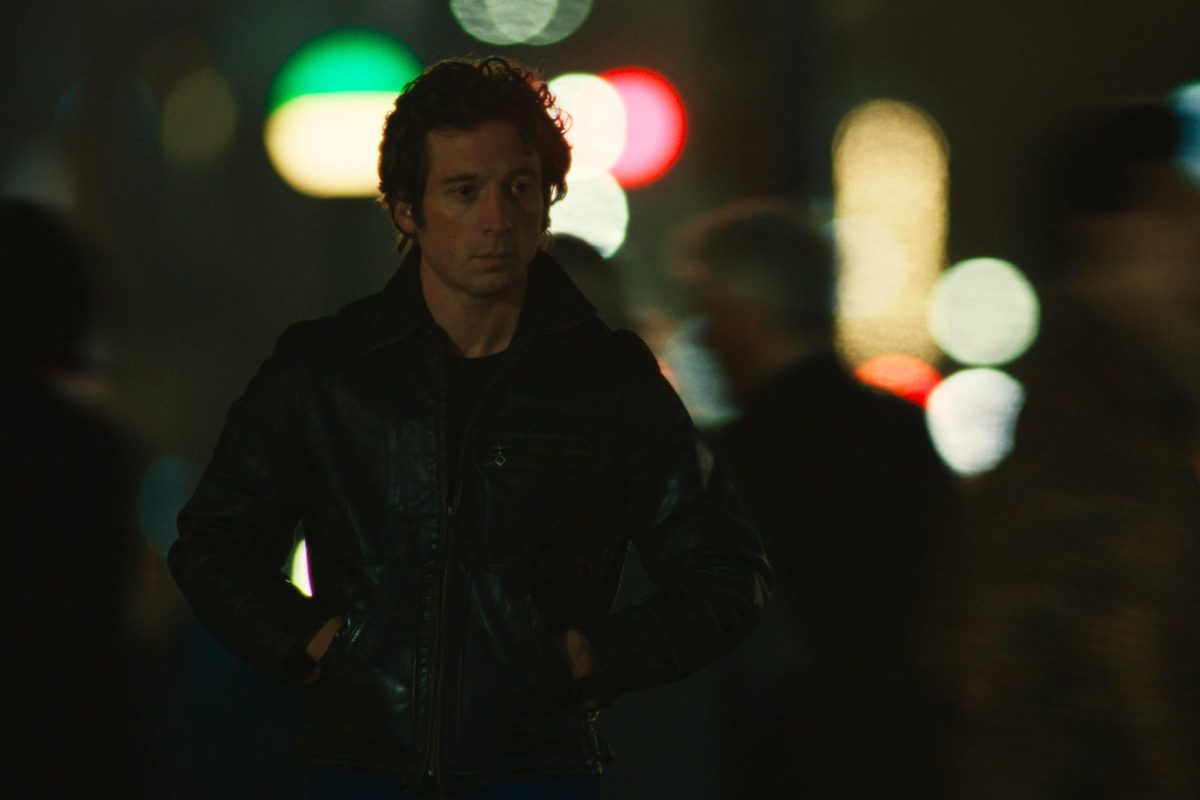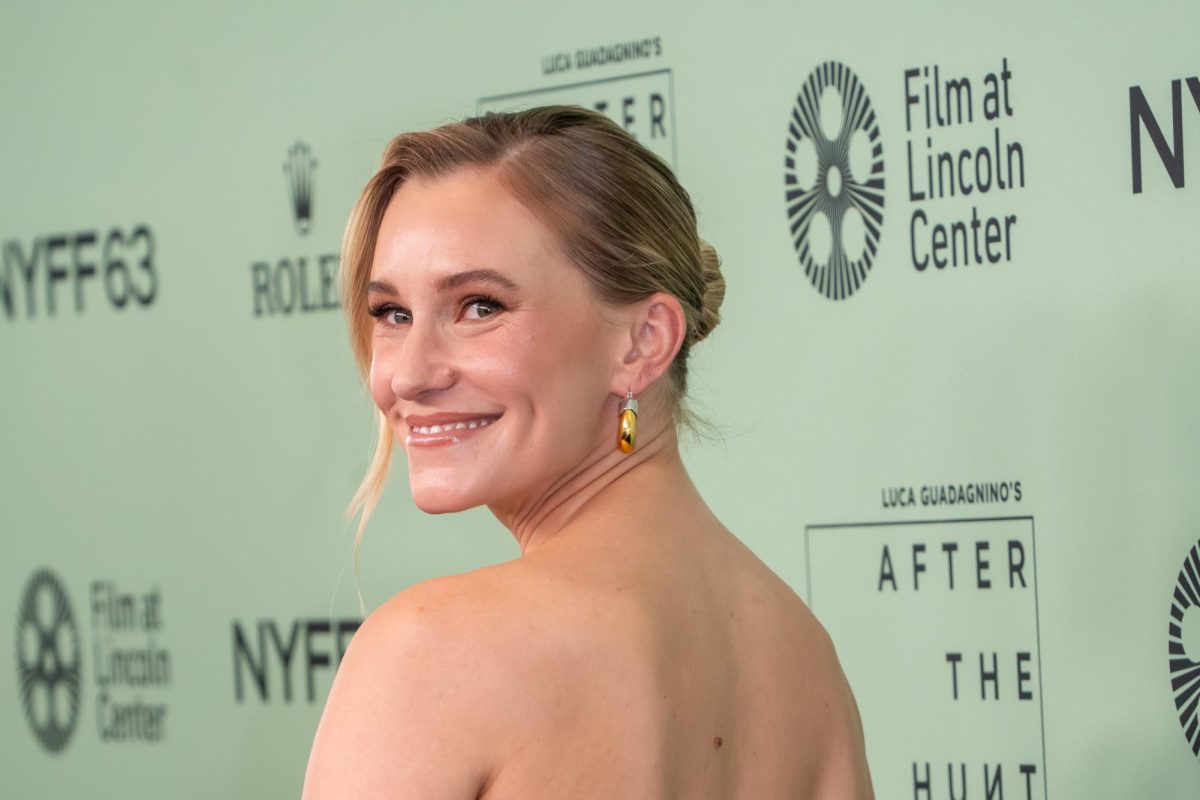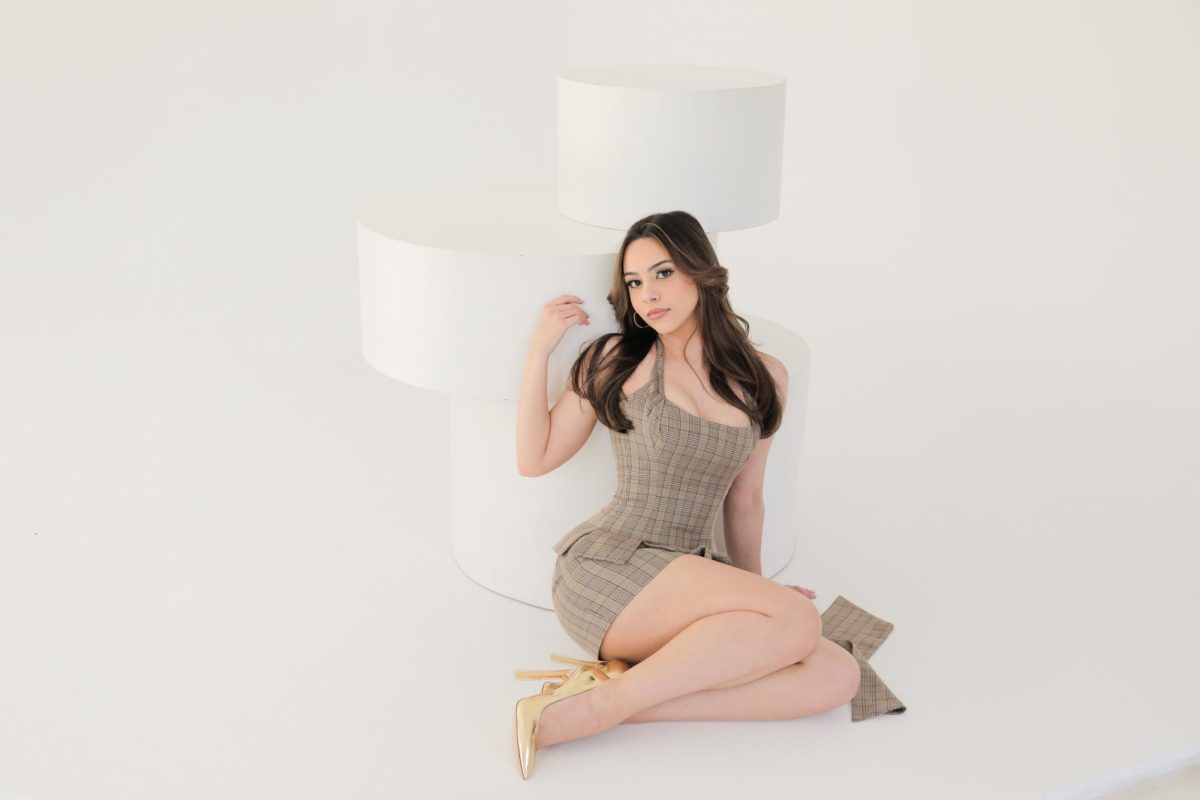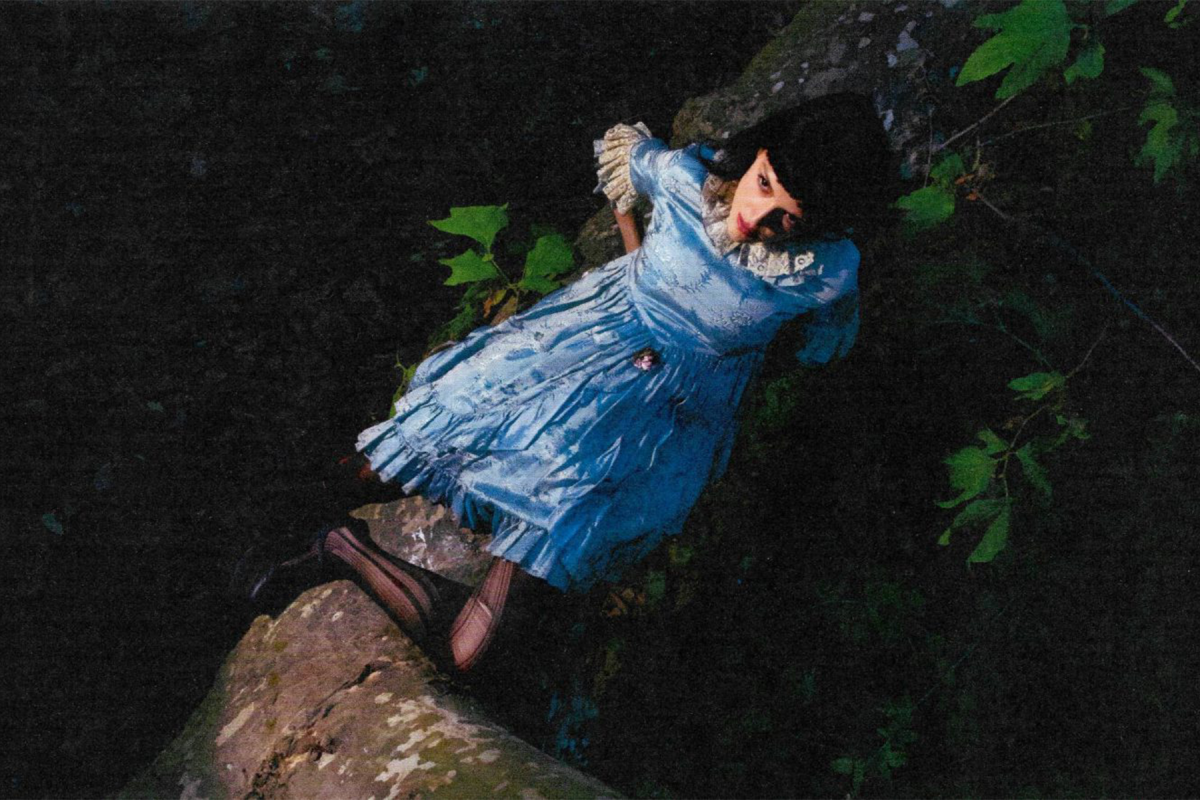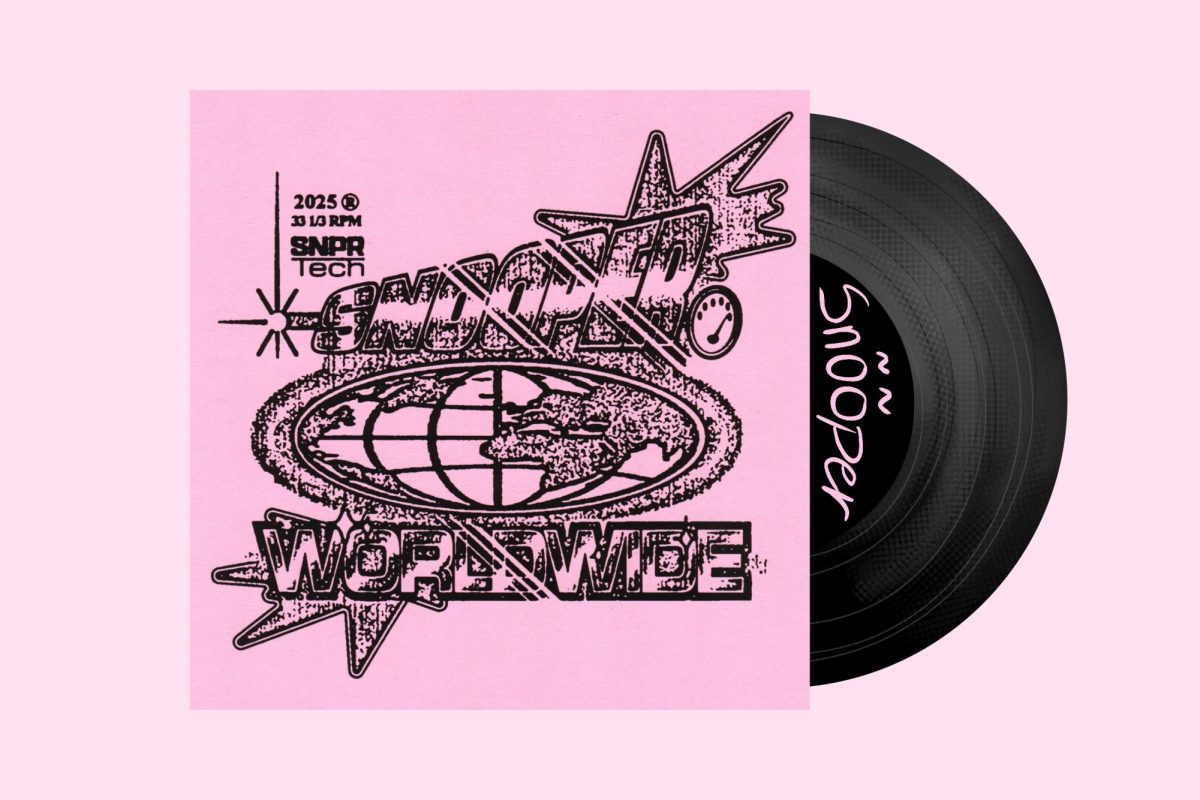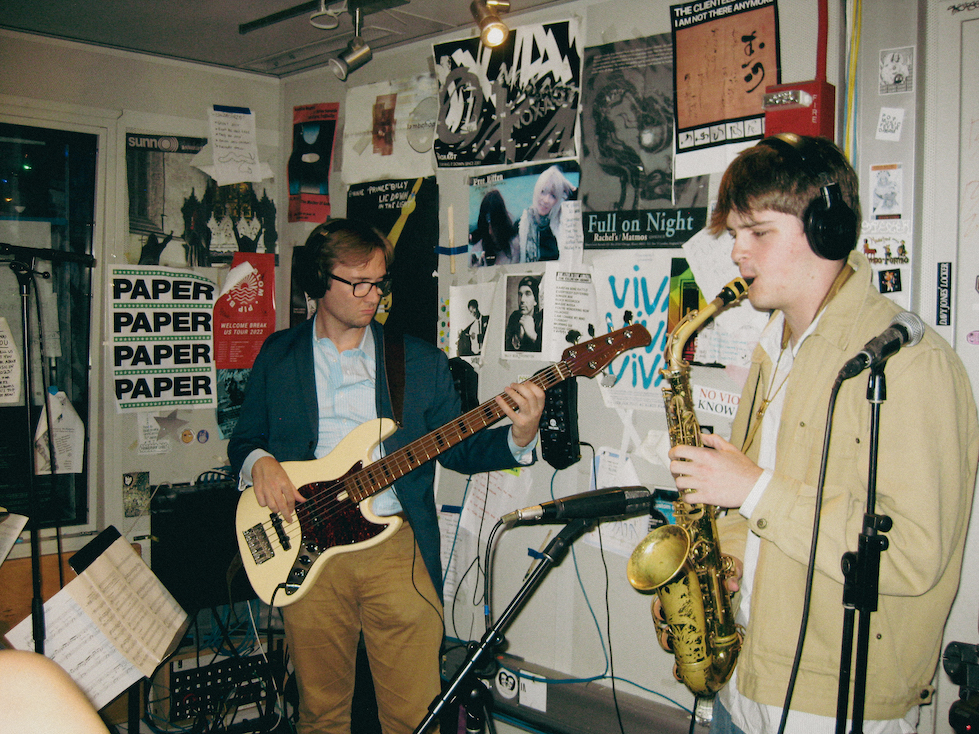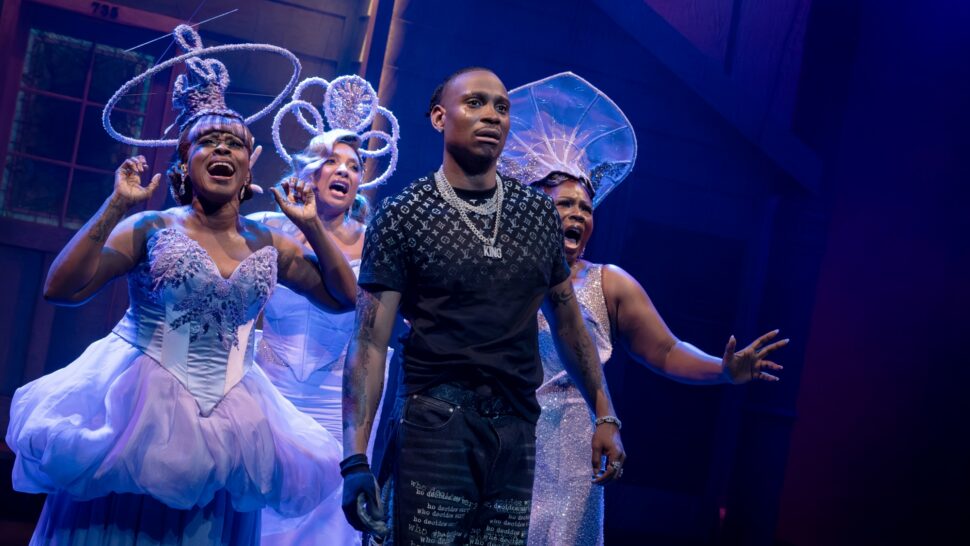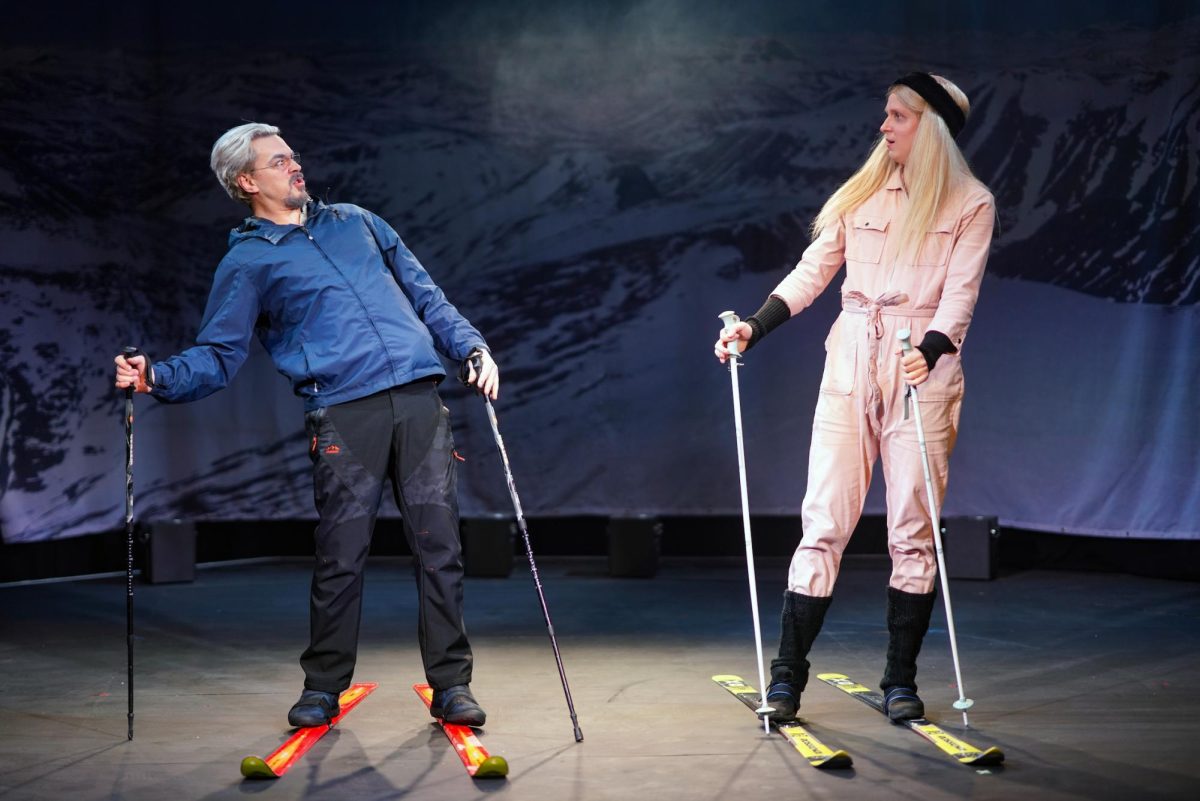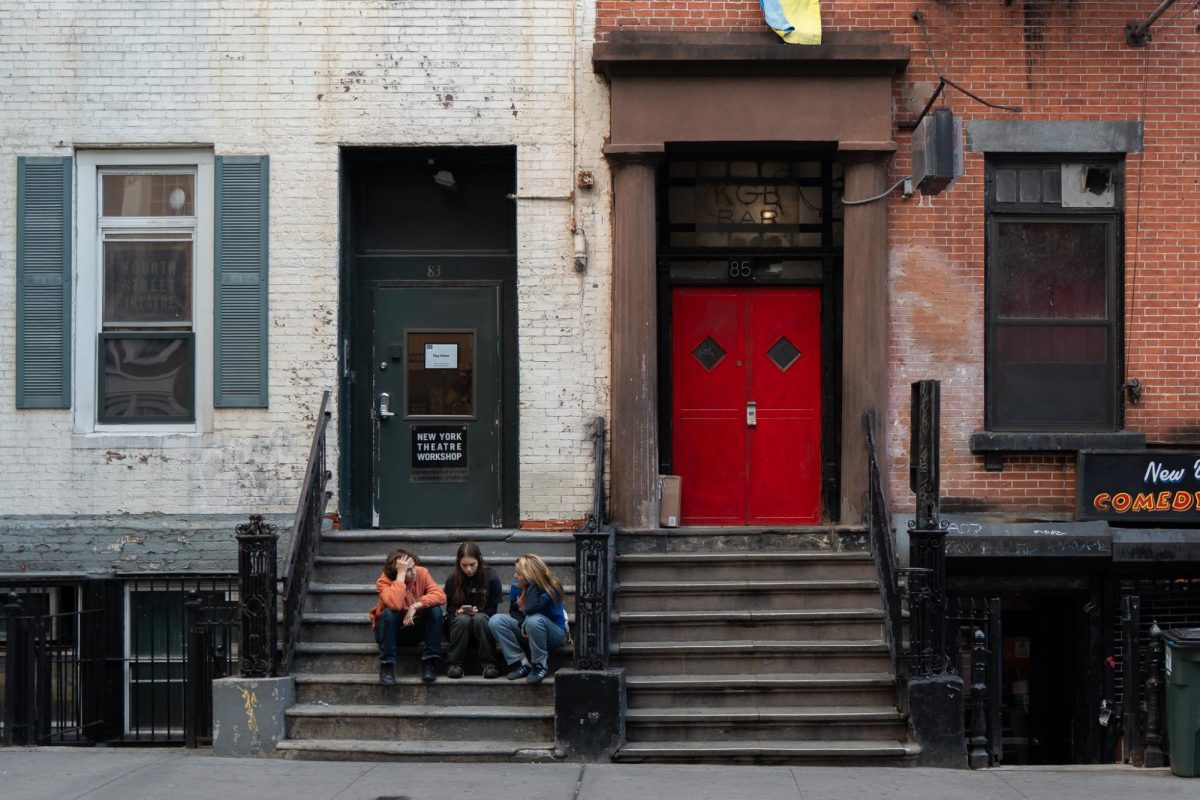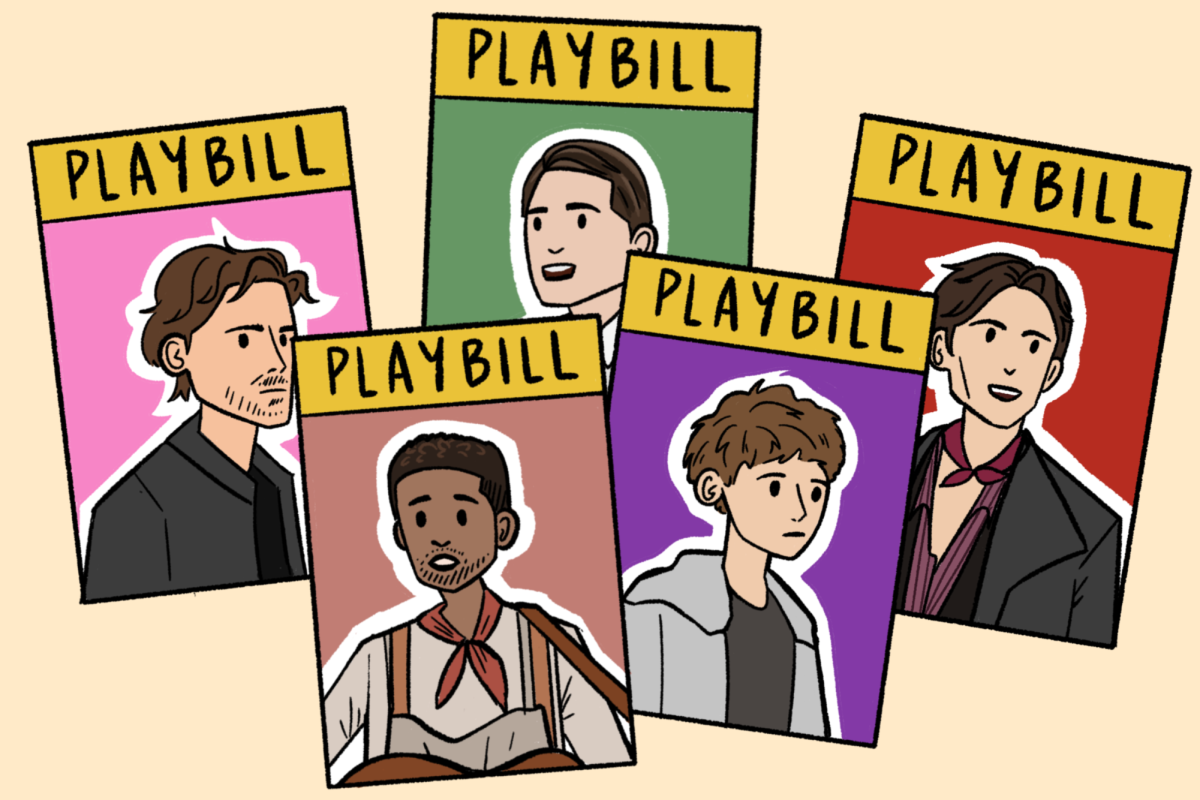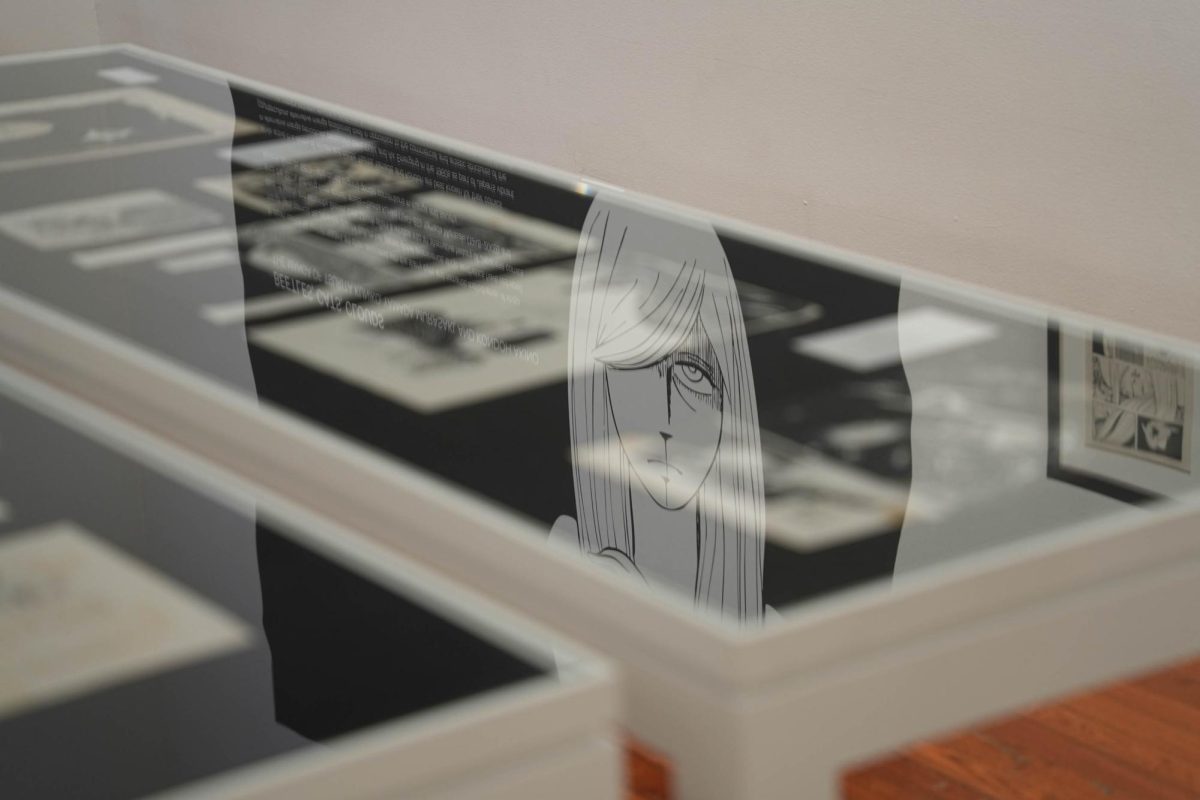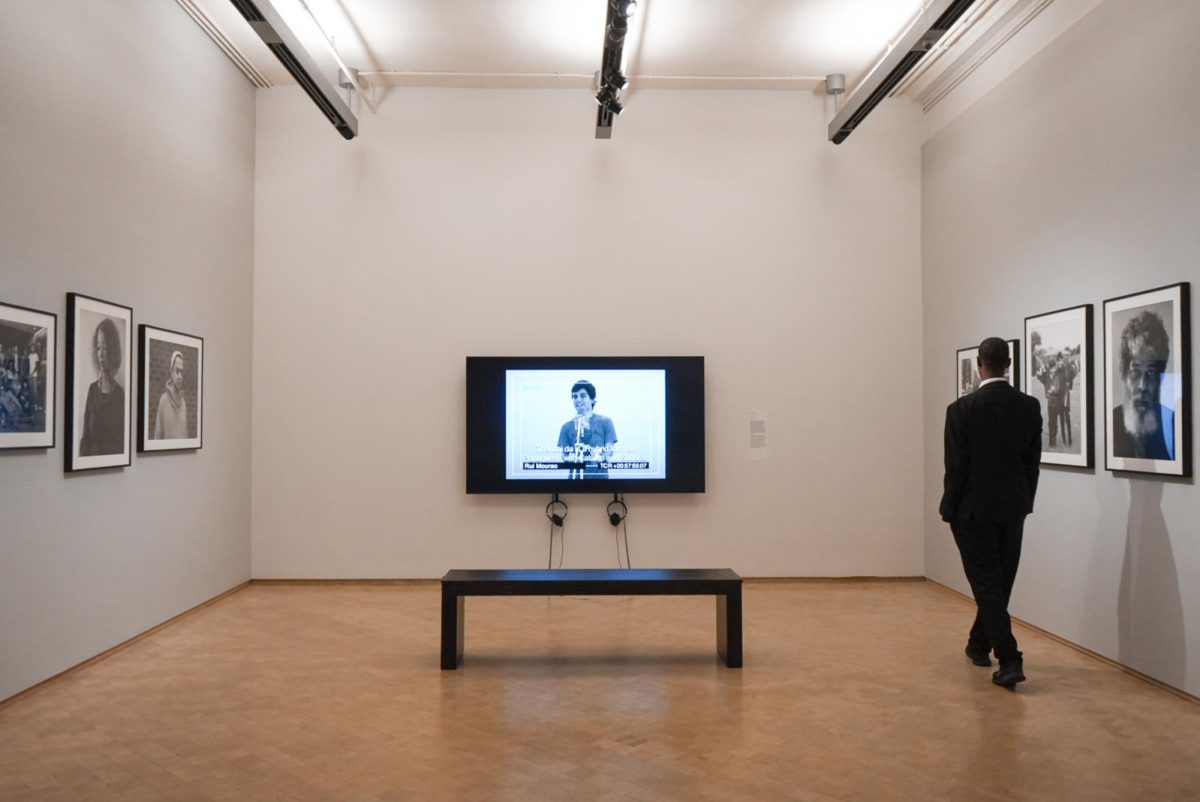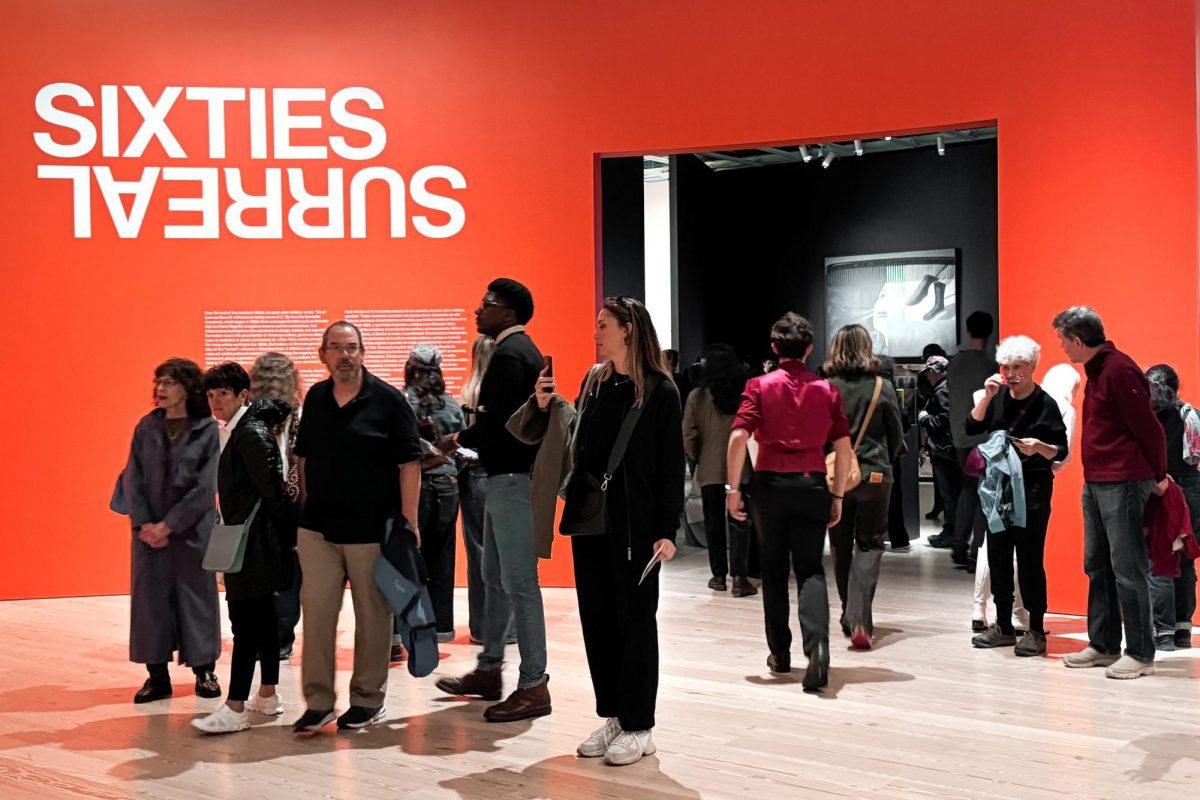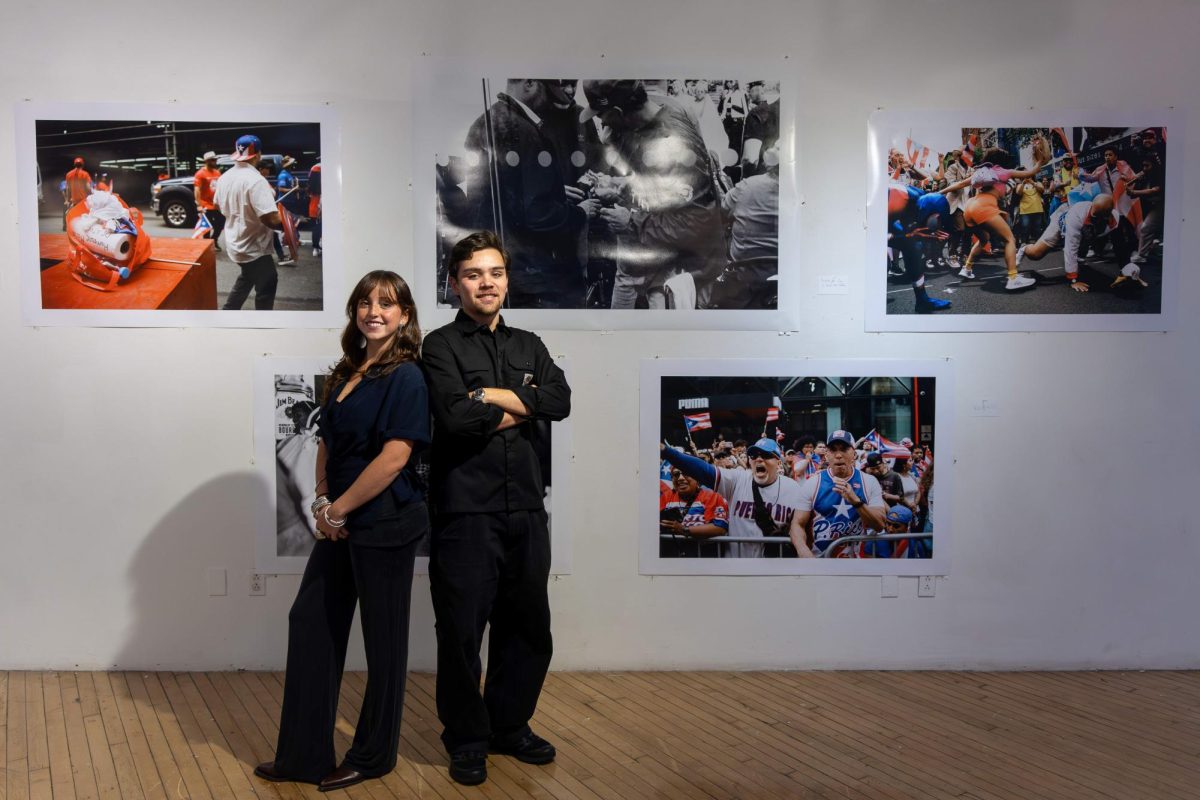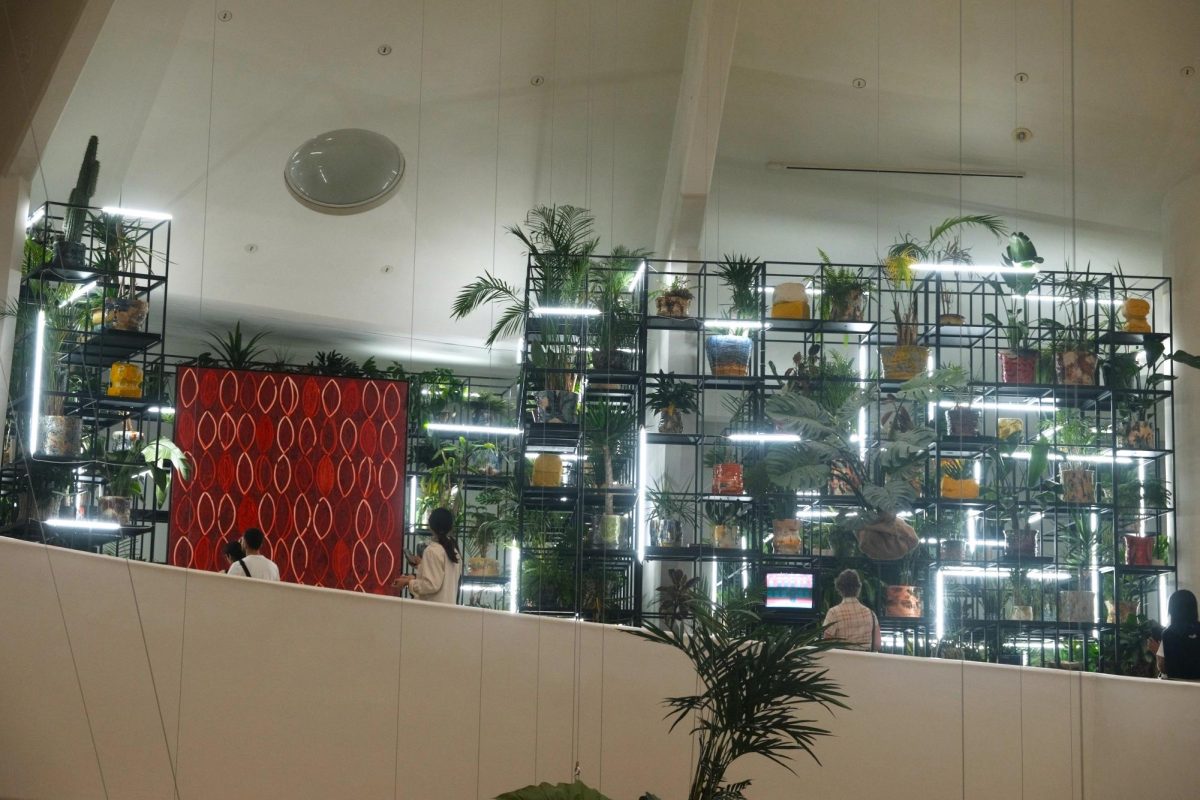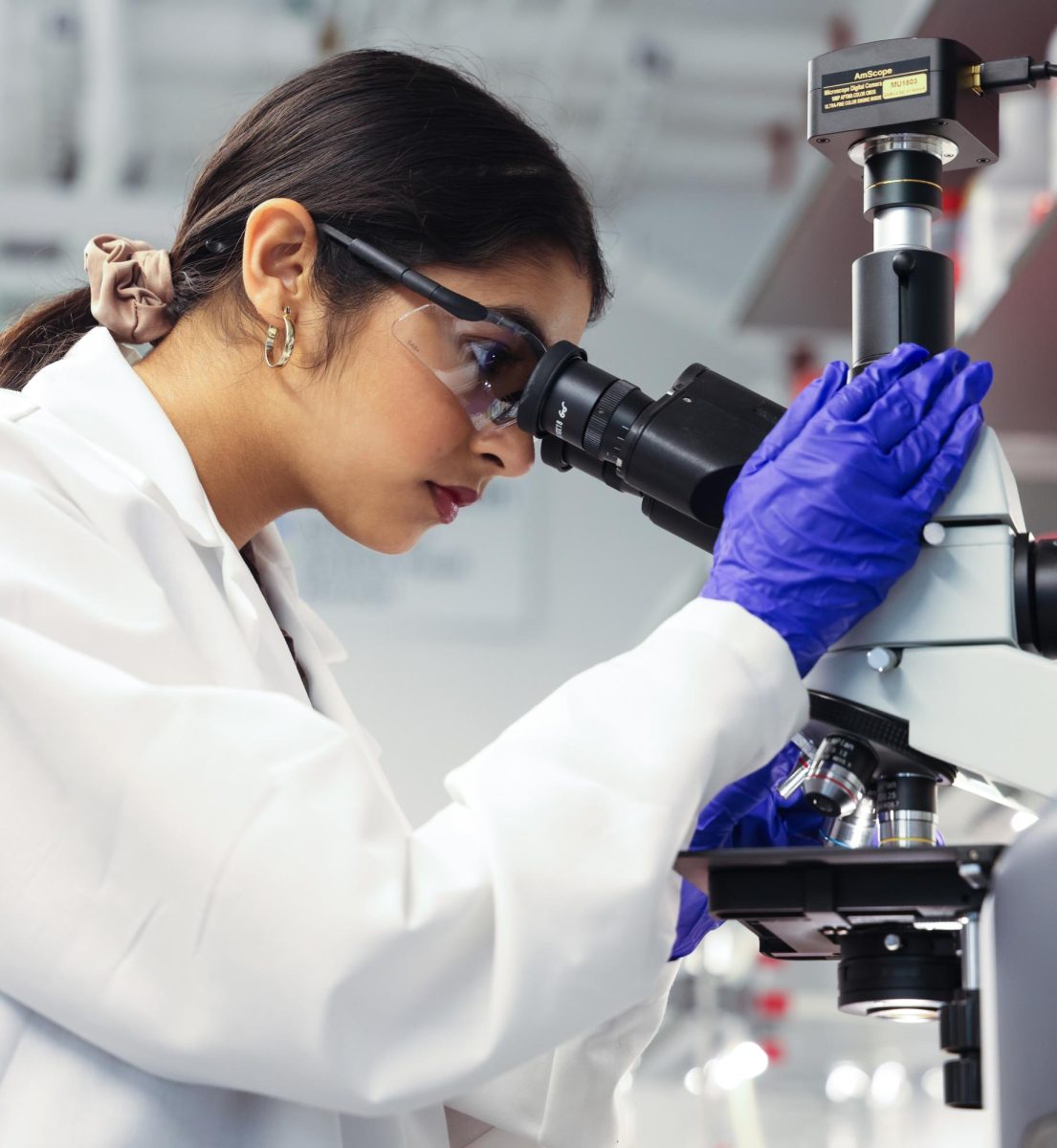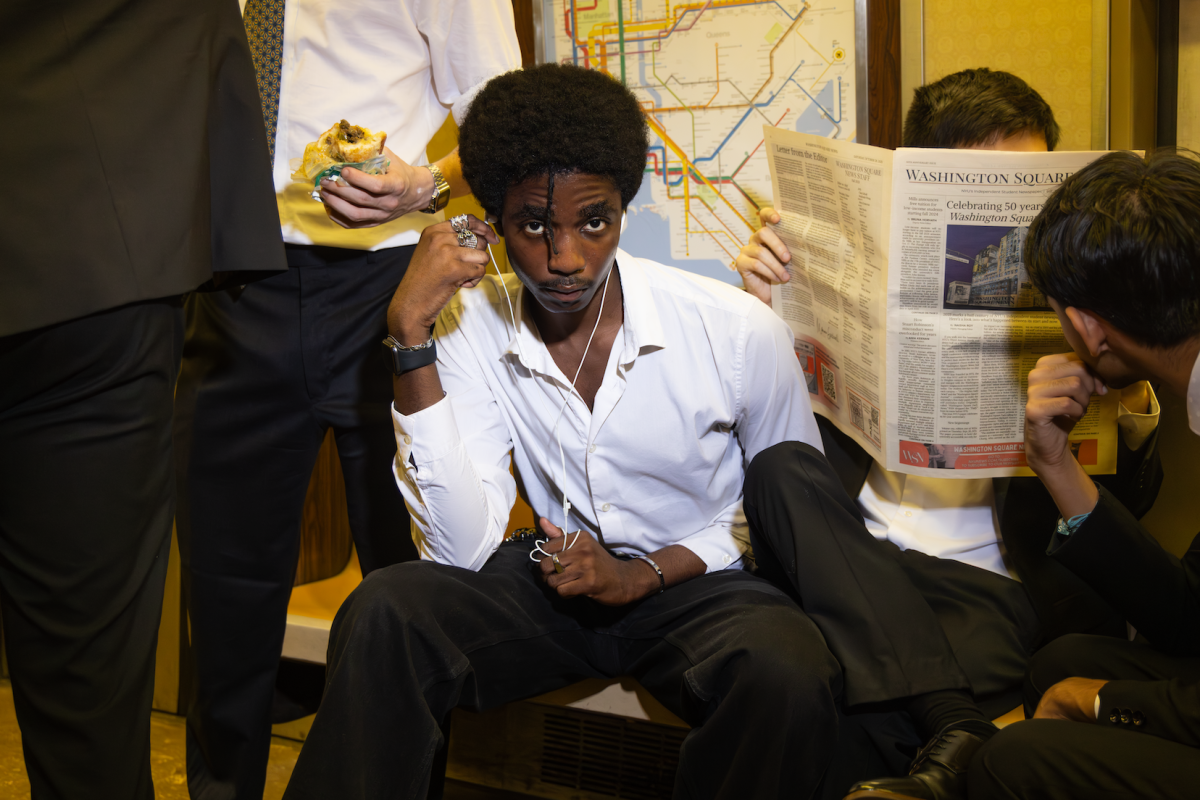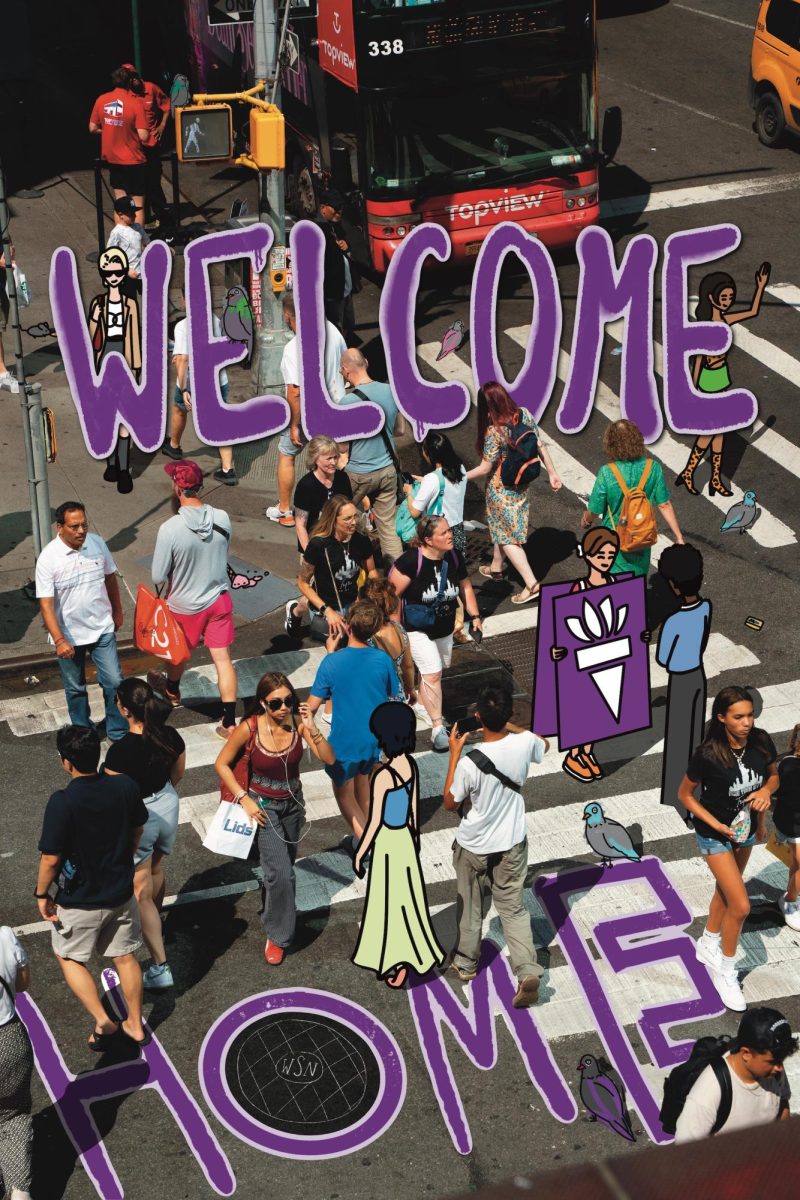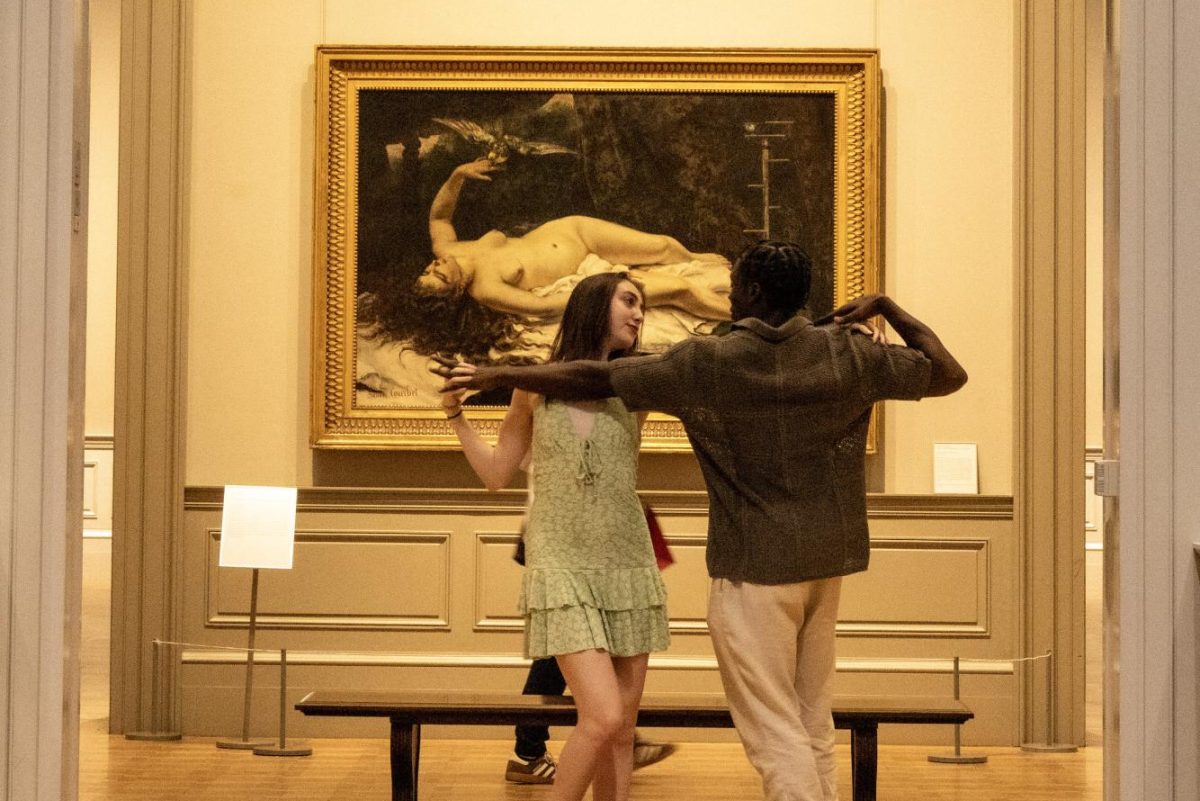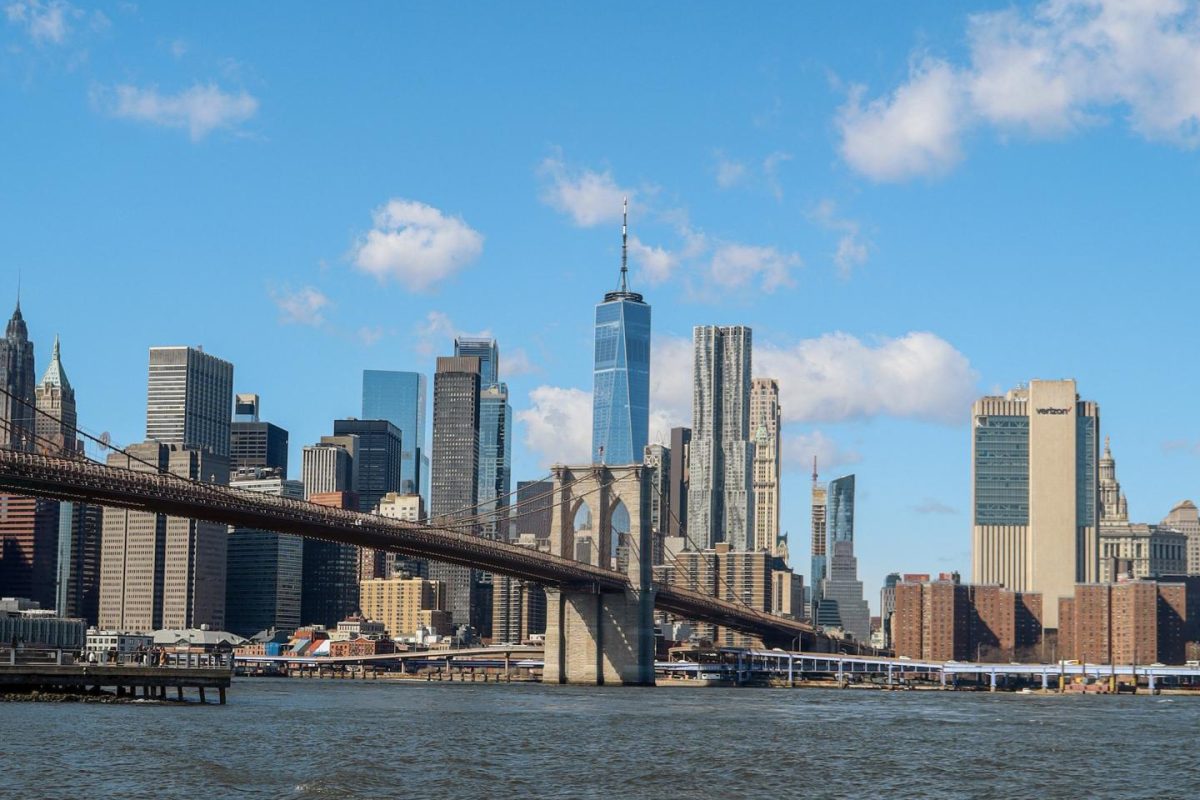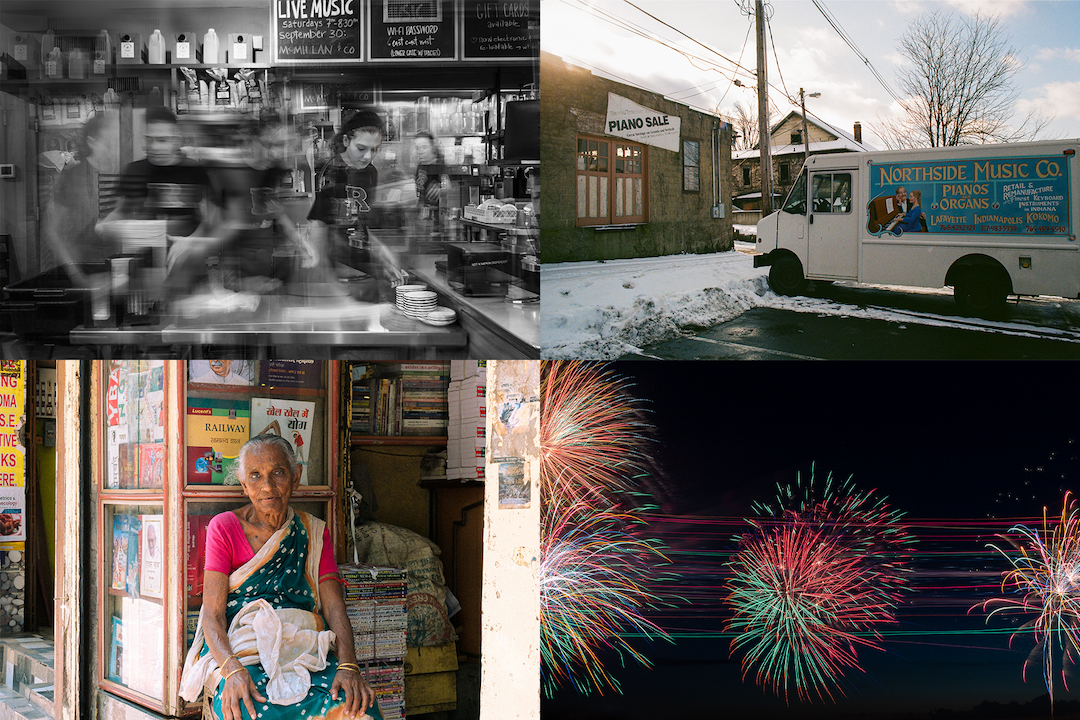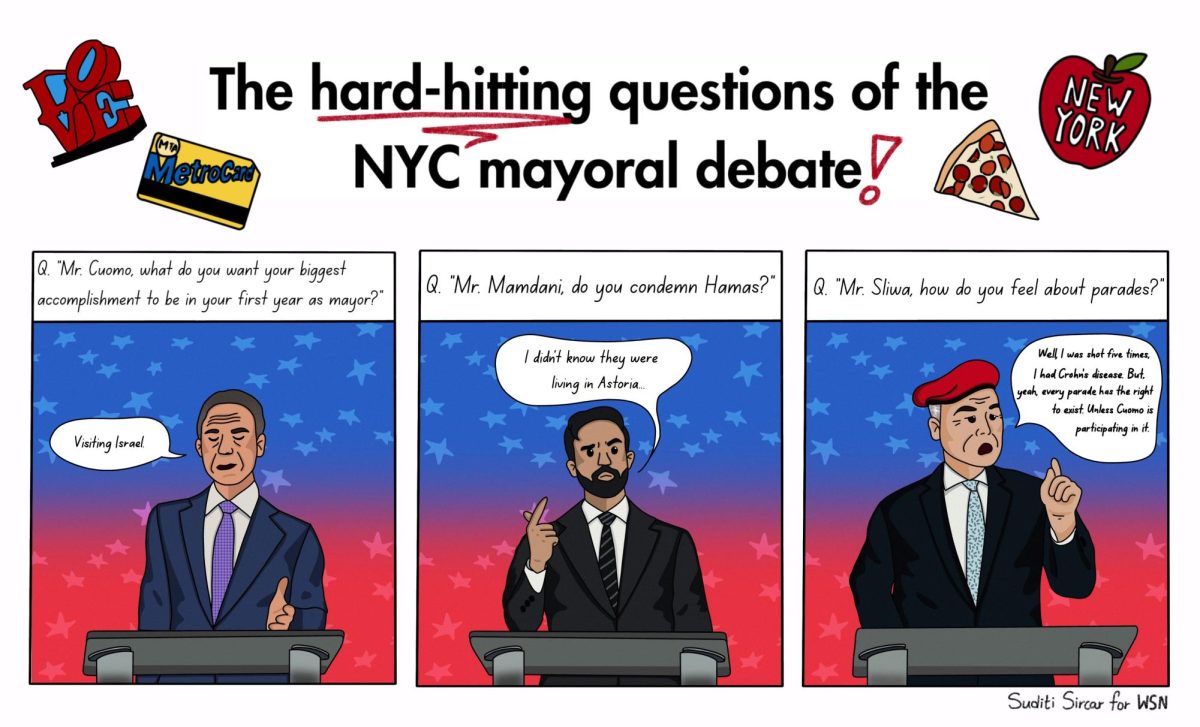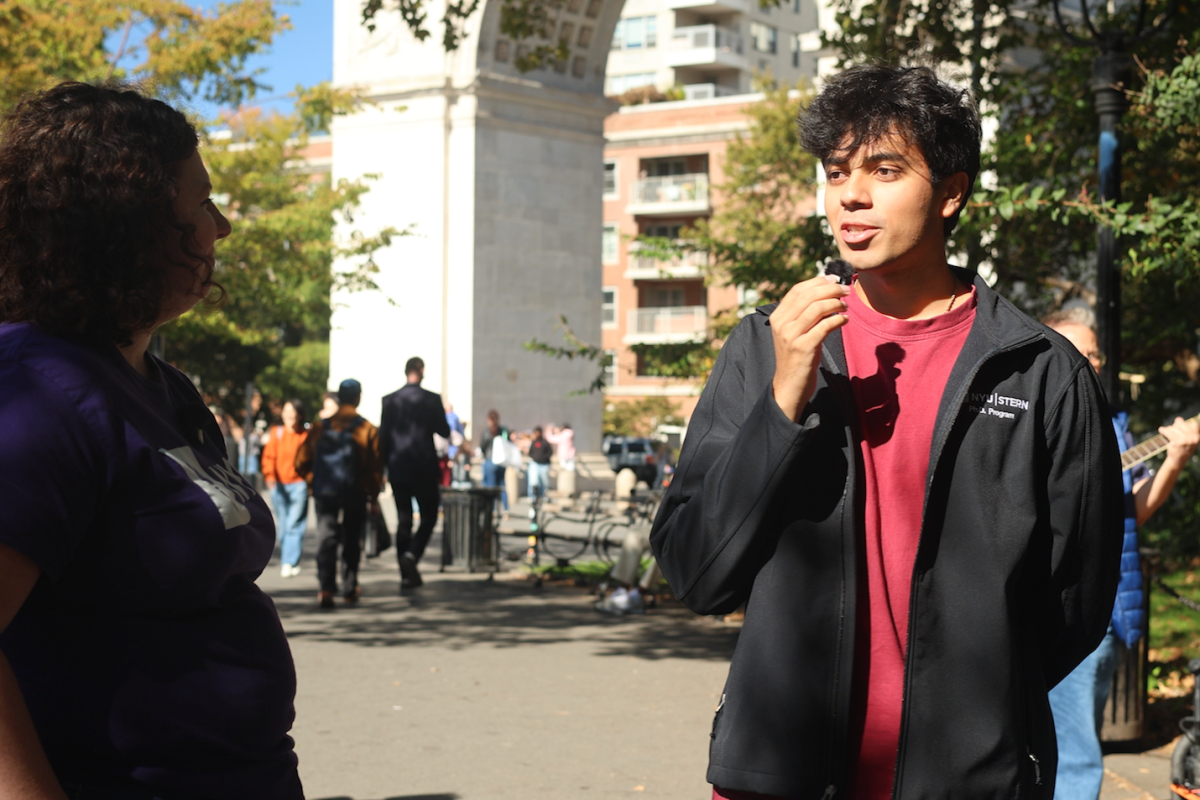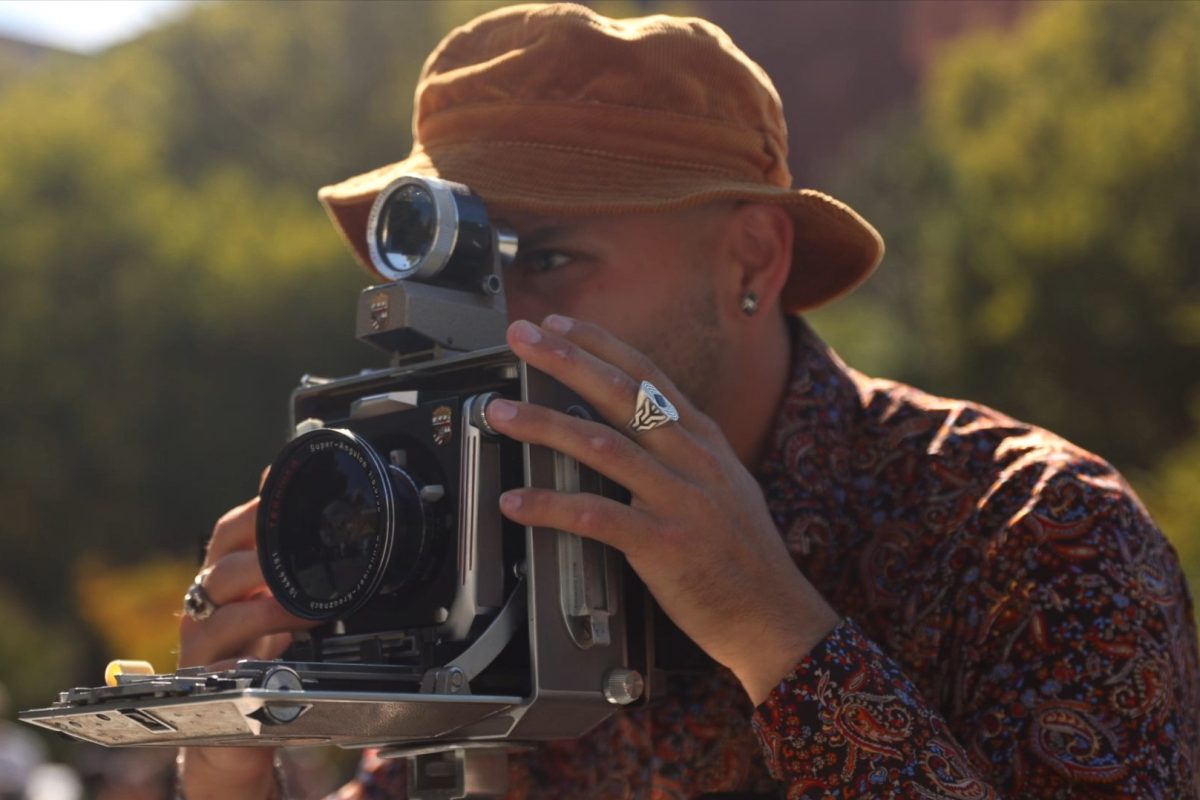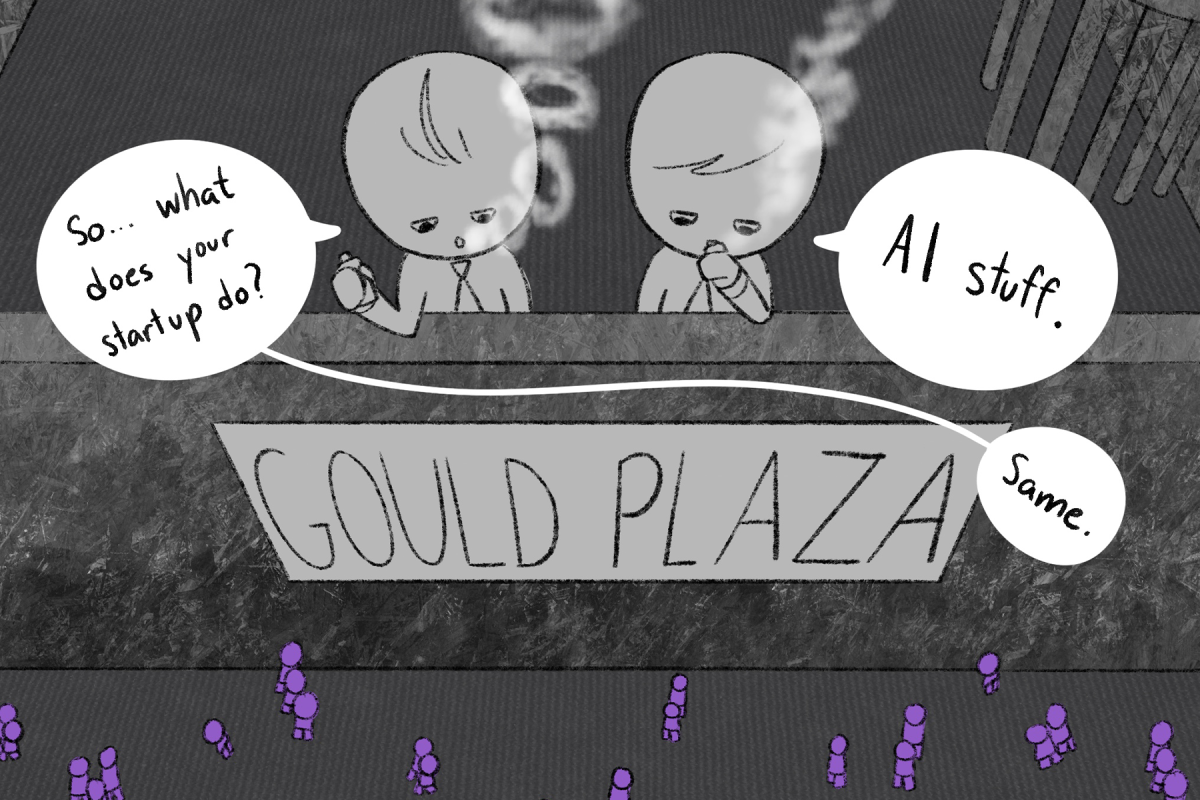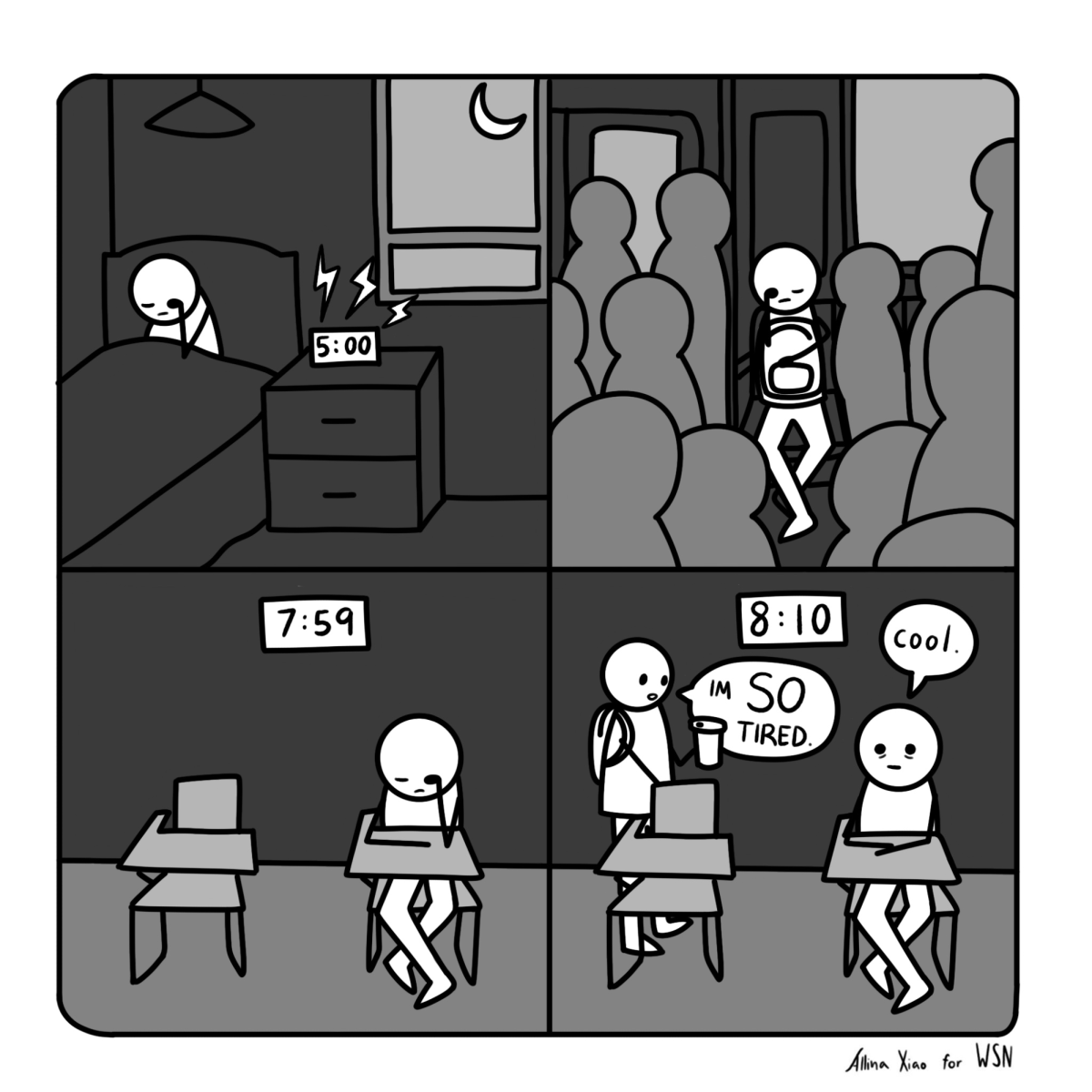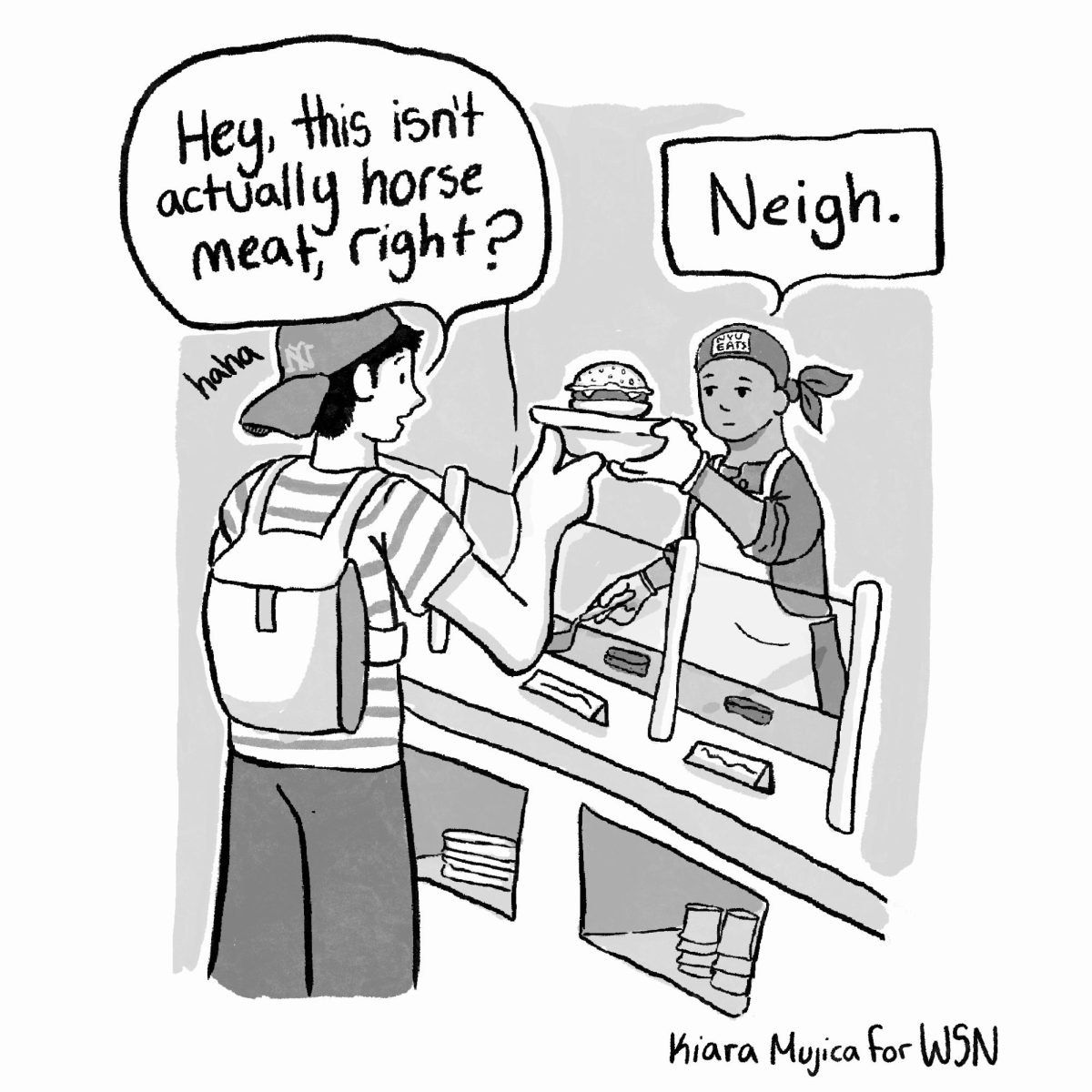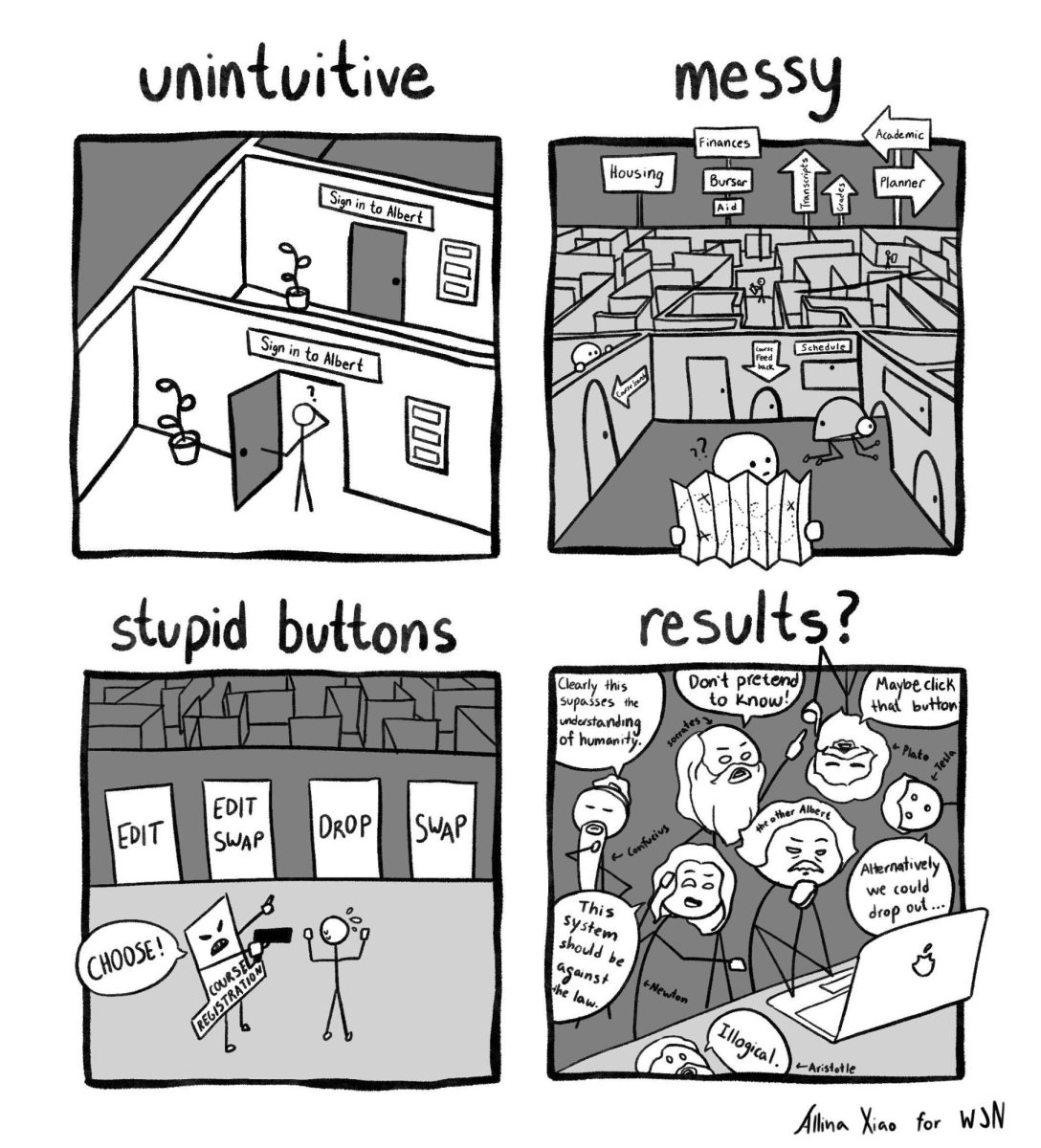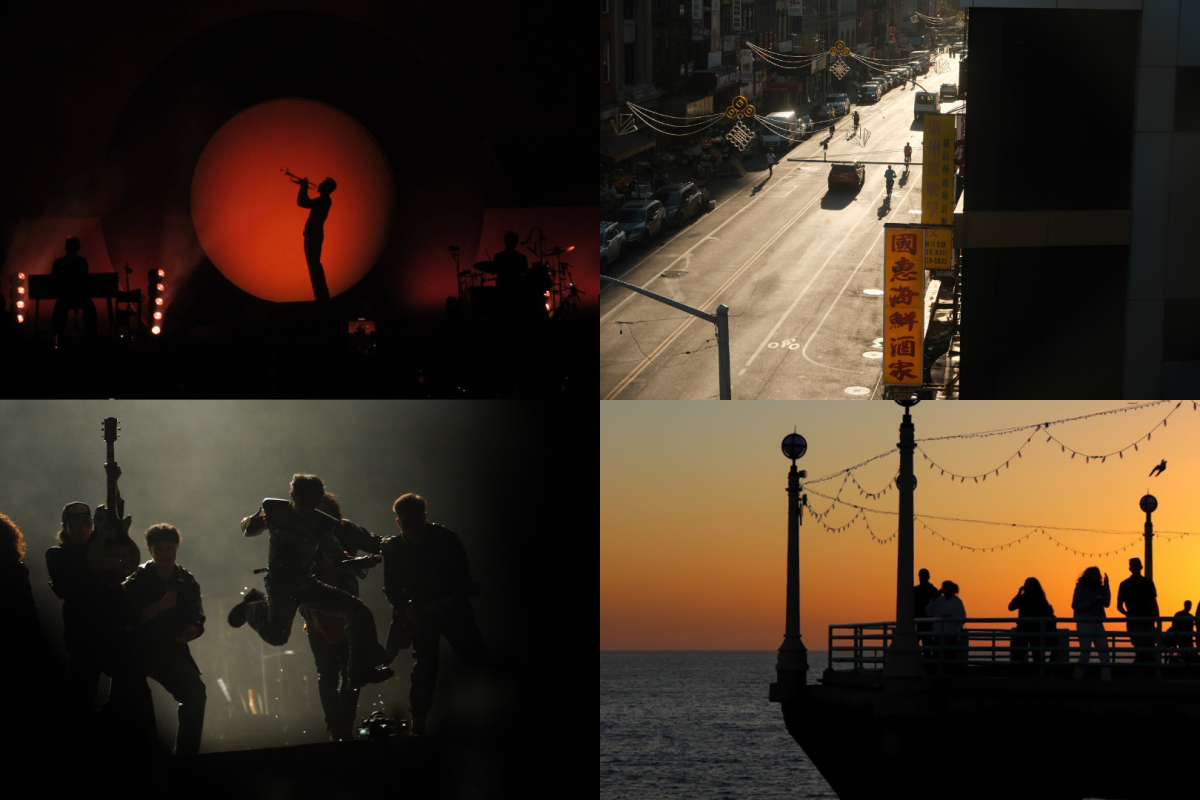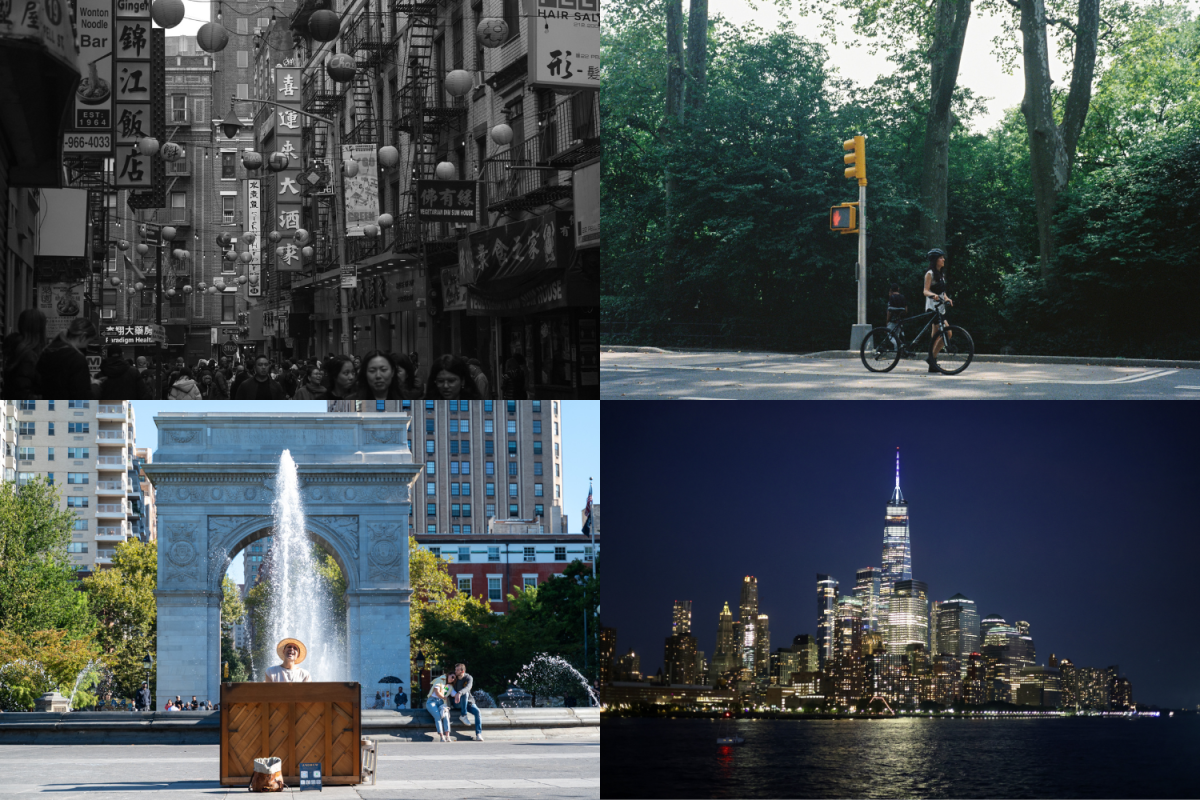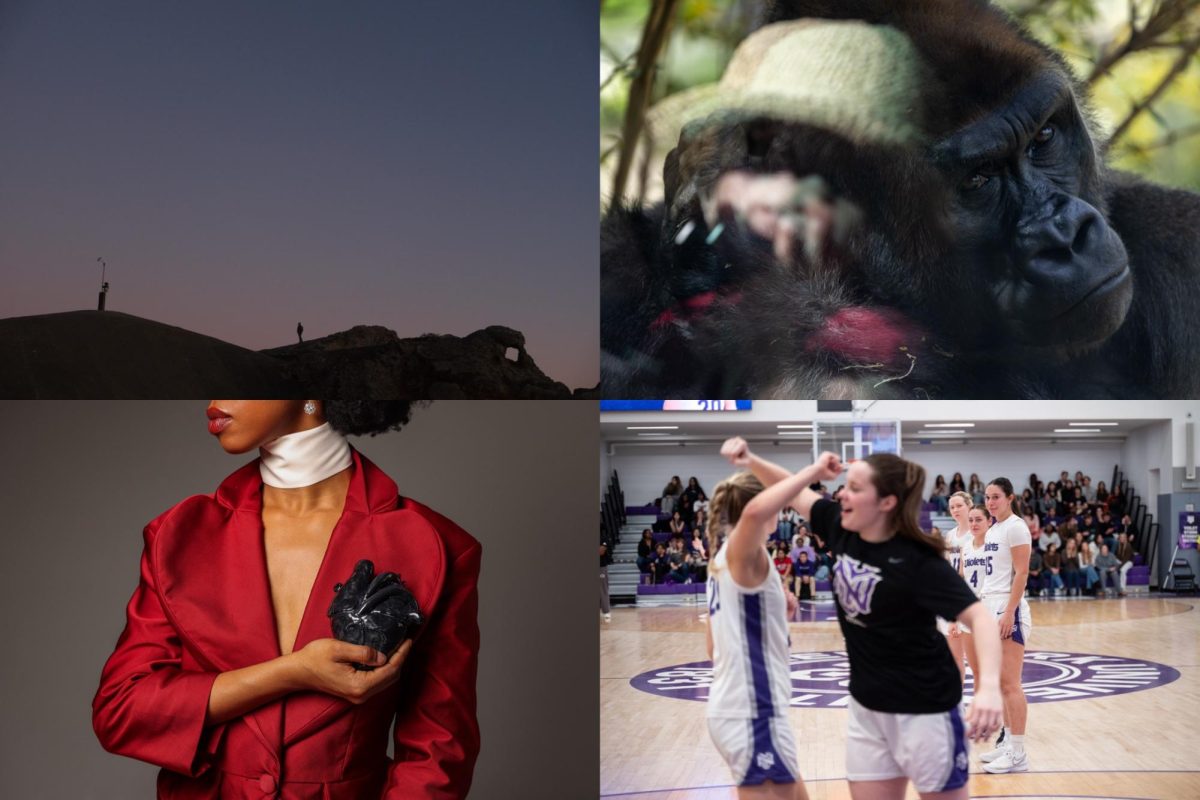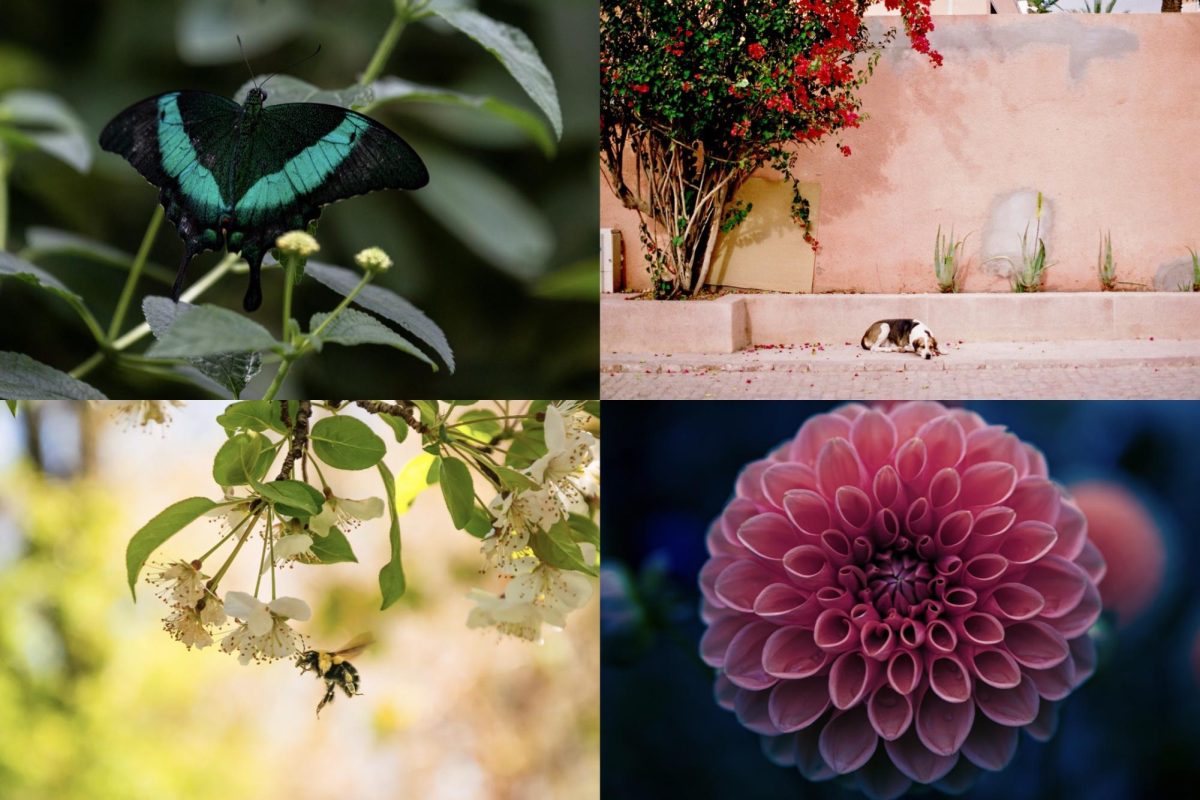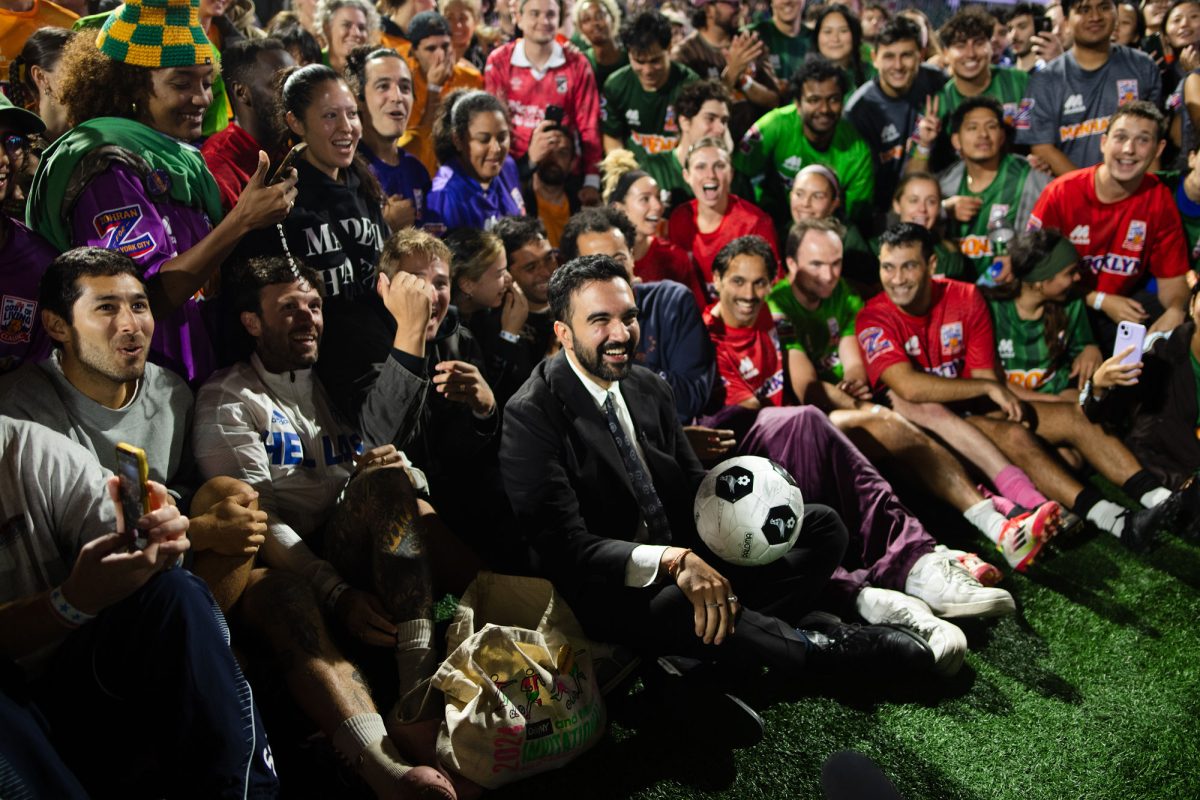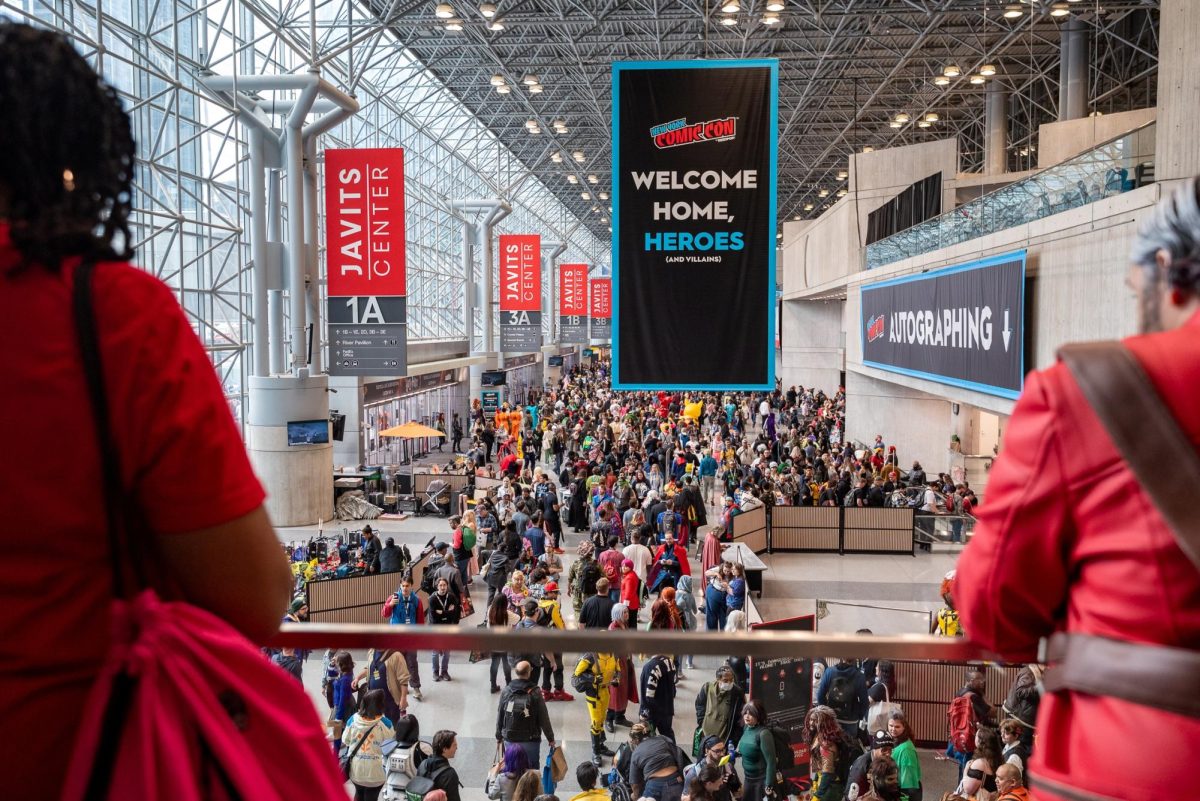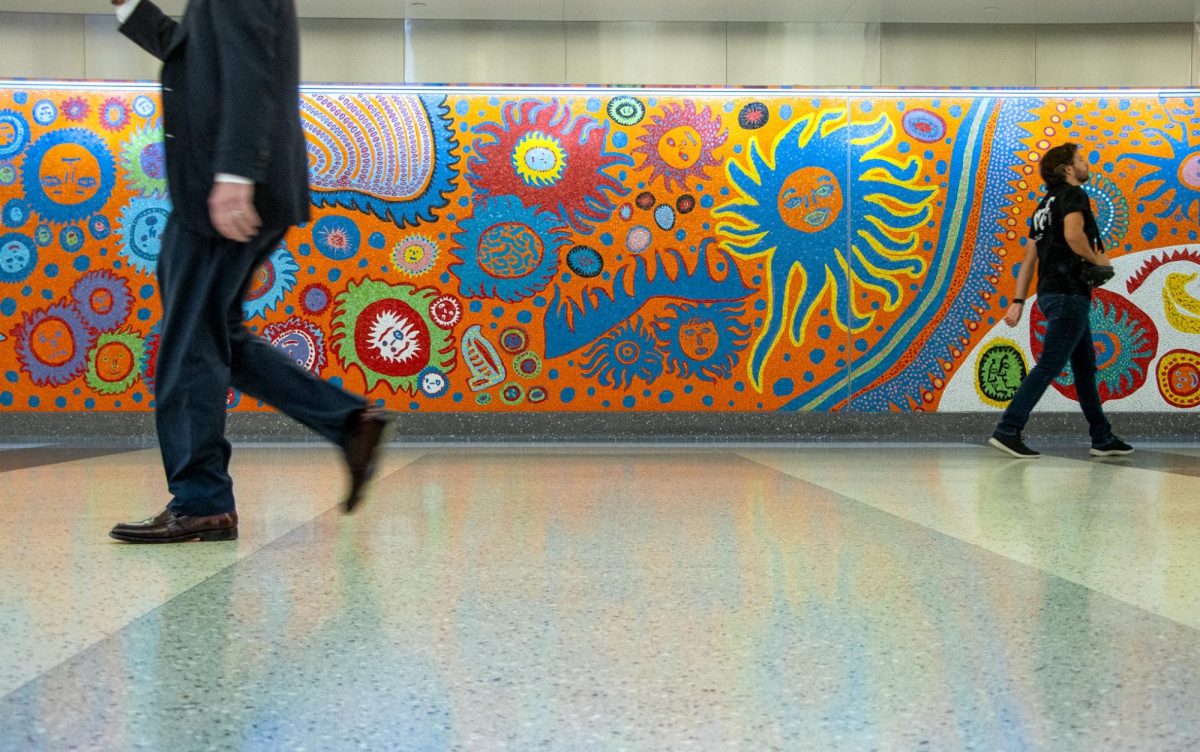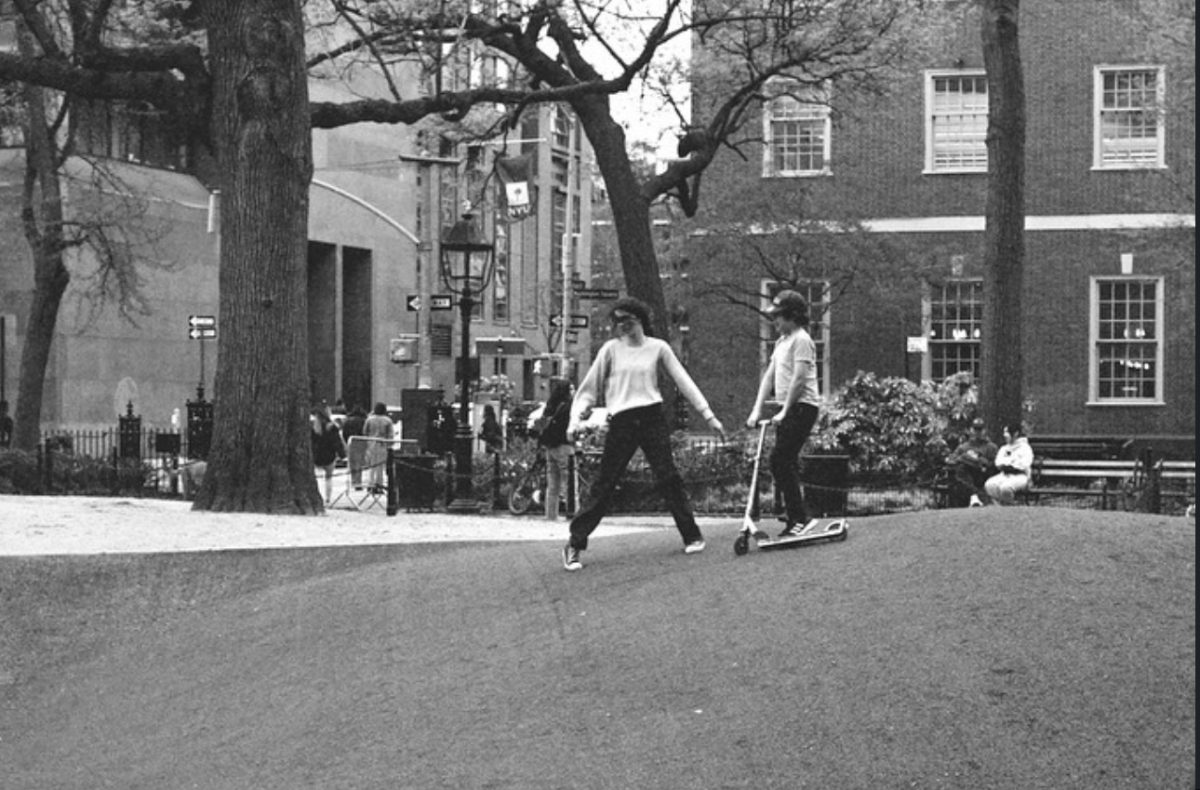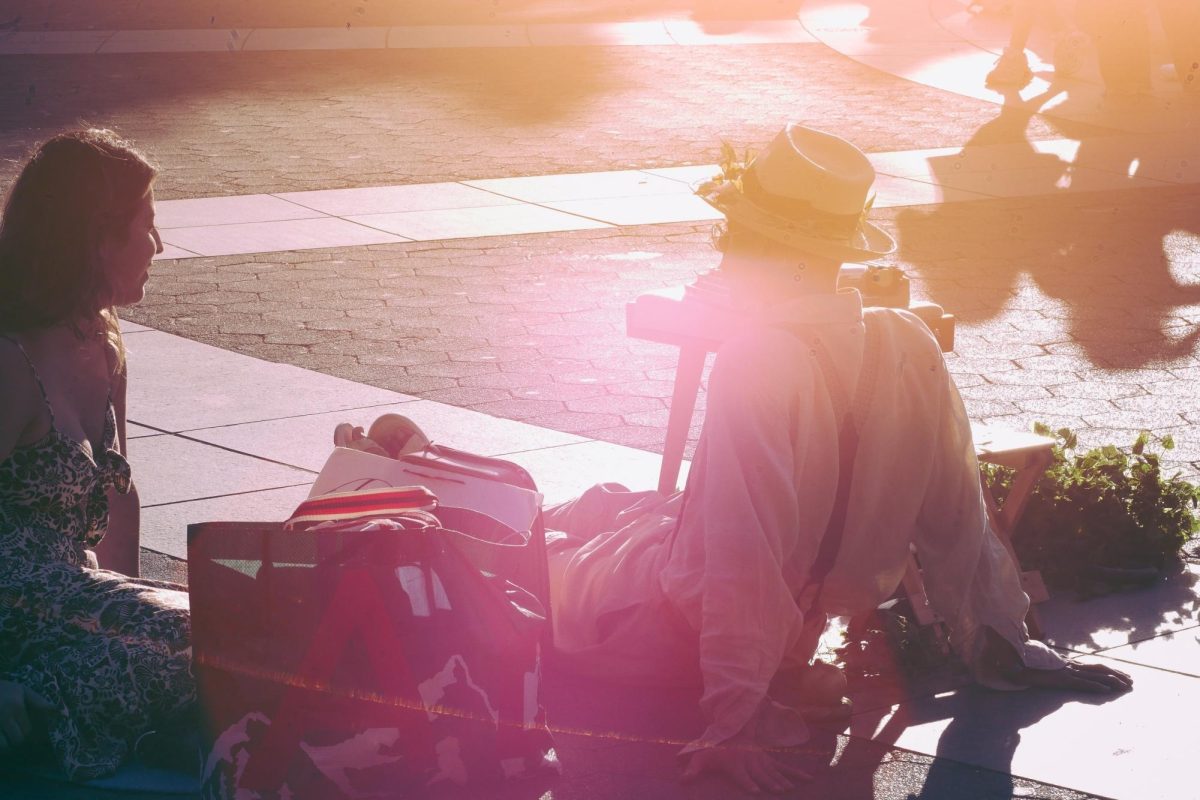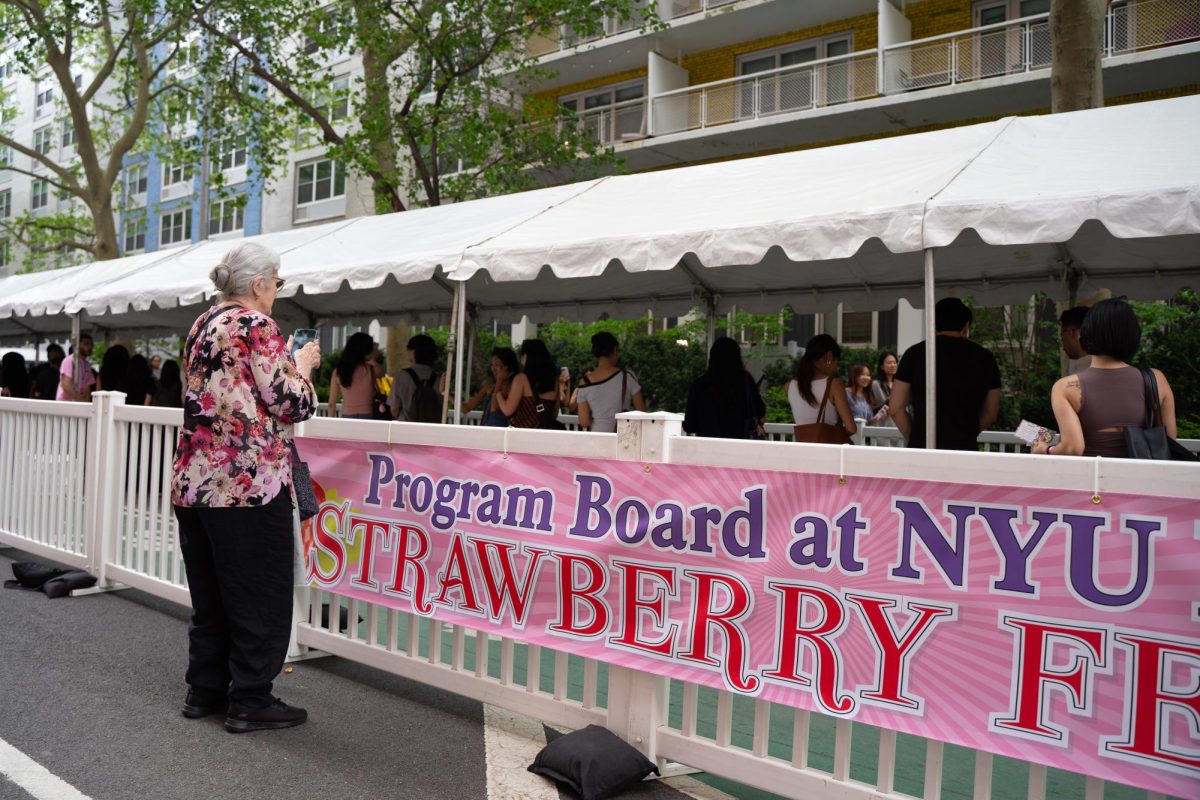In the midst of Manhattan chaos, Puerto Rican pride grounds Mila De Félix and Ricardo Goytia, who carry the island’s culture into their art. For the Steinhardt seniors, both of whom study studio art, their methodology is inseparable from their identity as Puerto Rican immigrants — a connection made clear in their multimedia exhibition “Recuerdas cuando…,” which was on view at The Commons and Rosenberg Galleries in the Barney Building from Sept. 11 to Sept. 21.
The show, part of a Steinhardt open call, grew into an opportunity for De Félix and Goytia to explore how their Puerto Rican roots shape their artistic vision in New York. Goytia draws from his training in photography and interest in material storytelling, while De Félix, working across jewelry and sculpture, approaches heritage as something both tactile and enduring. Together, their works speak in dialogue, revealing a shared background through two distinct approaches to creative storytelling.
This interview has been edited for length and clarity.
WSN: Could you tell me about your background in art and what brought you to NYU?
De Félix: I came into NYU thinking that I wanted to pursue a major in philosophy through the Liberal Studies program. So I did my first two years in LS, and I tried transferring for my sophomore year to the studio art program but actually got rejected because my portfolio wasn’t strong enough. So I took that year to really get into making art that was good enough for an NYU portfolio.
Goytia: I’ve been doing photography and video since right after Hurricane Maria, before Covid — that transitioning era. I just felt that in Puerto Rico at that time — still now — [the government] didn’t have the news that was showing in the streets. The things that I was seeing [in the news] were just very different from reality. Everything was fucked up at that moment. It was just a very hard time for all of us. Since then, I’ve been just trying to experiment and just push that mentality of not only documenting but also making art at the same time. In that sense, my career at NYU is kind of similar to Mila’s.
WSN: How has moving from Puerto Rico to New York shaped your approach to art?
De Félix: In Puerto Rico, for metalworking, access is not as available as it is here in New York. I think that having access to professors and studios and materials really helped me develop a practice. But also, Puerto Rico just lives in my mind, and I just always try to incorporate it in my practice somehow. For example, for rings, I really like casting corals from the beaches that I go to in Puerto Rico as a way to leave the corals in their natural space. I think there’s a relationship that’s always there, whether I’m living here or in Puerto Rico — they both coexist outside me.
Goytia: Puerto Rico and New York specifically have a deep history of people that migrate to the mainland U.S., and there’s a big community here. So in that sense, I would say that my transition has been kind of smooth, because I’ve always found community here, specifically of Puerto Ricans. It’s kind of crazy, because even in New York, the things that I’m photographing are things that remind me of home. That’s the whole thought we have behind this exhibition: memory and physical elements that connect you to your roots.
WSN: Is there any particular piece that resonates with you the most?
De Félix: I did this documentation on an experience that I had in Puerto Rico, where I went to this local artist’s house in Morovis, in the Central Mountains. I had this beautiful experience with her — she showed me how to make Taino pottery in the traditional ways, and she was showing me the symbolism of the different gods and the way they draw lines on clay. She also taught me the way that she extracted the clay from her backyard, and how she would mix it with river water from the sand to make these beautiful objects that spoke to her heritage. And that was just such a beautiful experience. I have the pieces up there, and I also included a book on Taino rupestrian art.
Goytia: One photo that I would say that is special, and I’ve received pretty good reviews about, is the old man with his fruit stand right there when you enter. That’s actually kind of crazy, because I didn’t think that people would just feel that way about that photo — it’s just a random scene that you probably see in Puerto Rico if you go out. In that sense, it’s an accurate representation of specific spaces and little corners that you see, and they’re so picturesque.
Contact Maya Santiago at [email protected].

